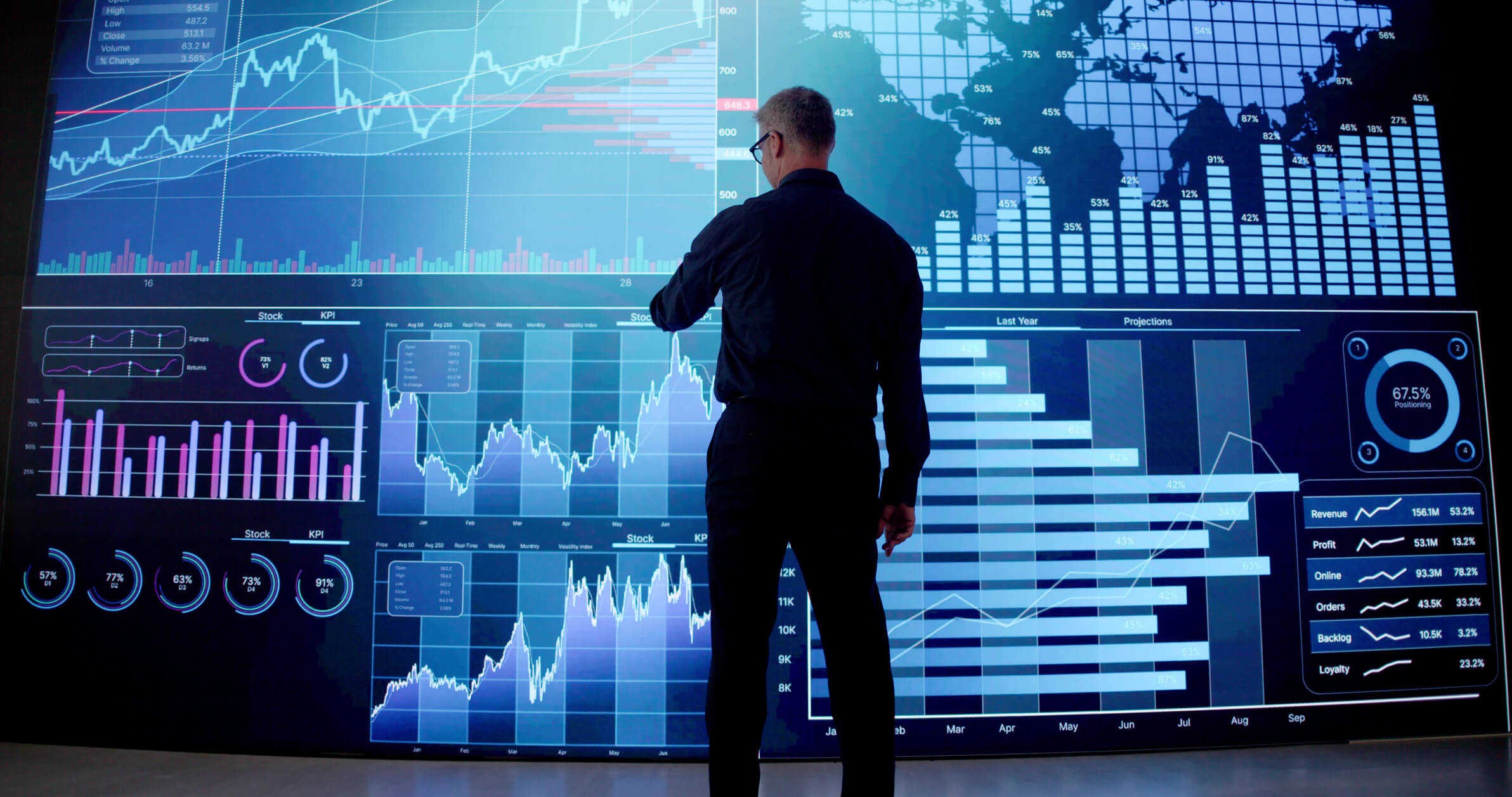Empowering the utility workforce.
Learn more about how our training program will help you gain the qualifications you need to successfully complete modern power utility projects.
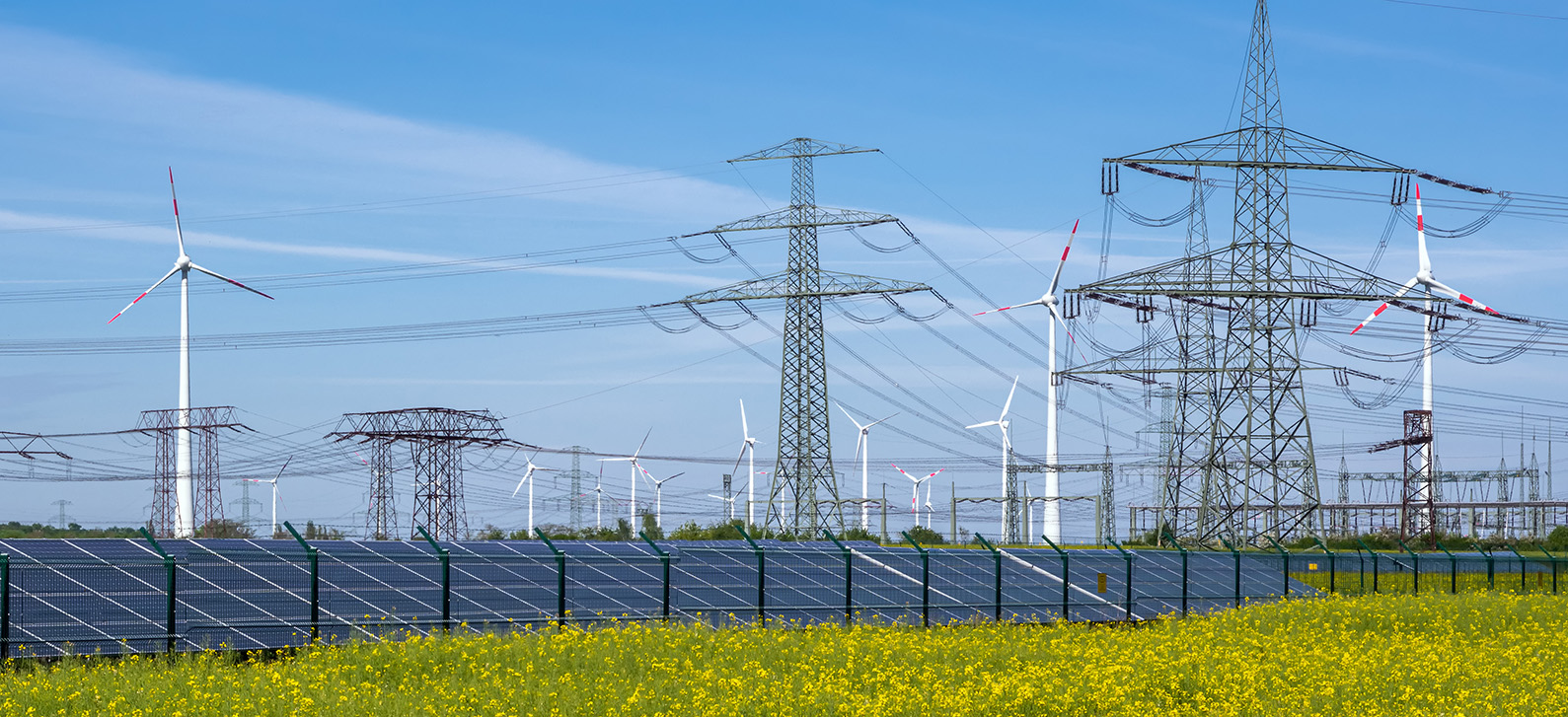

The utility industry is facing many workforce-related challenges, from a loss of knowledge and skills through retirements, to engineering and technological gaps as grid modernization projects advance.
In this episode of TRC Talks, our experts discuss how the Power Academy training program is helping utilities mitigate these impacts by building the critical technical, safety and business qualifications required for success.
Learn more about how our training program will help you gain the qualifications you need to successfully complete modern power utility projects.
Nos praticiens partagent leurs idées et leurs points de vue sur les tendances et les défis qui façonnent le marché.

Improve efficiency and data accuracy with intuitive, use-case specific tools and major platforms already in place

NFPA 660 will make it easier for all industries to manage dust related hazards making for safer work environments.

On November 1, 2024, FERC Commissioners led a technical conference regarding co-locating large loads at generating facilities.

On Tuesday, December 17th, the United States Environmental Protection Agency (USEPA) issued a final rule reclassifying several ozone nonattainment areas as “Serious » nonattainment for the 2015 ozone national ambient air quality standard.

In 2023, the Texas State Legislature approved Senate Bill 1397 and House Bill 1505, which require that “A person who holds a temporary permit or permit with an indefinite term shall report to the commission annually whether the activity subject to the permit is ongoing” and that the person “shall first report to the Texas Commission on Environmental Quality the status of the permitted activity not later than December 31, 2024”. The Texas Water Code has been amended to include this requirement in Sec. 5.587.

On November 1, 2024, FERC Commissioners led a technical conference regarding co-locating large loads at generating facilities.
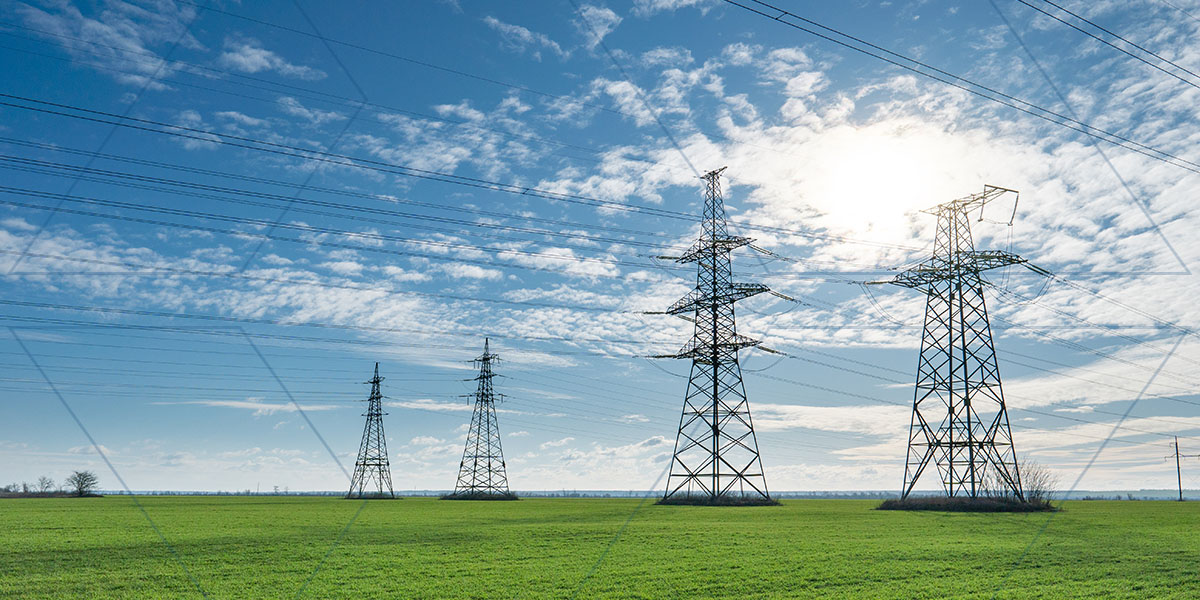
Additional Restrictions for Major Modifications Other restrictions will come into play for new Major Sources, those that have a potential to emit 50 tons per year or more of VOC or NOx and “major modifications” that result in a VOC emission increase that exceeds 25 tons per year and also exceeds 25 tons per year when aggregated with all creditable increases and decreases in emissions of VOC from the source over any period of five consecutive years, which includes the calendar year in which the increase will occur. For sources that are major due to NOx emissions, a NOx emission increase that exceeds 25 tons per year and exceeds 25 tons per year when aggregated with creditable increases and decreases over the five-year period is also deemed to be a major modification. If a major modification occurs, the source is required to utilize the Lowest Achievable Emission Rate (or LAER) for the pollutant(s) that exceed 25 tons per year aggregated over the five-year period. However, Best Available Control Technology (BACT) can be substituted for LAER under certain conditions. Additionally, emissions must be offset as a means to advancing the area toward attaining the ozone standard. These same requirements will apply to newly constructed Major Sources. Upcoming Deadlines With these actions, the impacted areas will now have until August 3, 2027, to reach attainment. If they do not, USEPA is again obligated to reclassify ongoing nonattainment status to Severe nonattainment, reducing the Major Source threshold in half to just 25 tons per year. In the meantime, the states will be required to revise State Implementation Plans to demonstrate that attainment will be achieved by this deadline. A unique consideration in Wisconsin affects sources subject to a Registration Operation Permit. These permits establish annual emission limits as a percentage of the Major Source threshold (25, 50, or 80 percent depending on the Permit). For these sources, the annual emission limit for VOC and NOx will automatically be cut in half on January 16, 2025. Sources in the ozone nonattainment areas that hold these permits should evaluate whether the Registration Permit provides a long-term option given that the annual emission limits have been cut in half now and may again be cut in half in three years’ time. Next Steps: TRC Can Help TRC is available to support your air compliance and permitting needs by offering expert in-house resources to perform: Ambient Monitor Siting Evaluation Ambient Monitor Deployment, Operation and Maintenance For more information, contact Melanie Klamar, Robert VandenMeiracker and Mike Zebell.
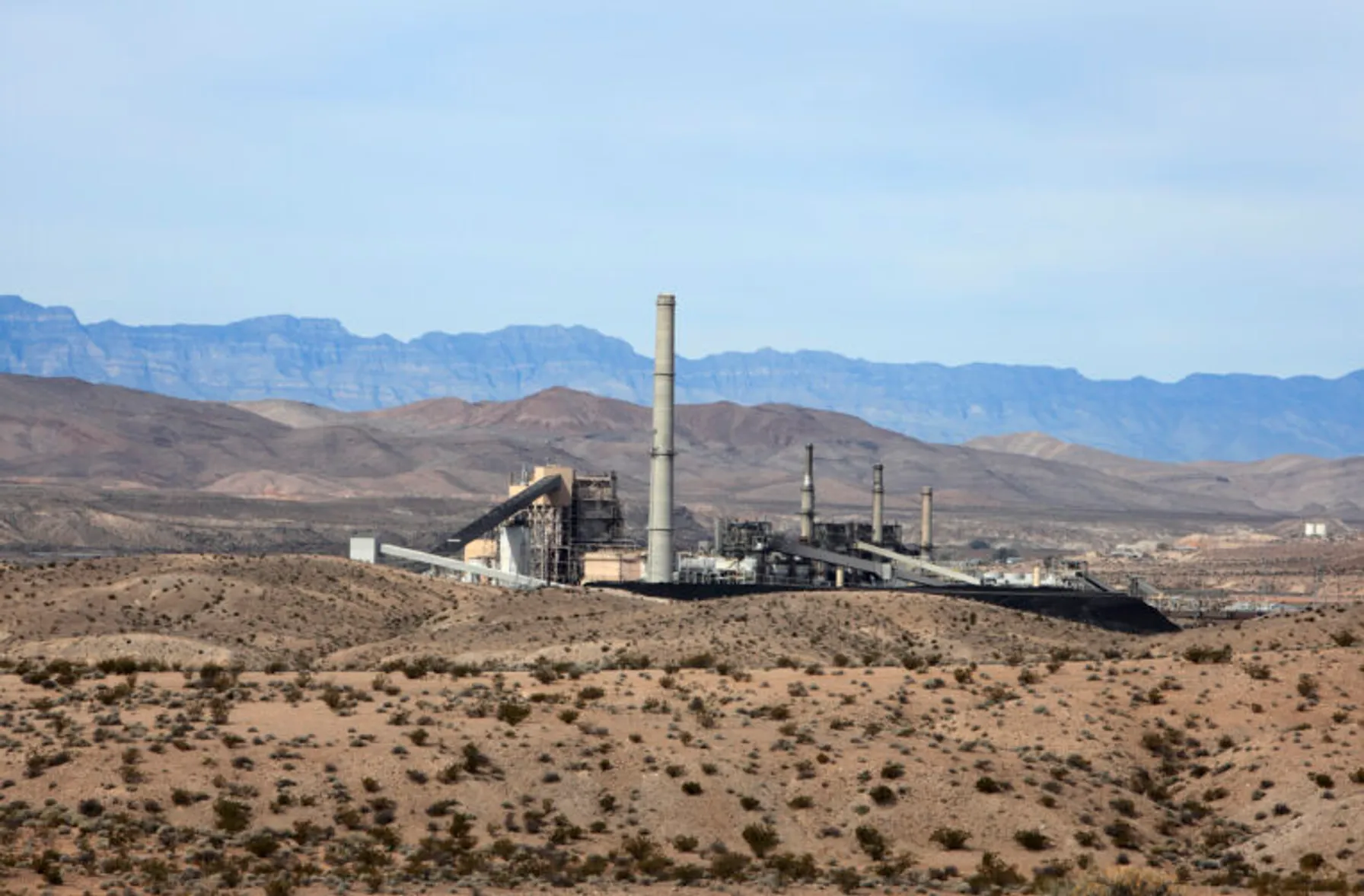
On October 16, 2024, the Federal Energy Regulatory Commission held its annual Commissioner-led Reliability Technical Conference.

Quatre occasions d’aider à bâtir des équipes spécialisées
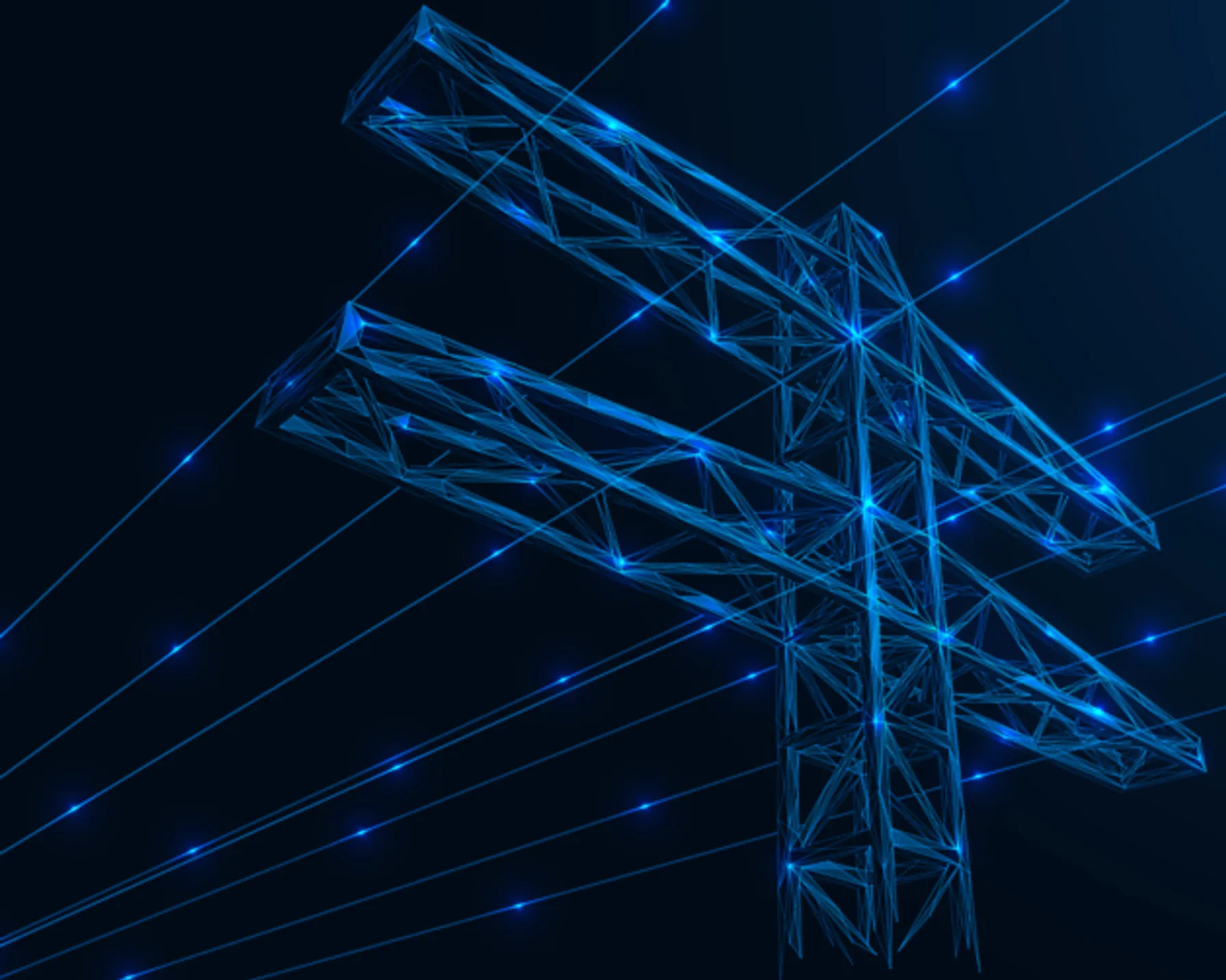
L’industrie de l’énergie est au milieu d’une transformation importante entraînée par les progrès technologiques, les préoccupations environnementales, l’évolution de la dynamique du marché et la demande sans précédent de nouvelles énergies. Alors que le secteur subit un changement fondamental dans la façon dont l’énergie est produite, consommée et gérée, les services publics doivent s’adapter aux défis multiformes et forger de nouvelles voies de croissance – non seulement pour leurs propres opérations, mais aussi pour les clients et les communautés qu’ils servent. Comprendre les mégatendances clés qui façonnent le paysage énergétique aujourd’hui peut aider les services publics à prospérer en ces temps de transition et de flux.

La cartographie mobile moderne améliore la précision des données et la mobilité sur le terrain pour les services publics avant, pendant et après les événements

Cette mise à jour fournit des détails du rapport du personnel de la FERC 2024 sur les audits CIP, afin que les services publics puissent améliorer la conformité et réduire les risques pour la sécurité.

Garanzuay Consulting fournit une base en Irlande pour poursuivre la croissance et l’expansion de TRC en Europe à l’appui de la transition énergétique pour tous les participants au marché de l’énergie.
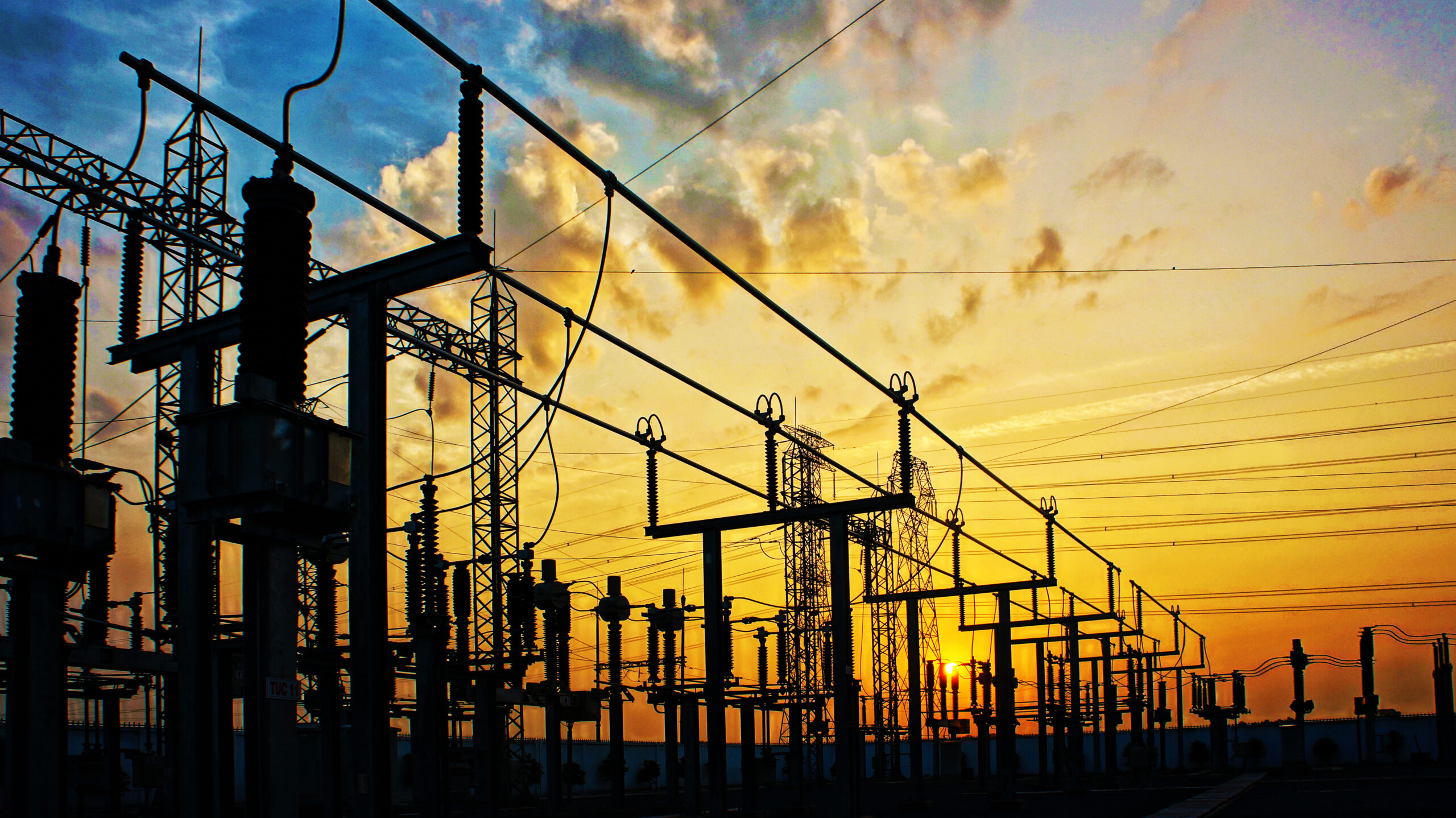
La combinaison de systèmes d’entreprise et de solutions géospatiales apporte des données et des analyses de haute qualité aux inspections, à la maintenance et à la construction.
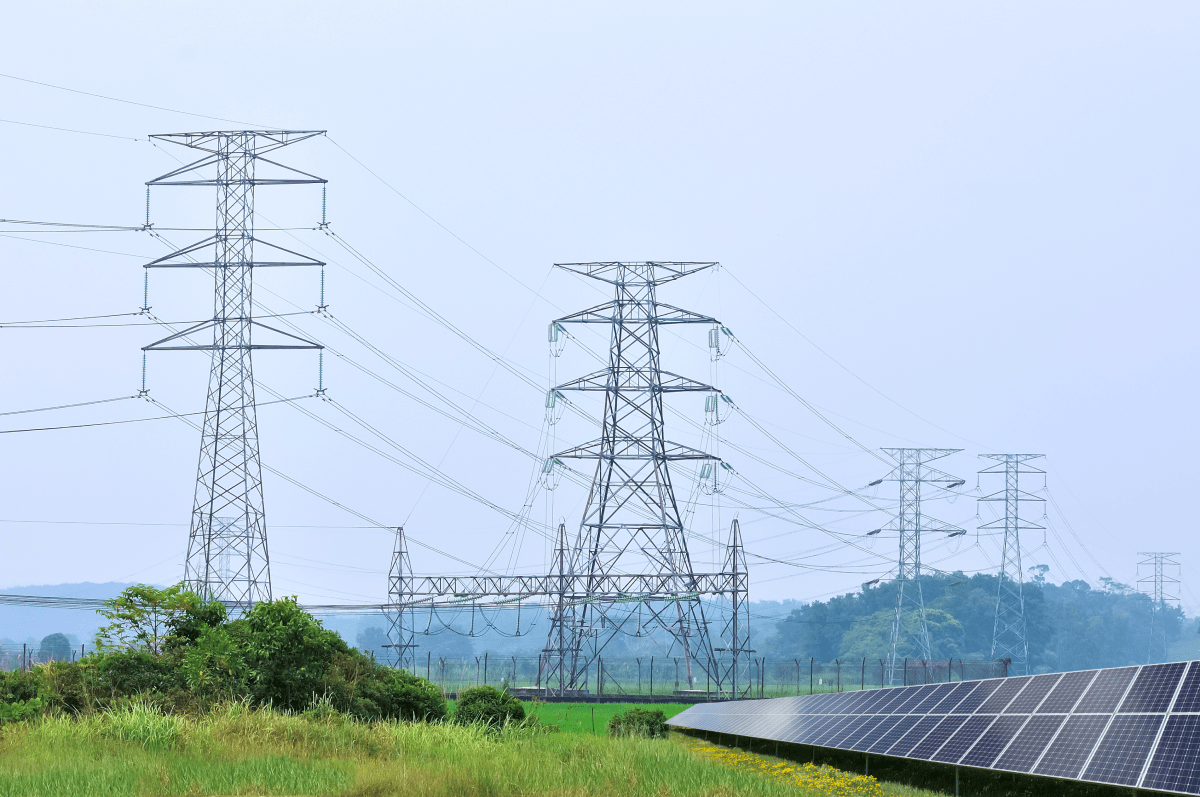
La North American Electric Reliability Corporation (NERC) a récemment publié son rapport sur l’état de fiabilité 2024, examinant le rendement du réseau électrique au cours de l’année civile 2023.

Comprendre la résilience du réseau électrique. Pérenniser vos opérations avec les sociétés TRC, en utilisant la technologie et l’expertise pour renforcer la résilience du réseau aujourd’hui.
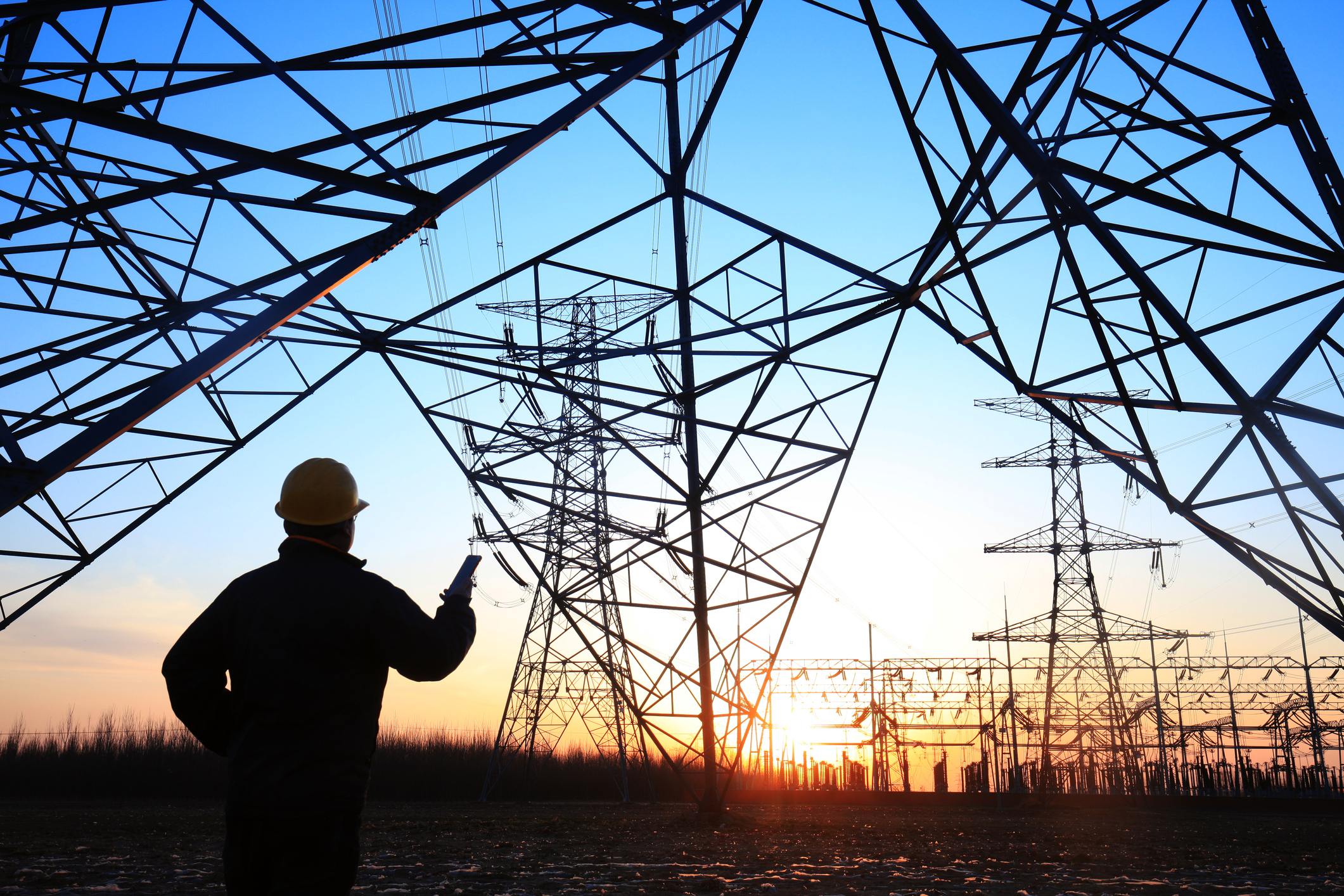
Les cotes d’installation jouent un rôle essentiel dans la planification et l’exploitation fiables du système électrique en vrac (BES) et pourtant, le maintien de la conformité aux normes NERC pertinentes reste un défi de l’industrie.

À la suite de sa discussion sur l’efficacité énergétique, Duane Baldwin, vice-président de l’énergie avancée de TRC, partage maintenant ses idées professionnelles et son engagement personnel envers l’équité énergétique.
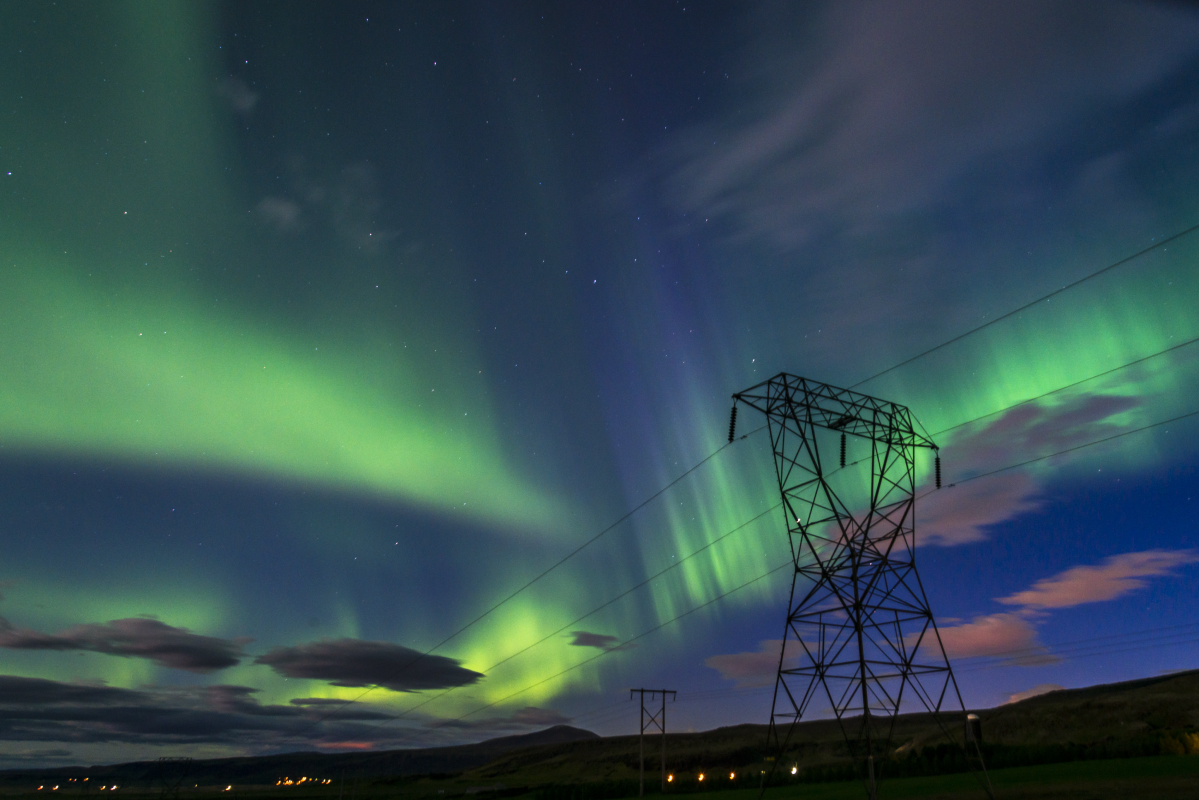
Renseignez-vous sur les récentes perturbations géomagnétiques qui ont amené les intervenants du réseau électrique en vrac à réagir rapidement pour protéger la fiabilité du réseau. Découvrez les impacts et ce que la NERC et l’industrie font à ce sujet.

WINDSOR, Connecticut (16 juillet 2024)—En décembre 2023, Locana a annoncé son acquisition par TRC, un chef de file mondial fournissant des solutions axées sur l’environnement et alimentées par le numérique.
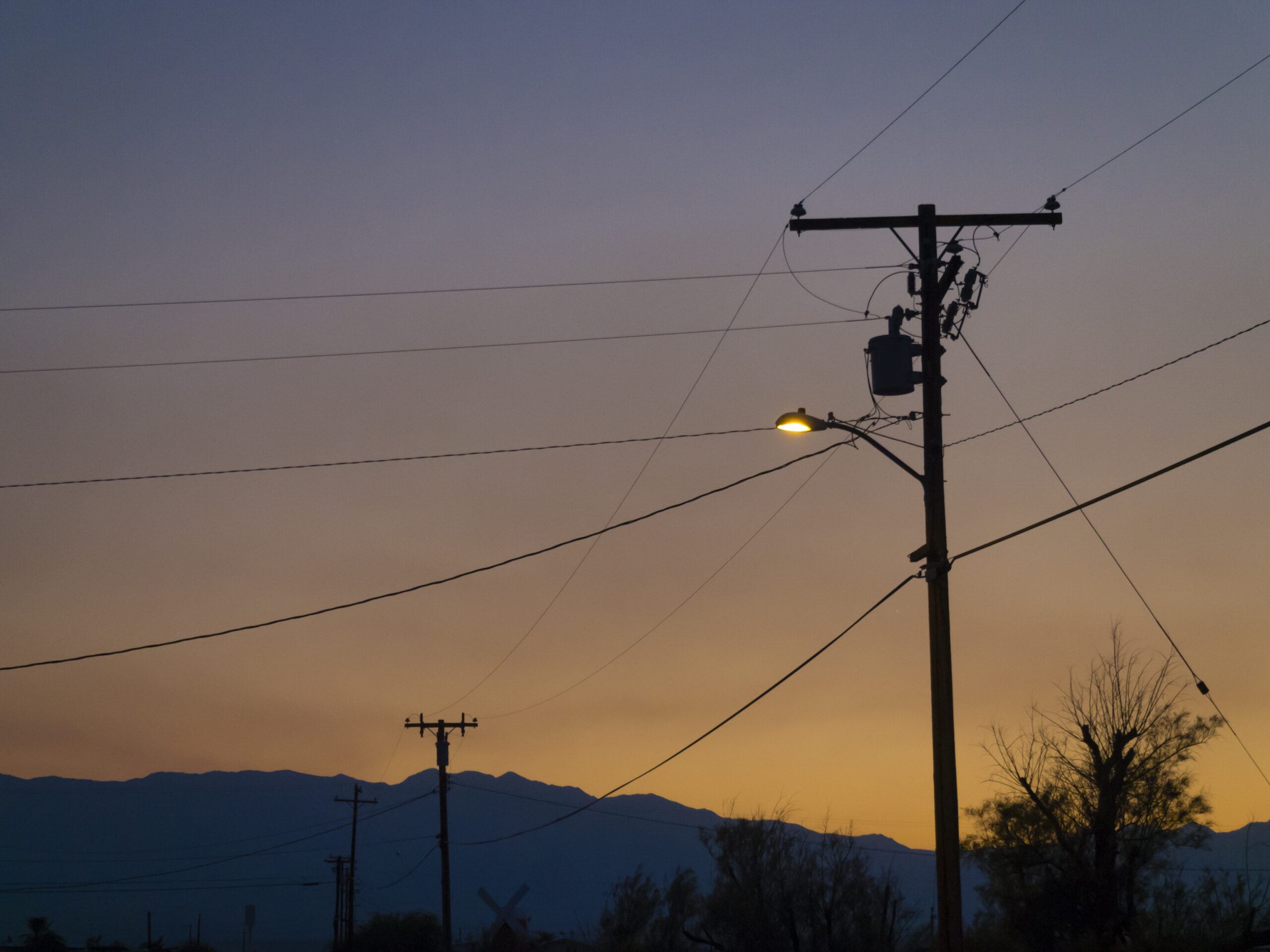
L’utilisation conjointe n’a jamais été aussi importante qu’aujourd’hui. Alors que la demande d’infrastructures de télécommunications monte en flèche, les gouvernements investissent beaucoup dans des initiatives comme le Programme de déploiement de l’accès à l’équité à large bande (BEAD) de 42,5 milliards de dollars et le Fonds d’opportunités numériques rurales (RDOF) de 20,4 milliards de dollars.

Alors que les services publics travaillent souvent dans des silos techniques, les auditeurs NERC sont formés pour vérifier les preuves de conformité et les données entre les normes interdépendantes.
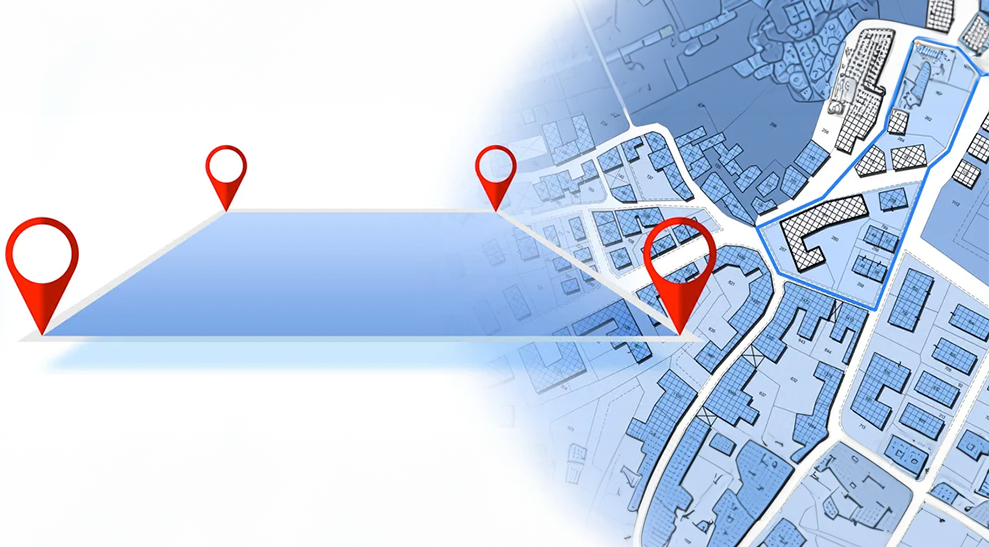
Cet article a été rédigé à l’origine par Locana, qui fait maintenant partie de TRC. Remplacez le papier et le crayon par des outils géospatiaux pour transformer les processus sur le terrain.

Dans le cadre des efforts continus de la NERC pour renforcer les exigences en matière de protection des infrastructures essentielles (CIP) et permettre la mise en œuvre d’un concept d’amélioration de la sécurité connu sous le nom de virtualisation.
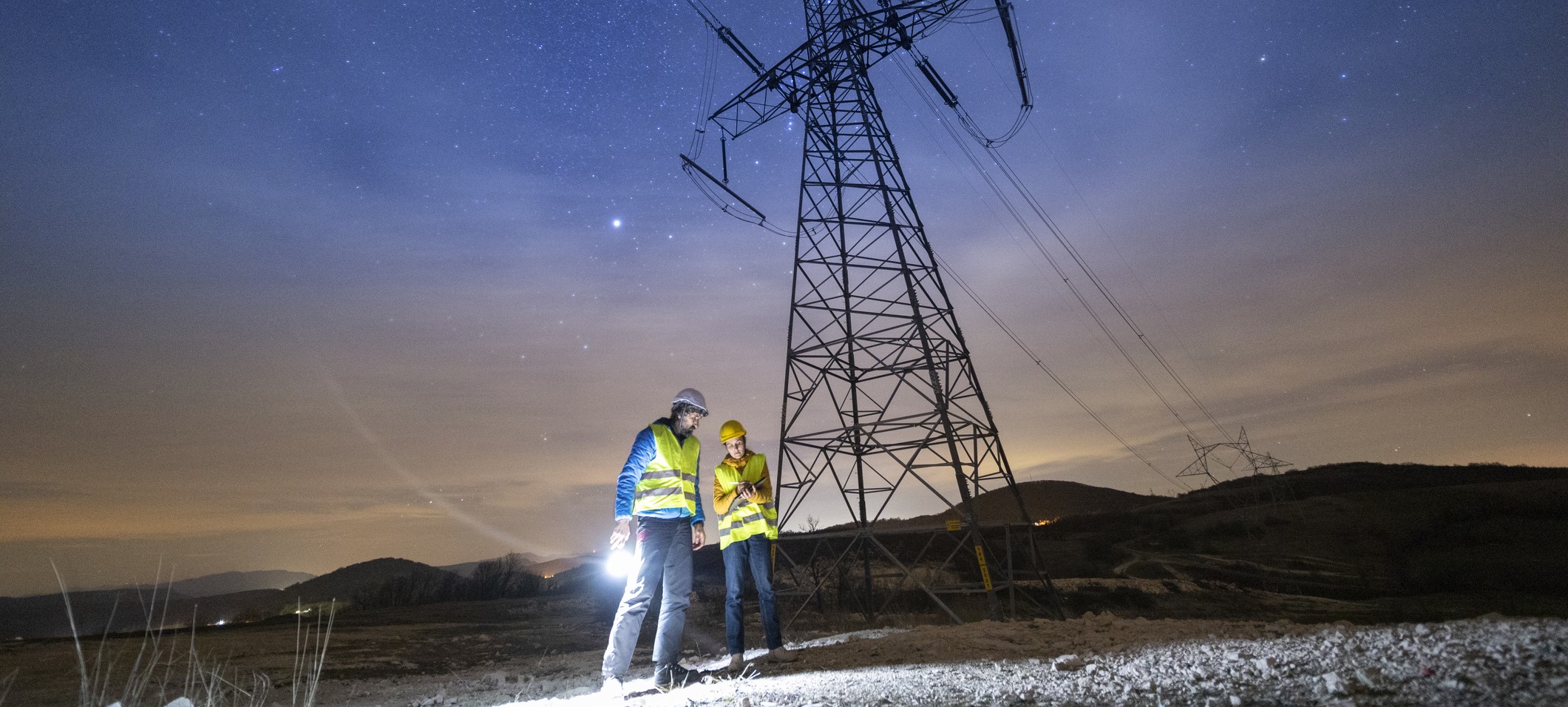
Dans le paysage énergétique en évolution active, les services publics sont aux prises avec de nombreux défis liés à la main-d’œuvre liés à la transition en cours vers une énergie plus propre et la modernisation des réseaux électriques. À mesure que les employés vétérans prennent leur retraite, il est essentiel de combler le manque de connaissances et de compétences en recrutant et en développant des talents plus jeunes.
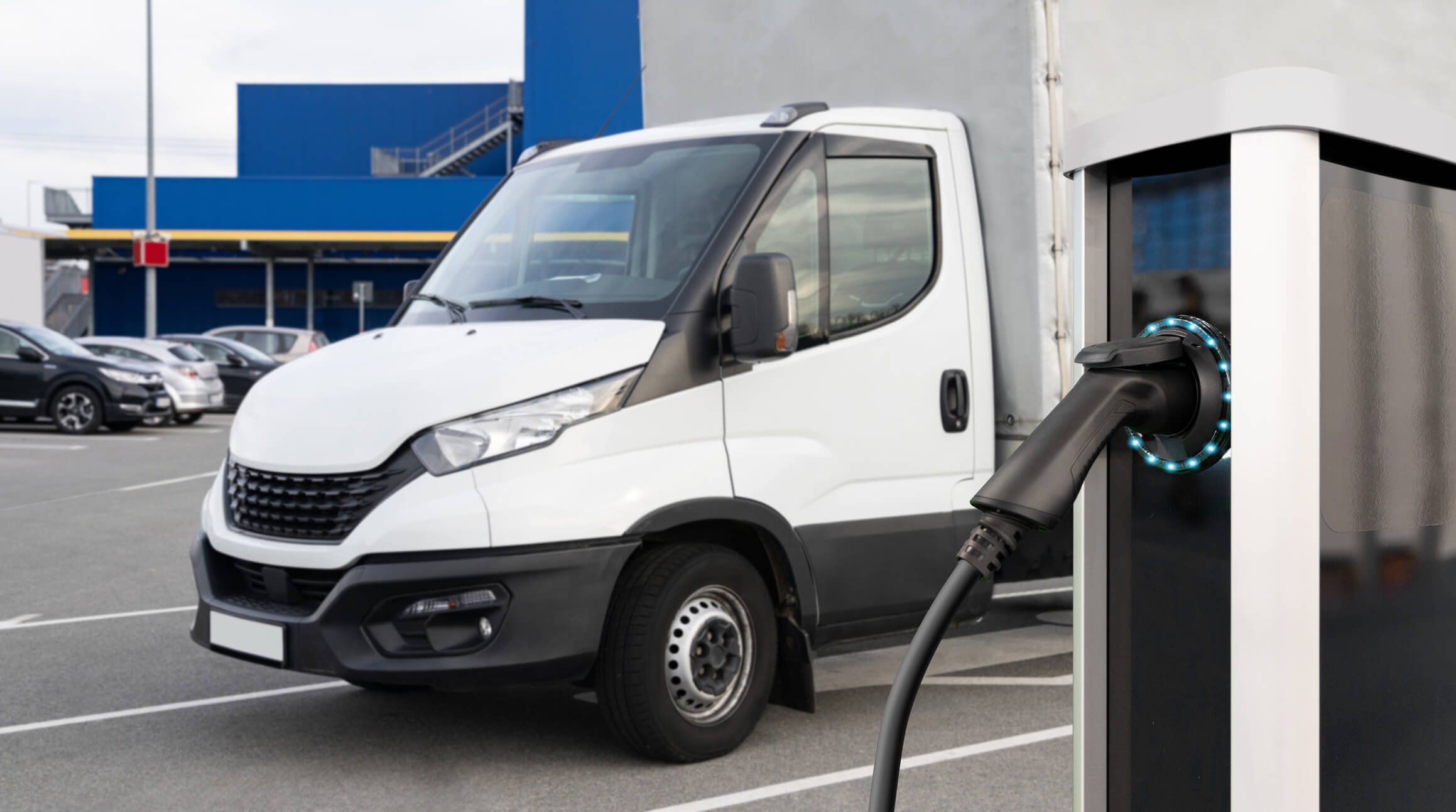
Dans le paysage des transports en évolution active, l’électrification des parcs de véhicules est devenue une étape cruciale vers un avenir énergétique durable et propre. L’électrification peut, dans les bonnes applications, aider les flottes à réduire considérablement les émissions, à réduire les coûts d’exploitation totaux à vie et à améliorer la qualité de l’air dans et autour de leurs communautés.

Pour créer de nouvelles voies de perfectionnement de la main-d’œuvre, il faut s’adapter aux besoins changeants d’une nouvelle génération Dans le paysage énergétique en évolution active, les services publics sont aux prises avec de nombreux défis liés à la main-d’œuvre liés à la transition en cours vers une énergie plus propre et la modernisation des réseaux électriques. À mesure que les employés vétérans prennent leur retraite, il est essentiel de combler le manque de connaissances et de compétences en recrutant et en développant des talents plus jeunes. Bien que l’éducation et la technologie jouent un rôle crucial, l’adaptation des comportements et de la culture en milieu de travail pour répondre aux préférences et aux attentes des diverses générations est tout aussi vitale. La croissance d’une main-d’œuvre forte et multigénérationnelle a ses défis, mais il existe de nombreuses opportunités à venir pour s’assurer que les professionnels des services publics d’aujourd’hui peuvent soutenir un système électrique résilient capable de répondre aux demandes de l’industrie de demain. Contactez-nous

La NERC a soumis à l’approbation de la FERC de nouveaux critères de conformité pour l’enregistrement des RCI dans le cadre des efforts continus visant à réduire les risques de fiabilité. Il est essentiel que les développeurs d’énergie renouvelable, les propriétaires de production et les propriétaires de réseaux de transport comprennent les implications potentielles pour les études d’interconnexion et les files d’attente d’interconnexion.

Ce blog explore les idées fausses courantes entourant la migration vers le cloud dans le secteur des services publics, abordant les préoccupations relatives à la sécurité, à la fiabilité, à la conformité réglementaire, à la rentabilité et à la complexité, tout en soulignant les avantages substantiels et les stratégies pour une adoption réussie.

On aurait du mal à trouver un sujet plus saillant à l’intérieur (et à l’extérieur) de l’industrie des services publics que l’intelligence artificielle (IA).

Les solutions géospatiales modernes connectent les systèmes et améliorent la capacité d’exploiter les données à une échelle, une vitesse et une précision supérieures.

Miki Deric a rejoint TRC pour accélérer la croissance et l’expansion de TRC à travers l’Europe.
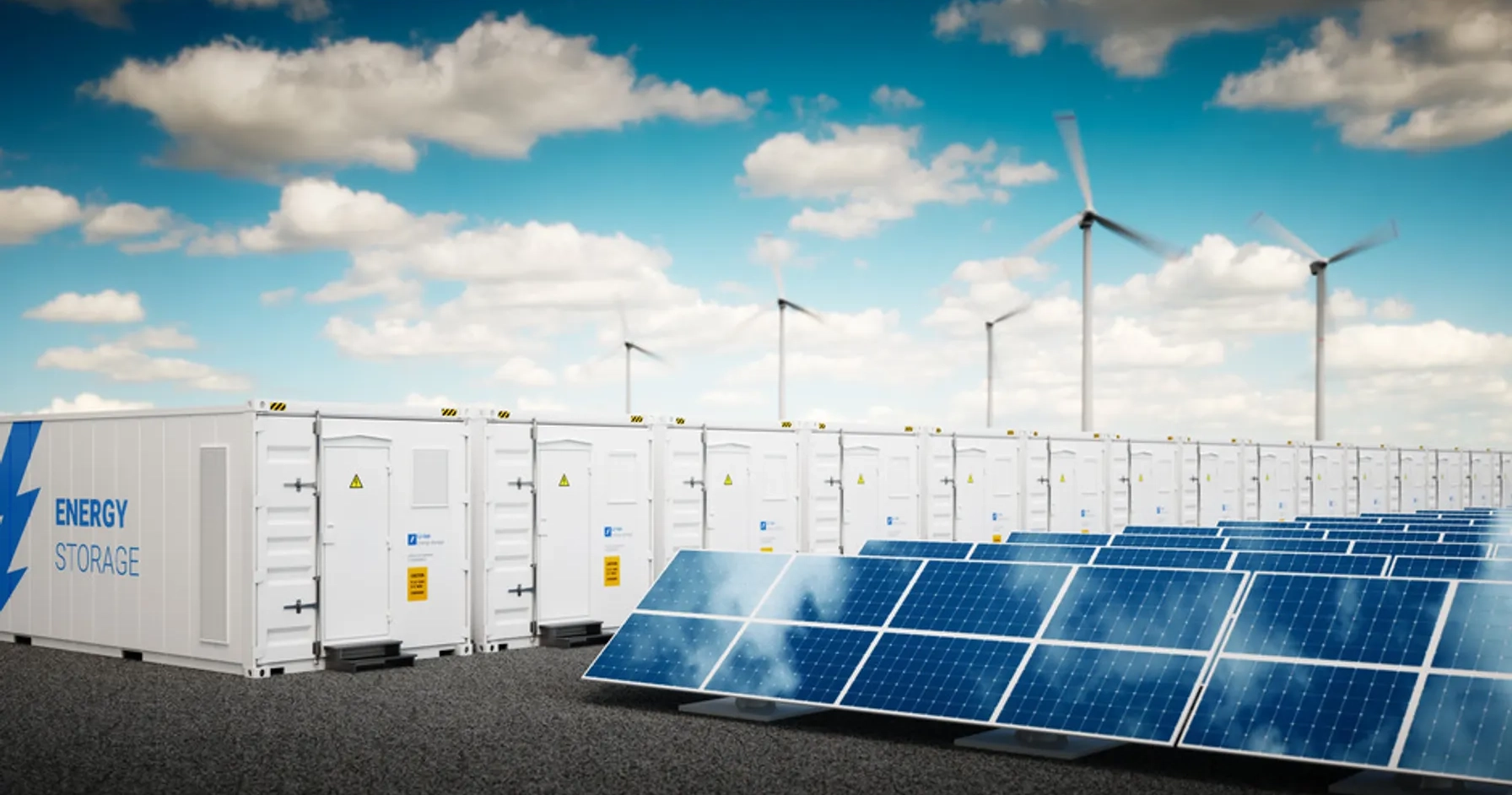
Distributed Energy Resource Management Systems (DERMS) enable a utility to monitor, control and optimize a variety of types of Distributed Energy Resources (DERs).

La NERC a soumis des propositions de révision à la norme EOP-012-2 – Norme de préparation et d’exploitation par temps extrêmement froid, aux fins d’approbation par la FERC sur une base accélérée. Les révisions proposées tiennent compte des recommandations clés restantes du rapport d’enquête conjoint de la FERC et de la NERC sur la tempête hivernale Uri et des directives découlant d’un arrêté de la FERC de 2023 concernant les normes de temps froid soumises précédemment.
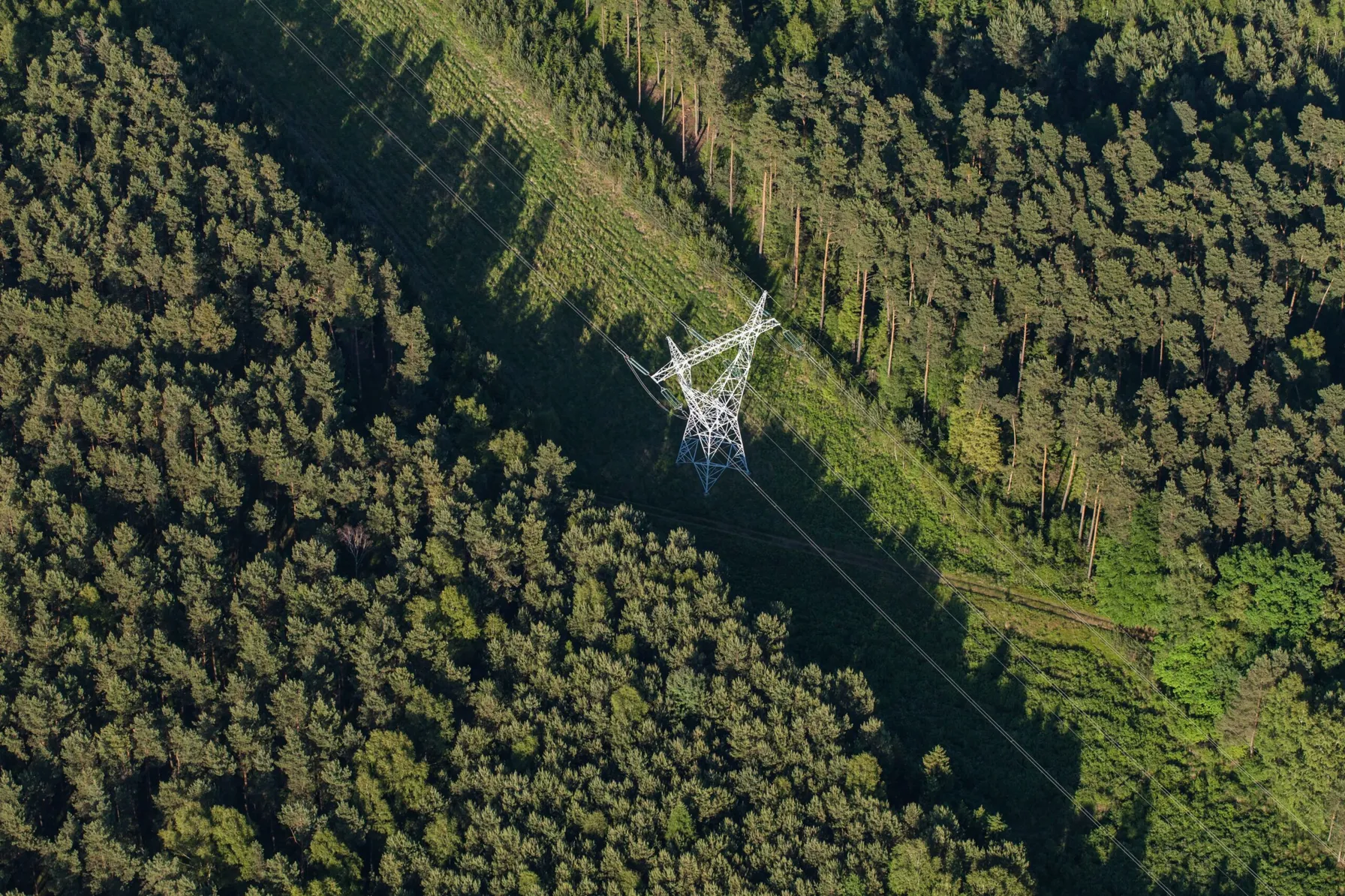
La mise à jour du FAC-003-5 apporte des changements radicaux aux classifications de transmission à compter du 1er avril

Chaque service public enregistré auprès de la NERC doit s’efforcer de se conformer en permanence à son portefeuille de normes de fiabilité NERC applicables

TRC permet de passer à des réseaux intelligents qui créent de nouvelles voies pour que le monde prospère
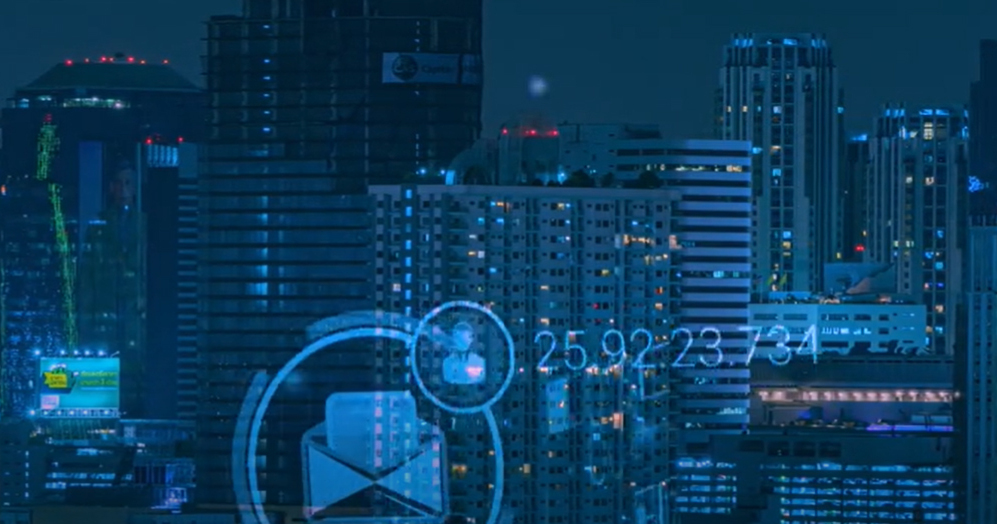
Comment les solutions de réseau intelligent de TRC peuvent aider les services publics à relever avec succès les défis complexes de la transition énergétique

Comment la CVR s’adapte pour fournir des résolutions uniques pour la transition énergétique
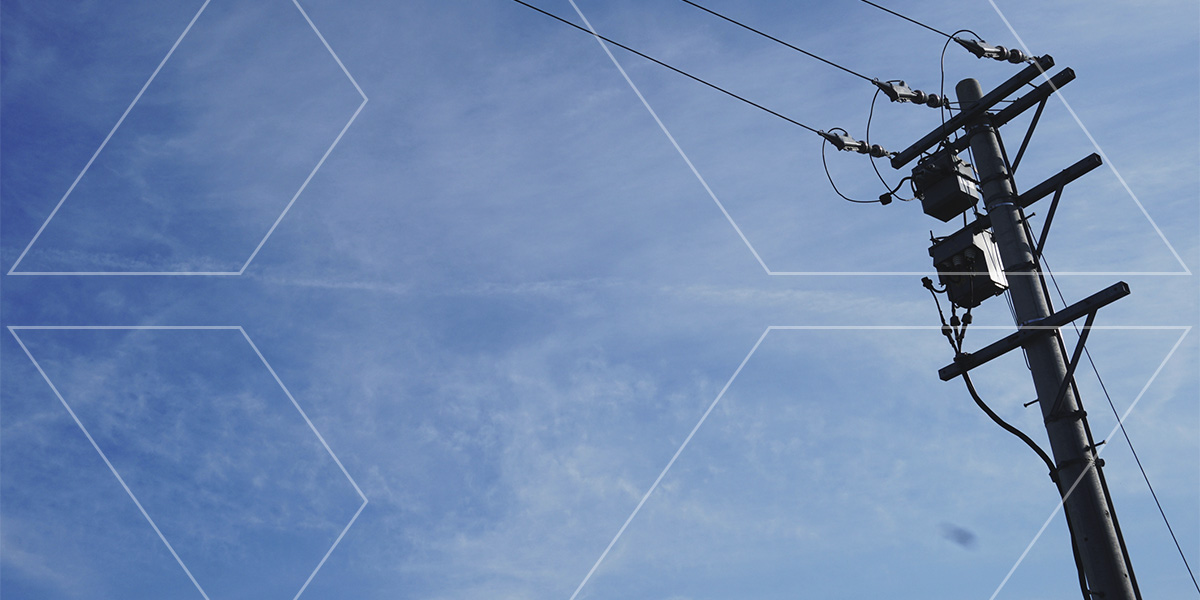
L’utilisation conjointe a des défis qui peuvent être résolus avec une gestion appropriée. Découvrez comment nos services de gestion peuvent vous aider à rester au courant de vos contrats d’utilisation conjointe.

Les microréseaux peuvent vous aider à rester opérationnel dans les conditions les plus critiques. Découvrez comment nos services peuvent vous aider à tirer parti des systèmes de microréseaux.

La technologie de l’IA peut changer la façon dont vous utilisez les données au profit de votre entreprise de services publics. Découvrez comment les entreprises TRC peuvent vous aider à tirer parti de la technologie de l’IA et de ses avantages.

La gestion de la végétation évolue afin de réduire le risque de dommages à l’infrastructure des services publics. Découvrez comment nos services de gestion de la végétation peuvent vous aider.

La conservation de l’eau est essentielle pour réduire la consommation globale d’énergie et l’impact environnemental. Découvrez comment nos services peuvent vous aider à gérer votre conservation de l’eau.
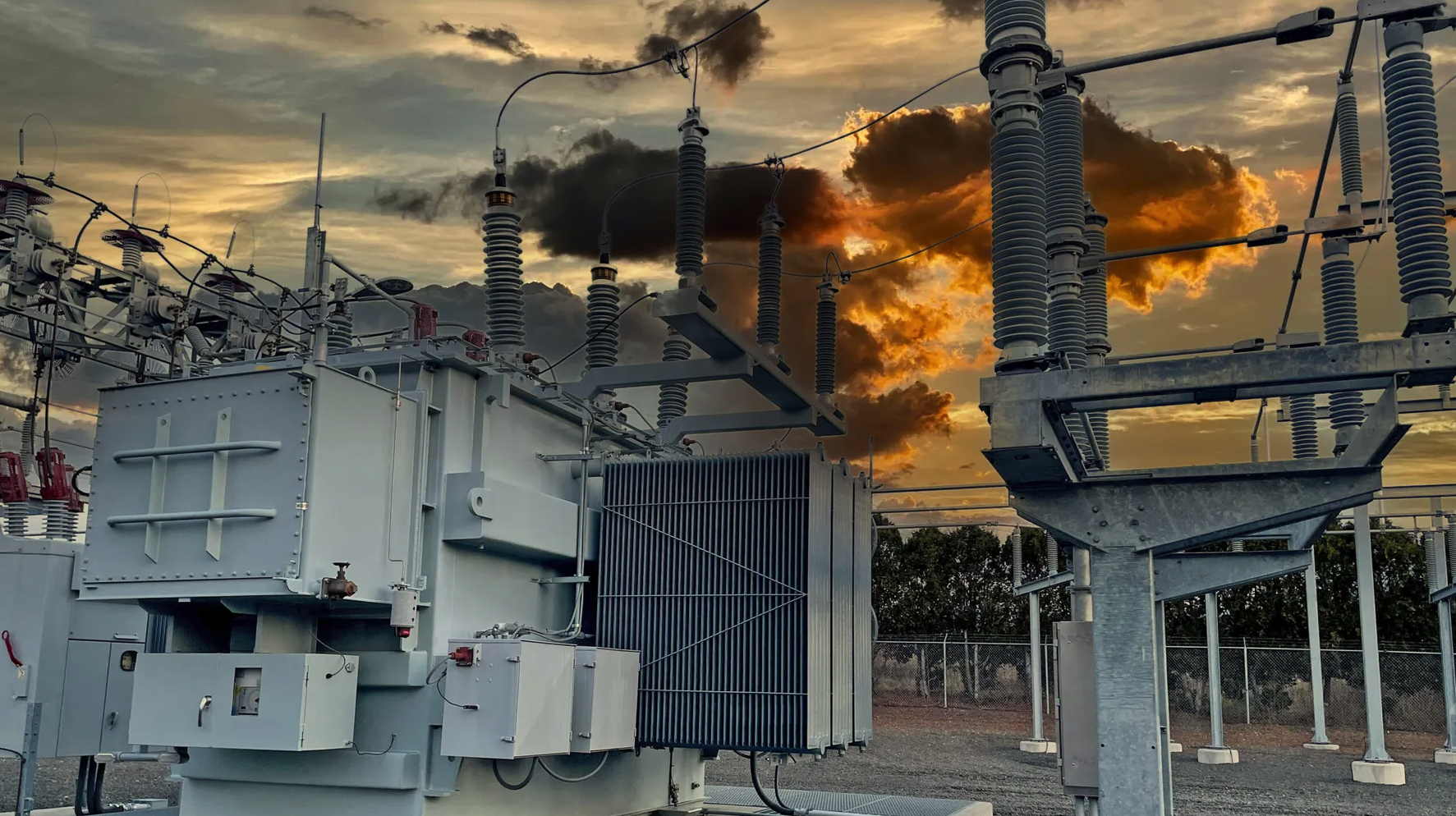
La NERC a soumis son plan d’élaboration de normes de fiabilité 2024-2026 à la Federal Energy Regulatory Commission (FERC), décrivant ses priorités actuelles et ses futurs plans d’élaboration de normes pour protéger la fiabilité du réseau électrique en vrac au cours des trois prochaines années.
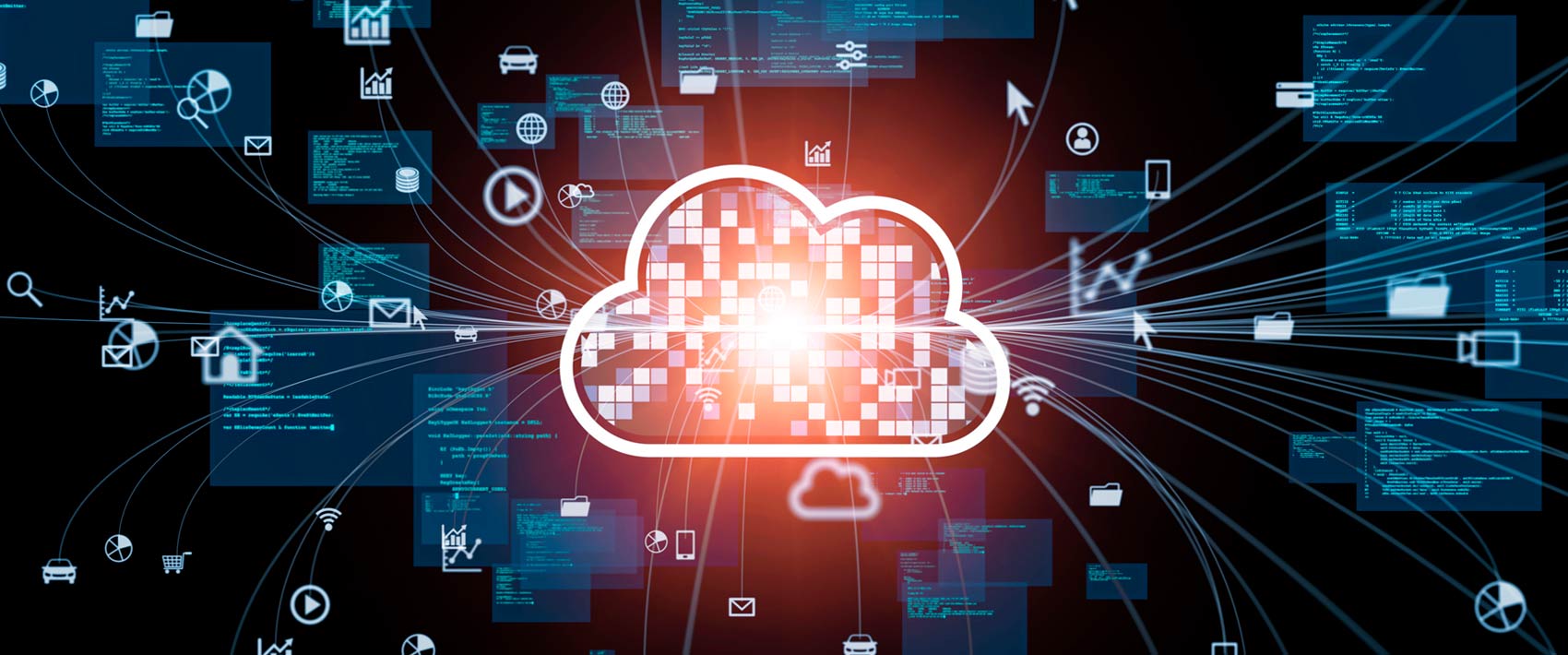
Suivez les données et les logiciels avec l’évolutivité, la vitesse et la sécurité que vous souhaitez.

TRC Companies, Inc. acquiert Locana, un leader mondial des solutions et services géospatiaux d’entreprise.

La NERC et la FERC ont publié leur rapport final sur la tempête hivernale Elliott, qui fournit un renforcement pour les recommandations dans les rapports antérieurs d’événements de perturbation liés au temps froid. Le rapport fait état de lacunes critiques en matière de rendement en matière de fiabilité et des quasi-accidents liés à la fiabilité. La NERC affirme qu’une crise a été « évitée de justesse ». Le rapport décrit les mesures que l’industrie doit prendre pour éviter une répétition à l’avenir.

Les entreprises peuvent convertir des quantités massives d’images brutes en données utilisables qui alimentent plusieurs systèmes d’entreprise.

Les ressources basées sur les onduleurs jouent un rôle central lorsqu’il s’agit d’ajouter une nouvelle capacité de production d’électricité dans le système d’alimentation en vrac.

Locana, un leader international de la technologie spatiale, a reçu le prix de la gestion de réseau moderne lors de la conférence Esri Infrastructure Management and GIS (IMGIS) 2023 qui s’est tenue à Palm Springs, en Californie, du 10 au 12 octobre 2023.

La cartographie mobile moderne offre une approche d’entreprise qui réduit la complexité et les risques.

La transition du travail sur le terrain des services publics à la gestion peut être une décision gratifiante, mais elle peut également être écrasante.

Les solutions basées sur la localisation fournissent une grande valeur commerciale à vos données et applications opérationnelles.
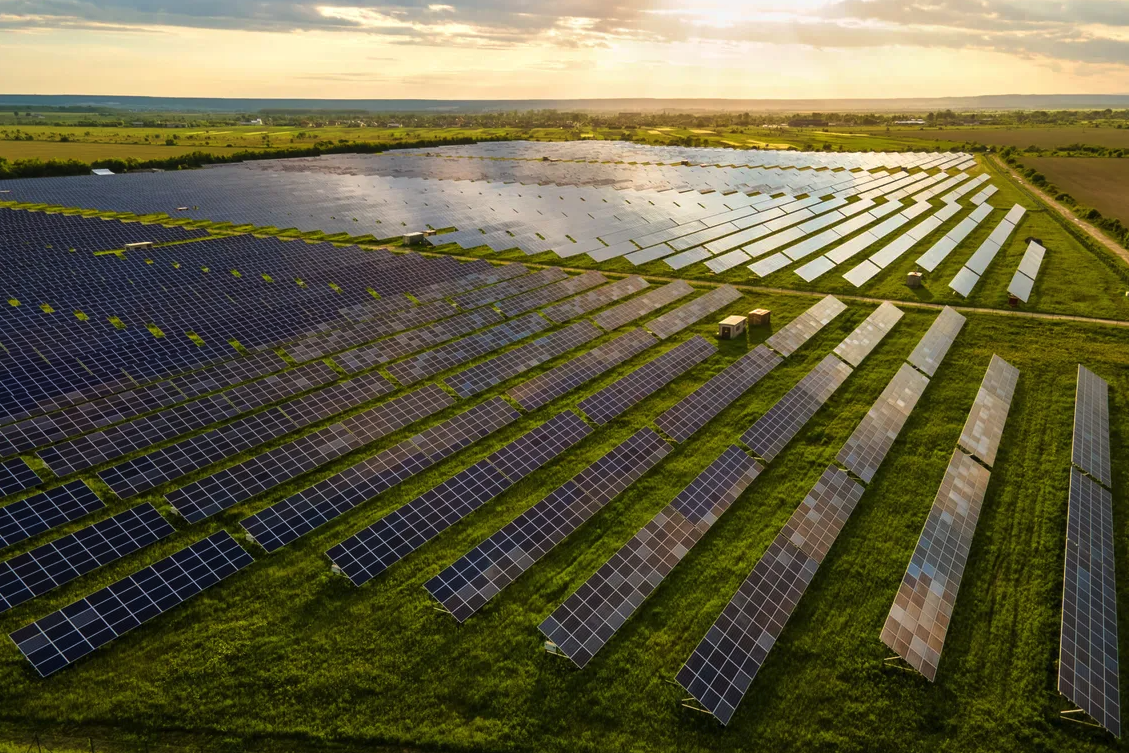
Alors que le système de distribution d’électricité continue d’évoluer rapidement en raison des initiatives de politique de décarbonisation, les ressources basées sur des onduleurs (IBRs) jouent un rôle de plus en plus important dans les ajouts de production au système d’alimentation en vrac. La NERC et d’autres organisations techniques ont pris de nombreuses mesures pour appuyer l’intégration fiable de ces ressources.

Using AI can help transform business operations, and more, with data science services that deliver.

Learn how to deploy faster and more efficiently using in-built SAP HANA platform capabilities.

Locana, an international leader in spatial technology, received Esri’s ArcGIS Cloud Services Specialty, which designates Locana as an expert in deploying and managing ArcGIS in cloud environments such as Amazon Web Services (AWS) and Microsoft Azure.
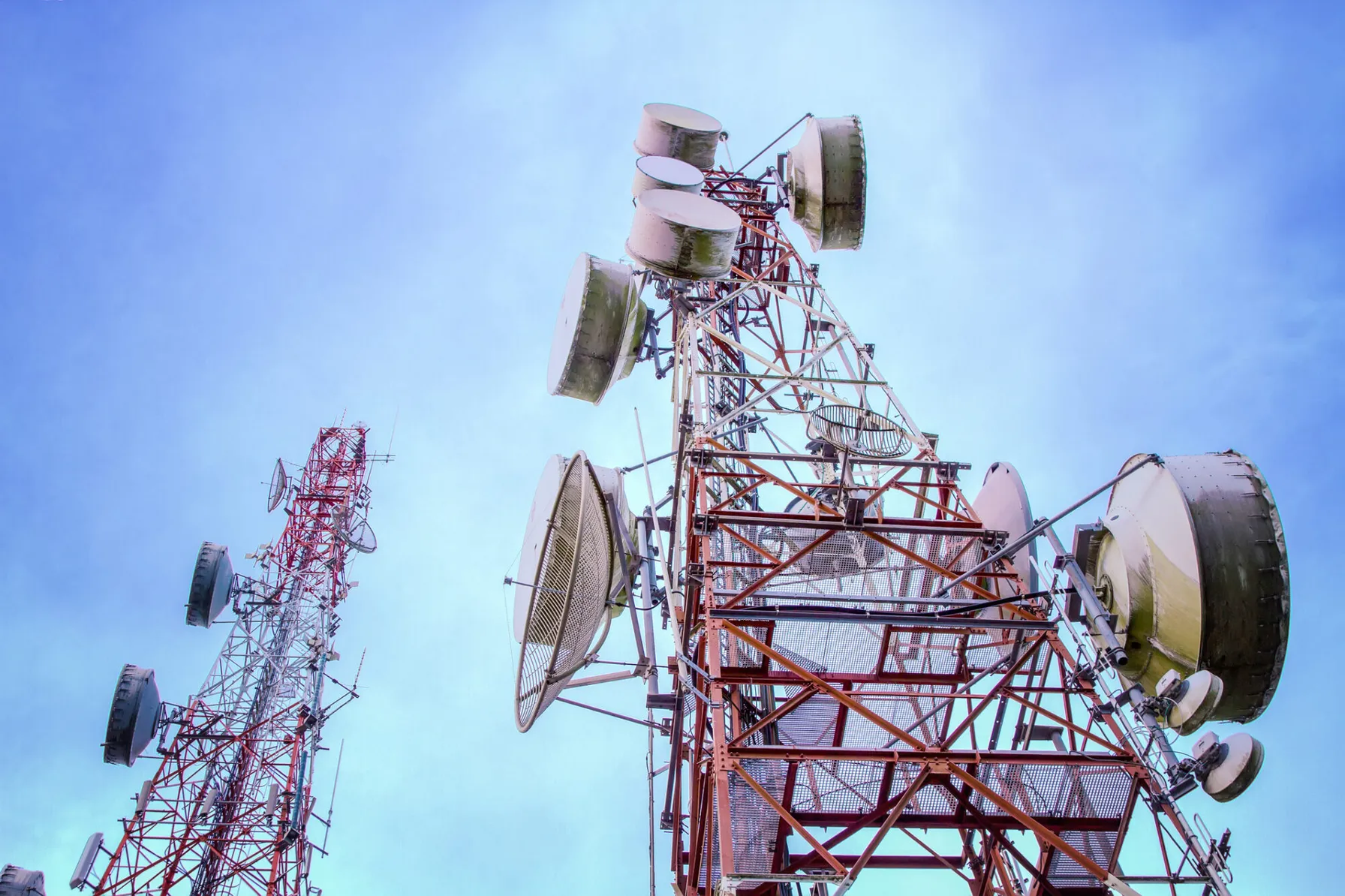
As technology advances and cybersecurity threats loom, companies must prioritize communications retrofits and upgrades to ensure reliability, availability and business continuity.
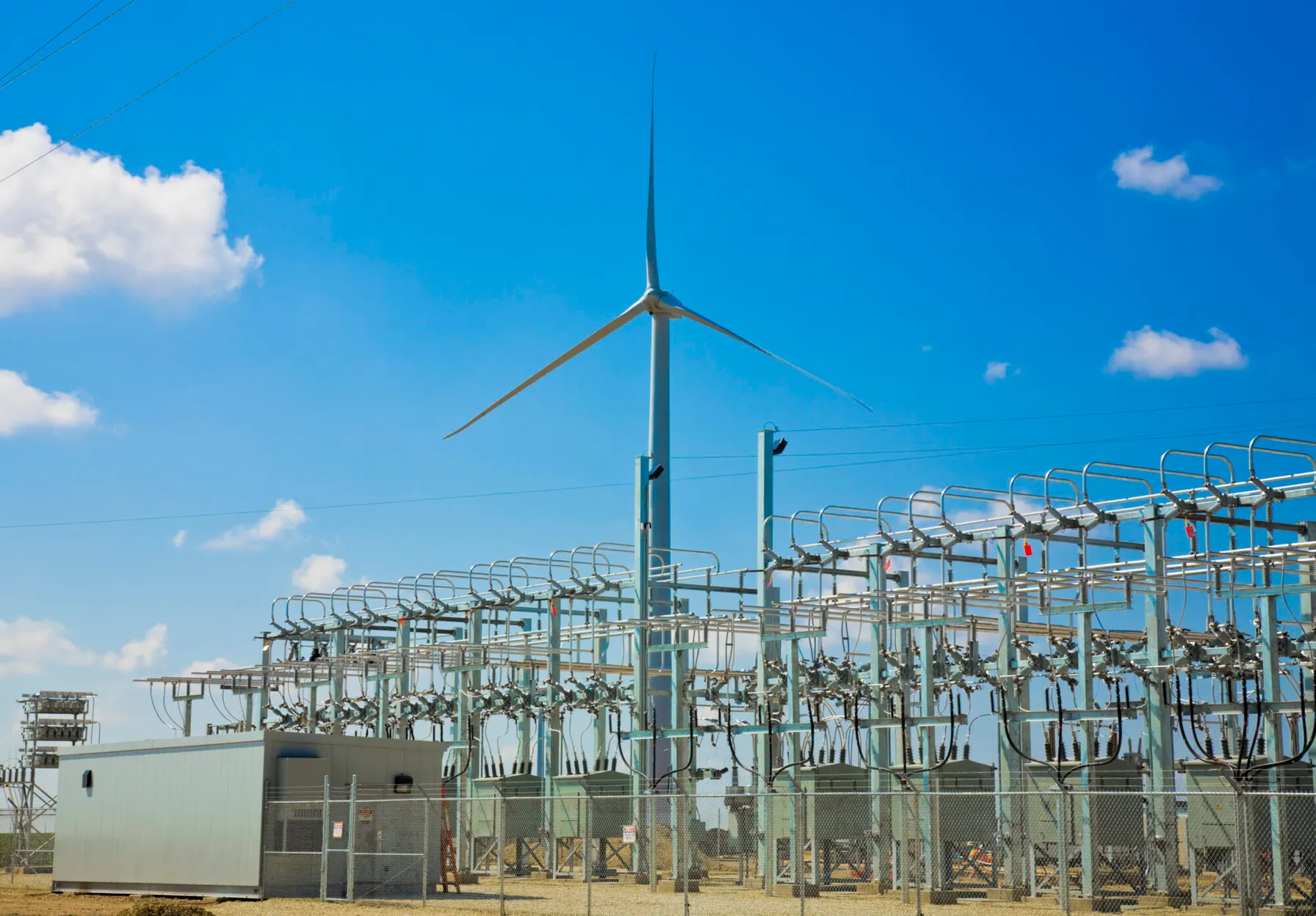
The Federal Energy Regulatory Commission has approved Order 2023 to facilitate and improve the speed and reliability of adding new energy resources to the power system
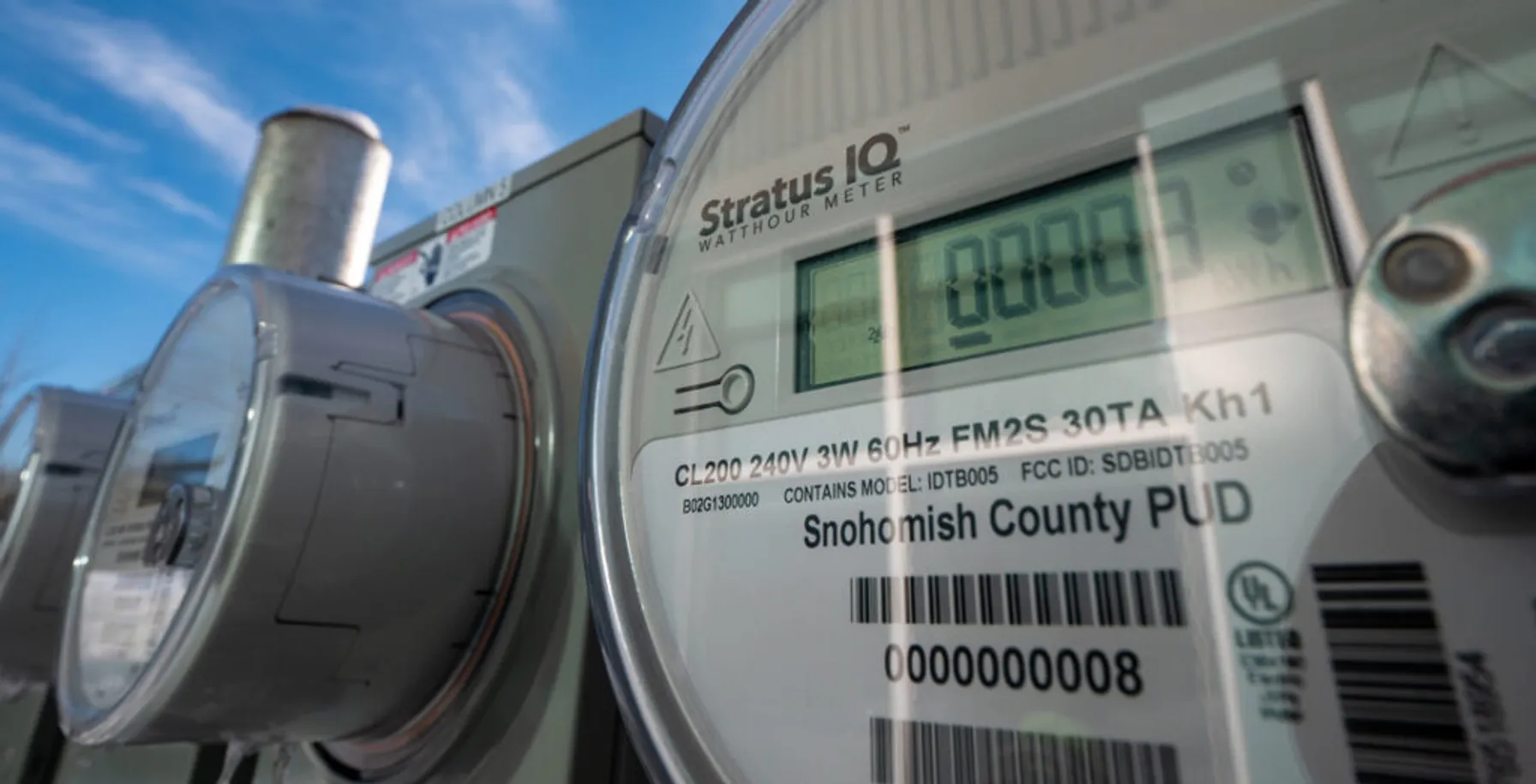
Enabling a new era of flexibility, scalability, and streamlined operations
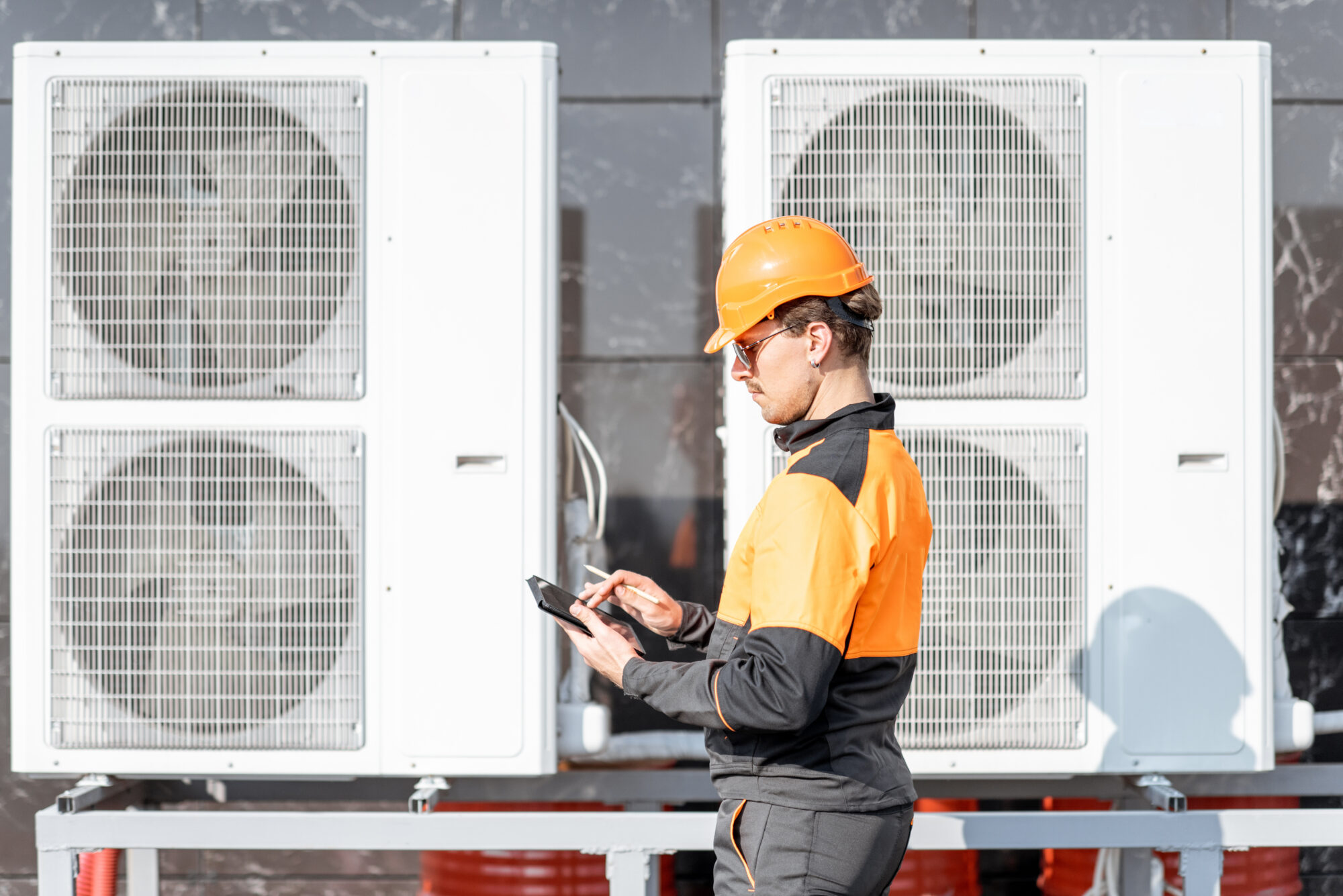
Heat pump technology is still evolving and real challenges exist to widespread market adoption.
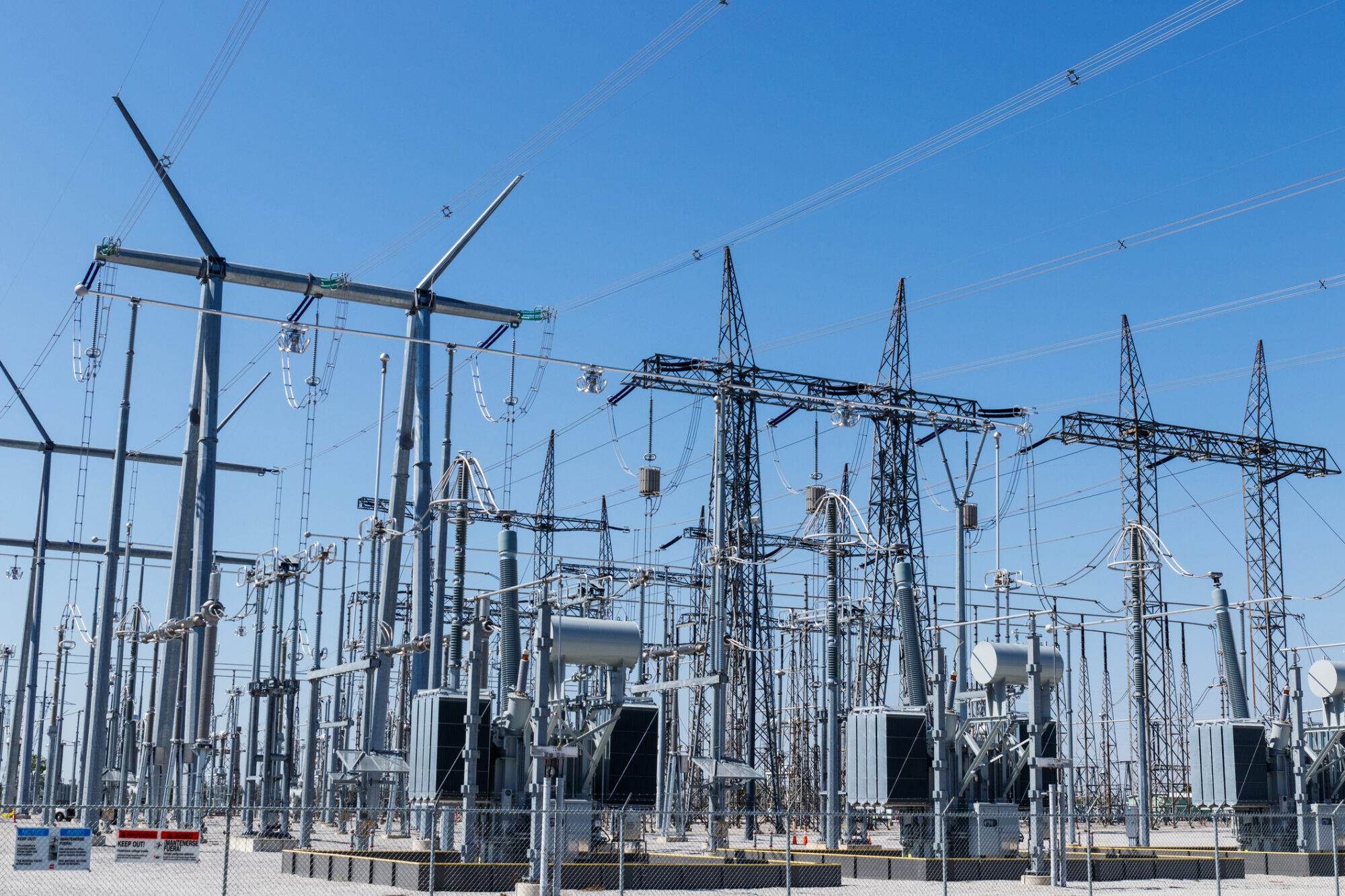
Expert Discussions and Key Takeaways Focus on Physical Security
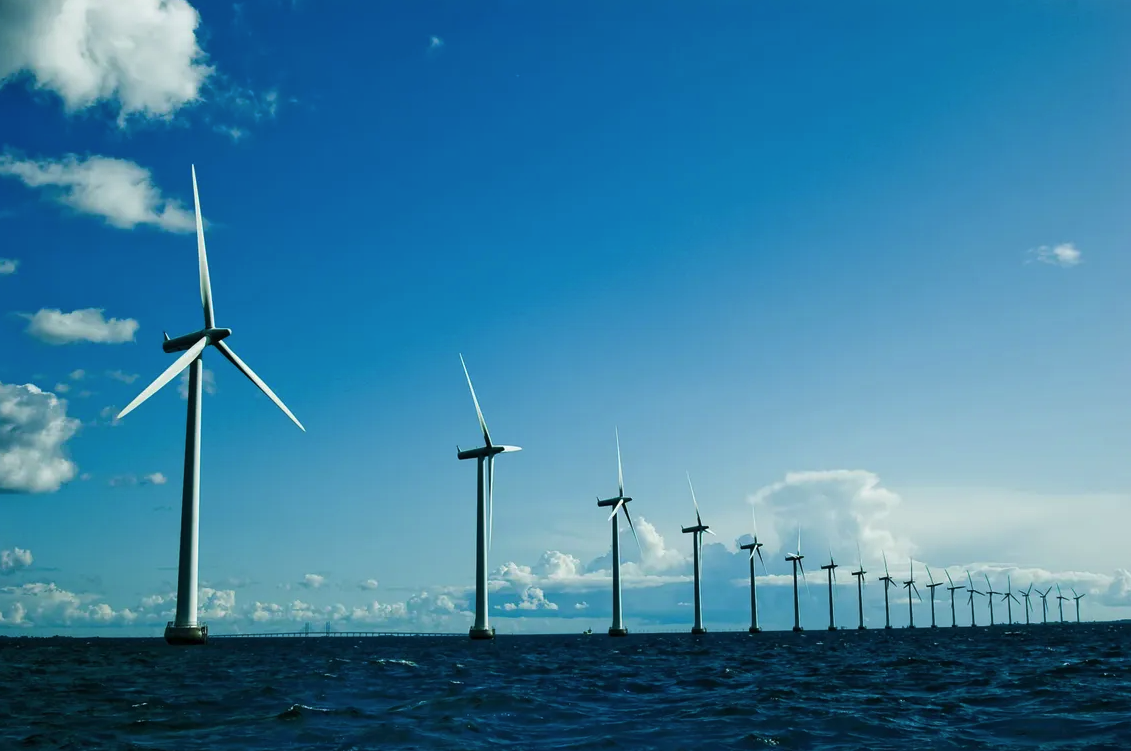
As the urgency to decarbonize and build resiliency grows, renewable energy continues to be a pivotal solution for reshaping the future of power in the U.S. From solar to wind, hydro, geothermal and biomass, each renewable resource has its sweet spot for efficient development, deployment and optimal performance. And while they all have their own pros and cons, it is imperative that we leverage them all into the energy mix to achieve decarbonization goals and ensure adequate capacity to meet increasing load demands.
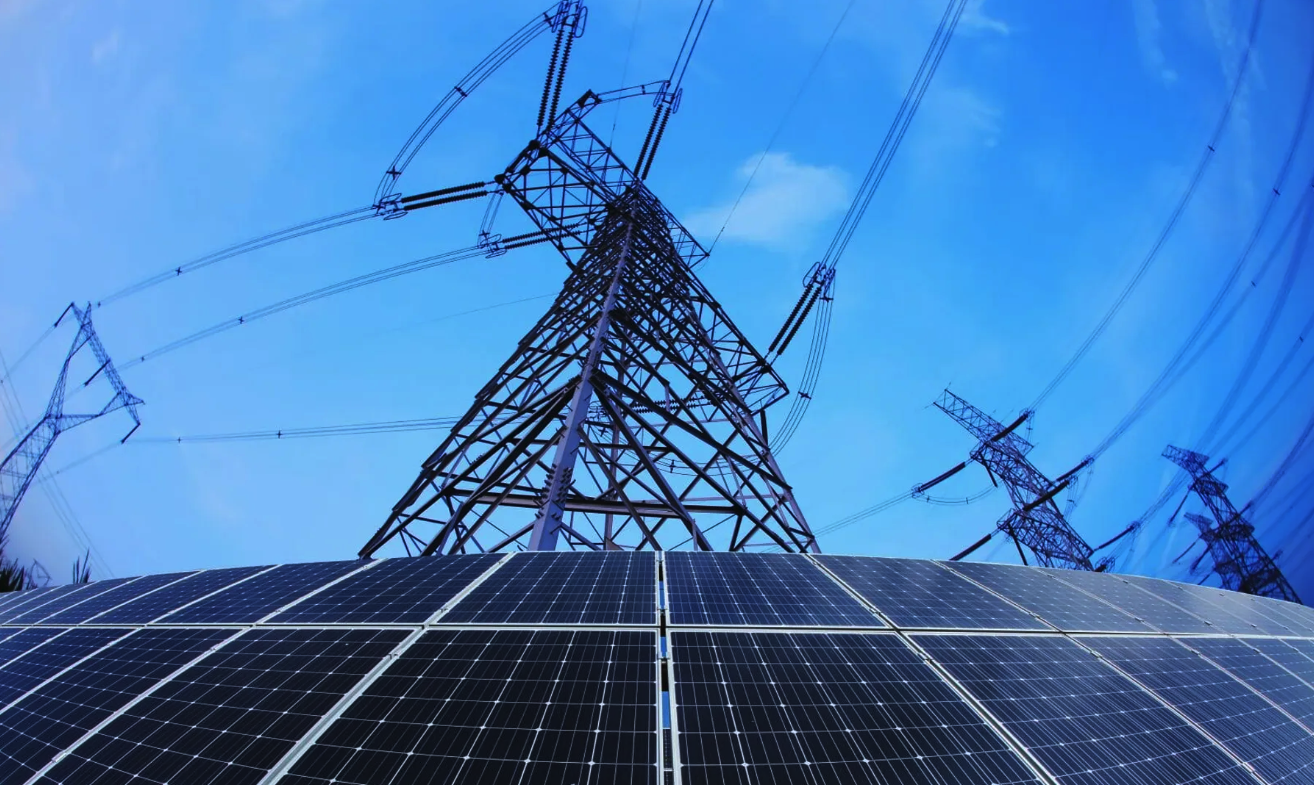
As renewable energy proliferates across the US power system, the North American Electric Reliability Corporation (NERC) continues to actively address reliability risks resulting from the implementation of inverter-based resources (solar and wind generation technology) connected at both transmission and Distributed Energy Resources (DER) levels.

EJScreen is currently at the forefront of federal efforts to identify potential disproportionate environmental burdens and communities with potential environmental justice (EJ) concerns.
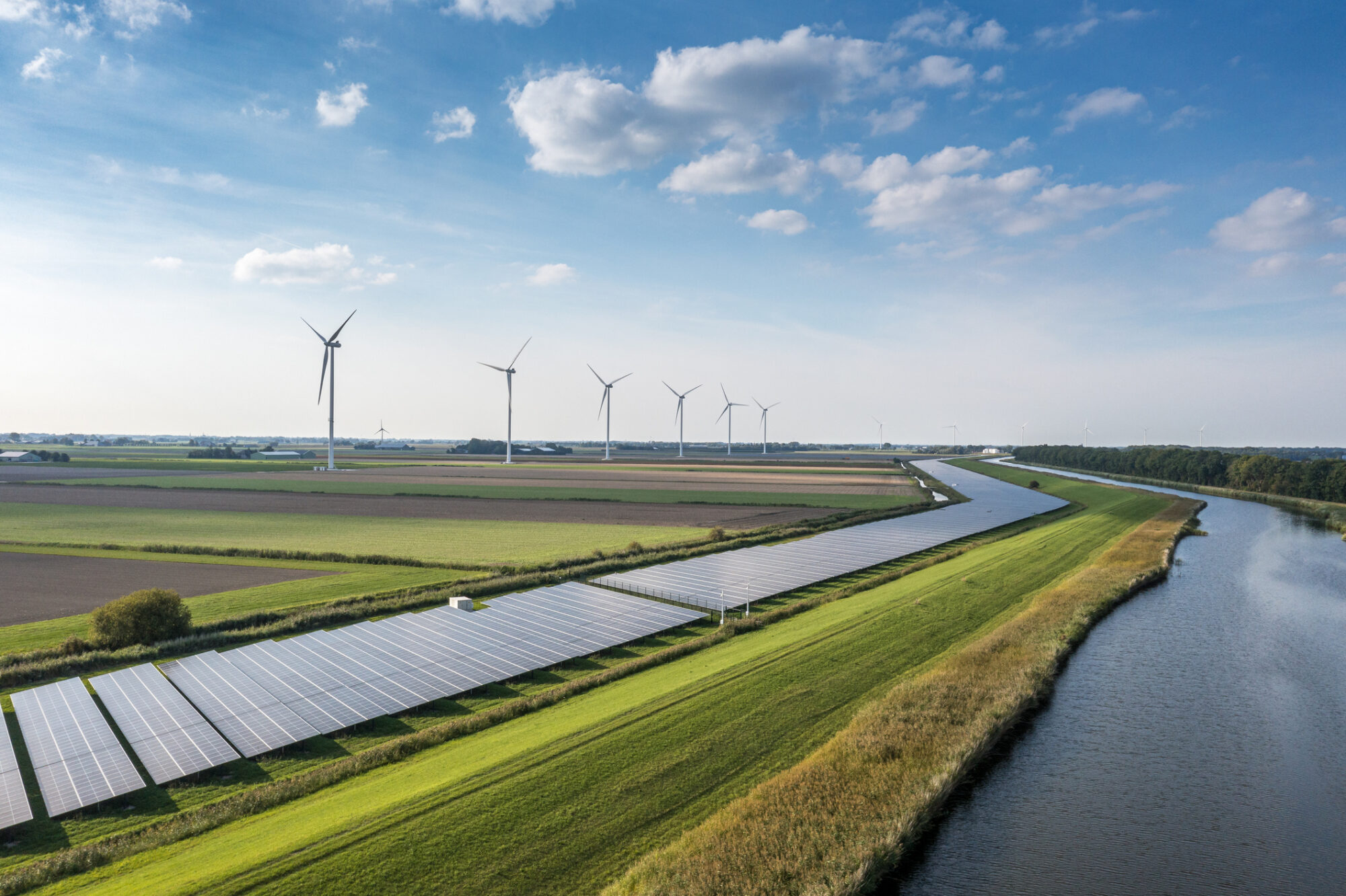
The rapid growth of Distributed Energy Resources (DERs) on the power grid brings many opportunities and challenges to energy utilities.

Partnering With Local High Schools to Recruit the Next Generation of Clean Energy Workers.

Electric vehicle use is on the rise, and cities need to prepare. Discover how the power grid can accommodate growing transportation electrification trends.

Leveraging new tools and technologies such as mixed and virtual reality (MR/VR) to develop a new generation of skilled engineers and technicians to maintain the reliability and resiliency of the future grid.

TRC has submitted public comments related to EPA’s proposed compliance timeline and schedule.
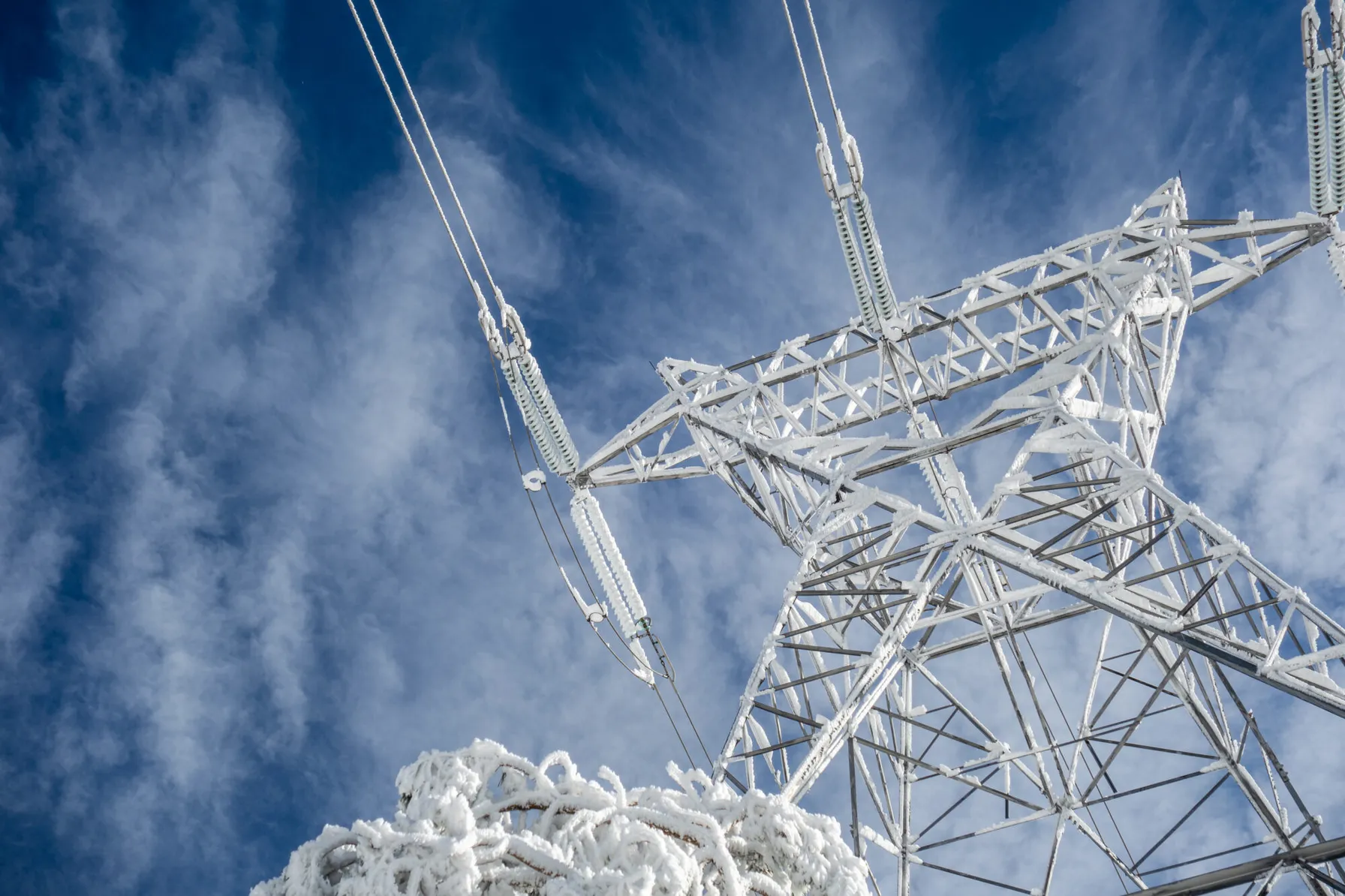
FERC issued a Final Rule directing NERC to develop a new or modified reliability standard addressing transmission system planning performance requirements for extreme heat or cold weather events.

Key considerations for leveraging ASTM E2247 vs. E1527

The impact of adapting behavioral and cultural norms to focus on the principles of human performance cannot be underestimated in building the power workforce of the future.

According to the Edison Foundation’s Institute for Electric Innovation, over 124 million smart meters were expected to be installed in 78 percent of US households by the end of 2022.

Multi-year telecommunication projects need to be efficient, cost-effective and meet the current and future needs of network end-users in order to be successful.
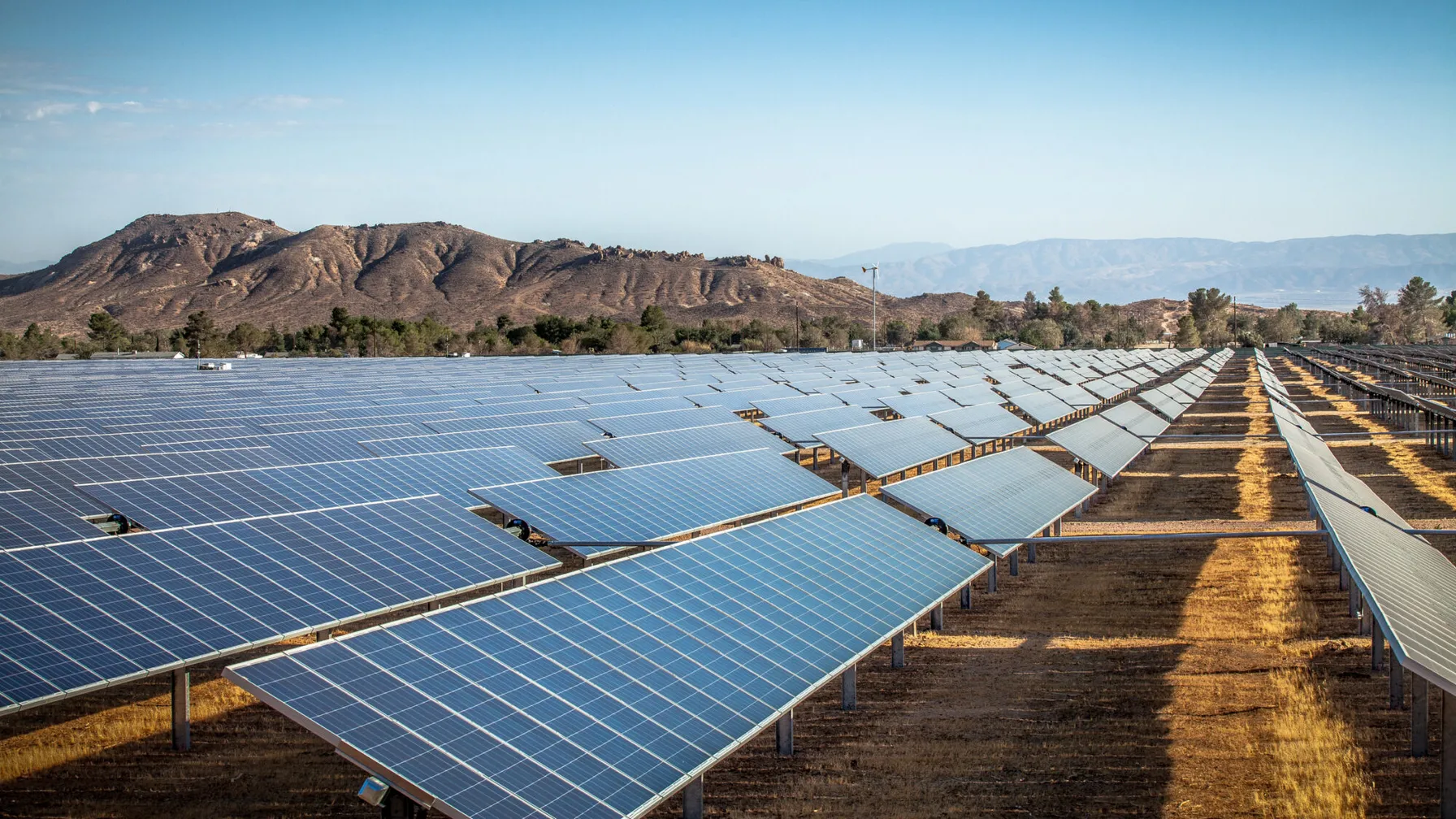
FERC issued an order approving NERC’s compliance filings.
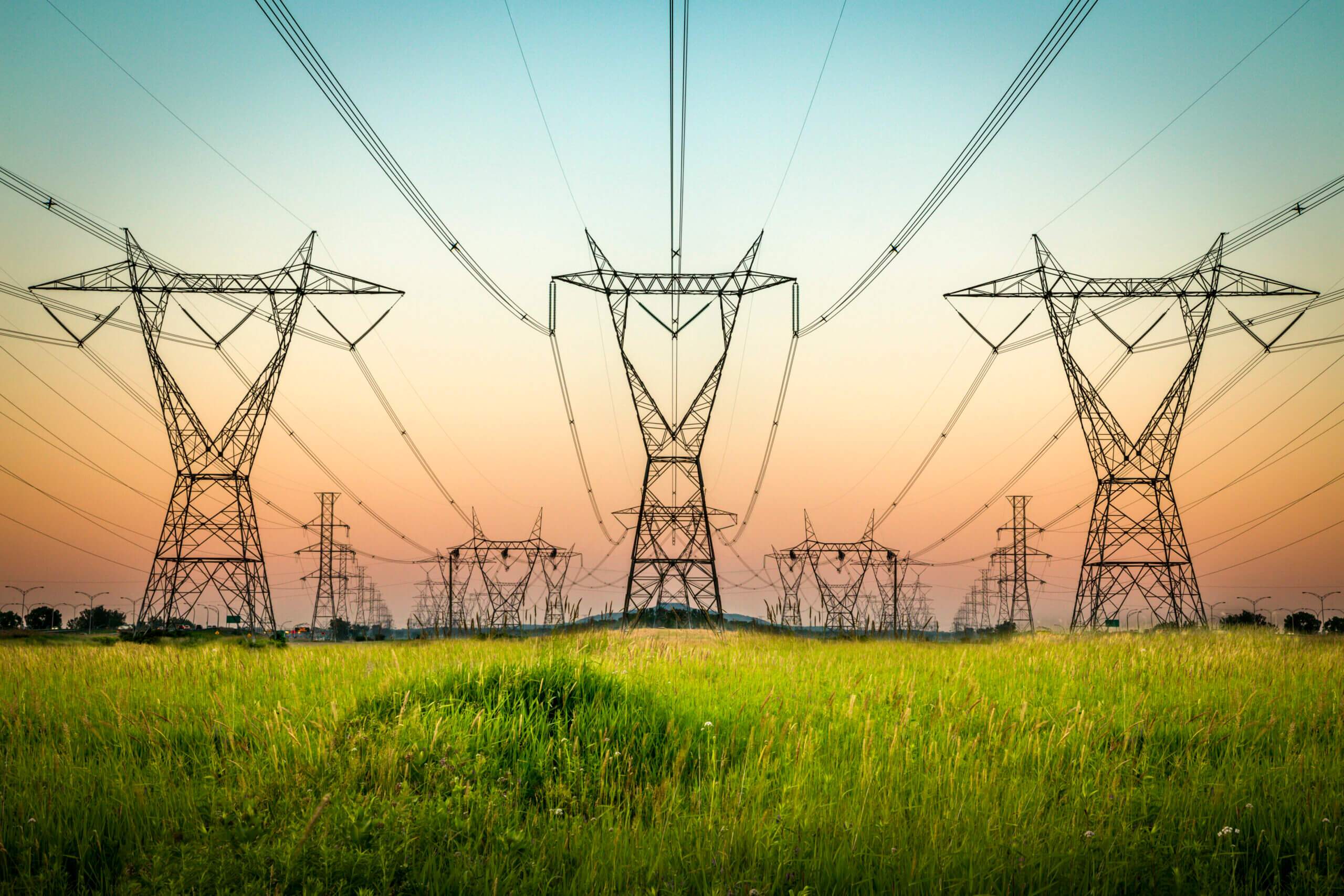
The role of field service management continues to dominate the world economy, as the market grows at an exponential rate. The market was estimated at 3.2 billion in 2021 and is projected to reach 5.7 billion by the end of 2026.

TRC has developed utility network Master Plans and designed and architected utility-wide networks
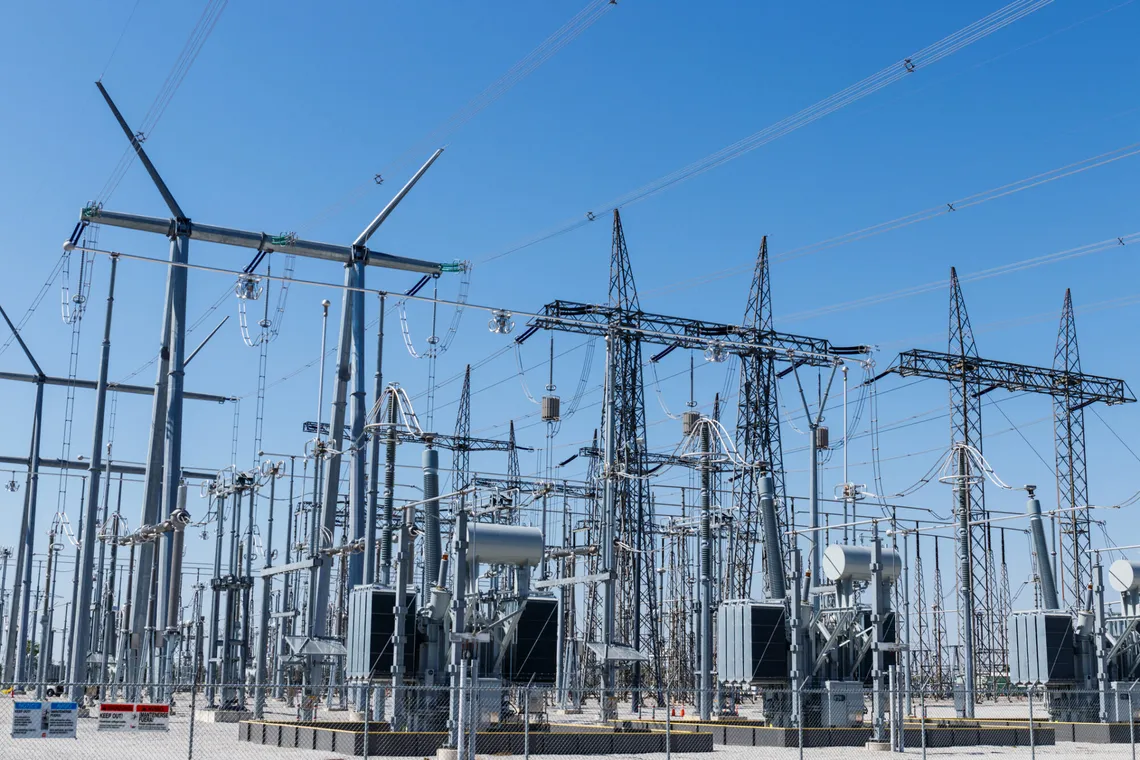
On behalf of the North American Electric Reliability Corporation (NERC), its President and CEO Jim Robb, recently presented to the Federal Energy Regulatory Commission (FERC) a summary of NERC’s report on the effectiveness of NERC’s CIP-014 Physical Security Standard. There were almost 1,700 physical security incidents reported to the Electricity-Information Security Analysis Center (E-ISAC) in 2022, an increase of 10.5% from 2021.

Explore the pillars of project controls software—People, Processes, and Products—and what elevates projects from mediocre to outstanding.
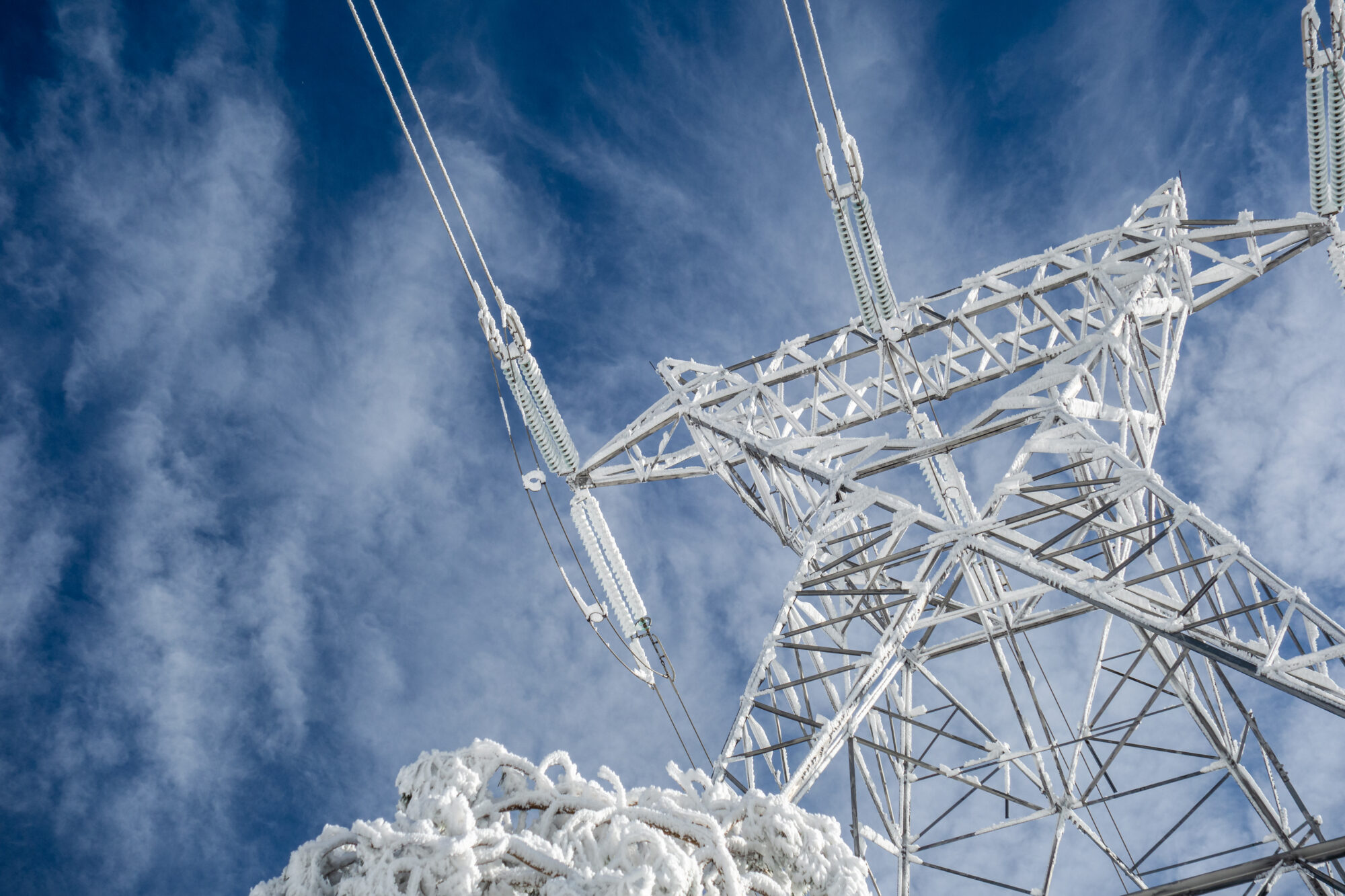
FERC has approved two NERC proposed cold weather-related reliability standards.

How outsourcing this critical project phase can save money, minimize risk and improve outcomes.

As renewable energy development booms, and distributed energy resources (DERs) proliferate across the grid, the demand for a more efficient and timely interconnection process is at an all-time high. To meet regulatory deadlines and satisfy the needs of both developers and customers, utilities must tackle an increasingly complex array of system impact studies, analyses and reports, under ever shrinking timelines.
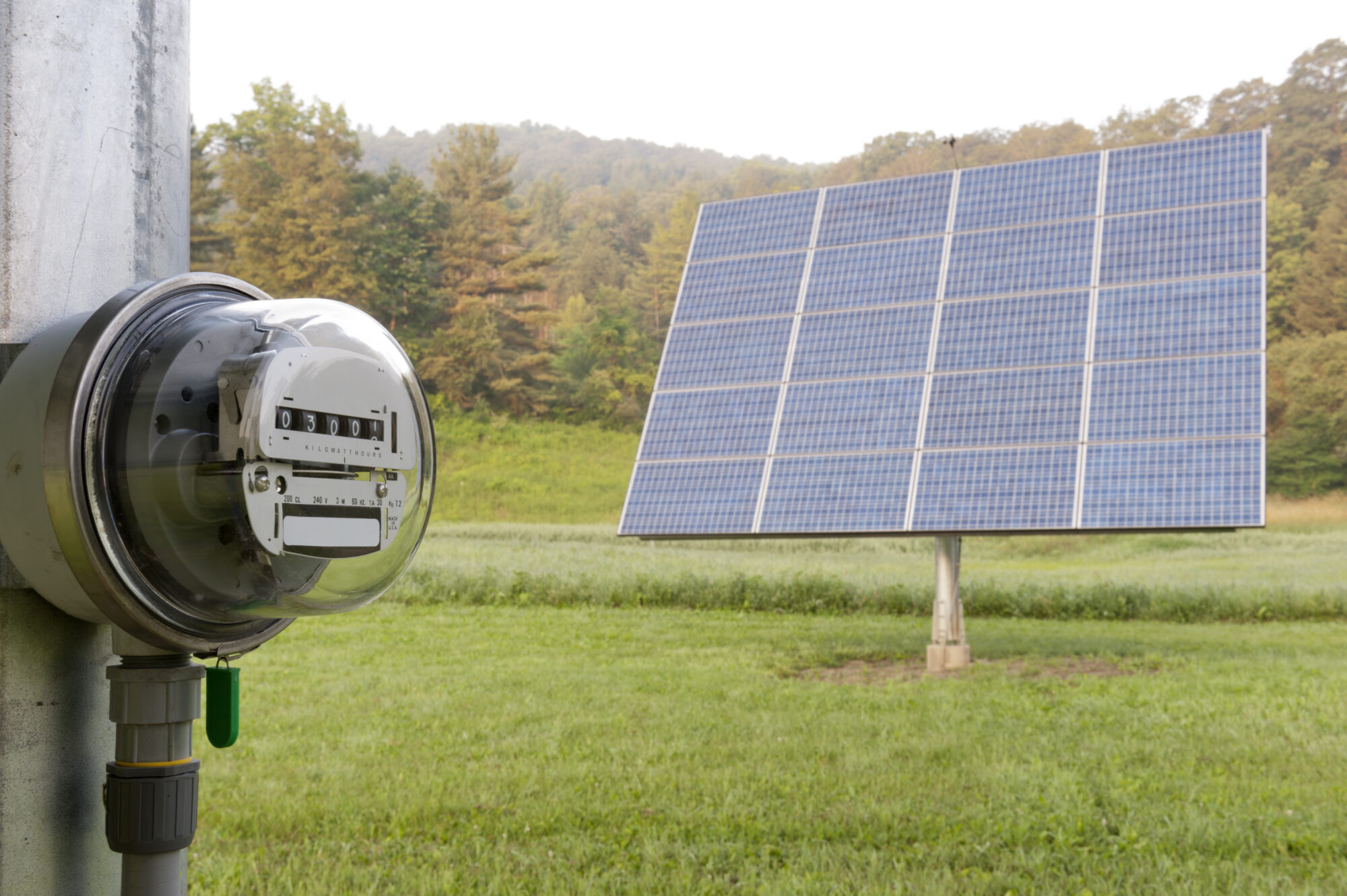
Gain insight on several key points when strategizing and integrating two crucial systems successfully

As extreme weather events increase and installation costs decrease, moving to underground distribution systems is becoming a popular way to prevent power outages.
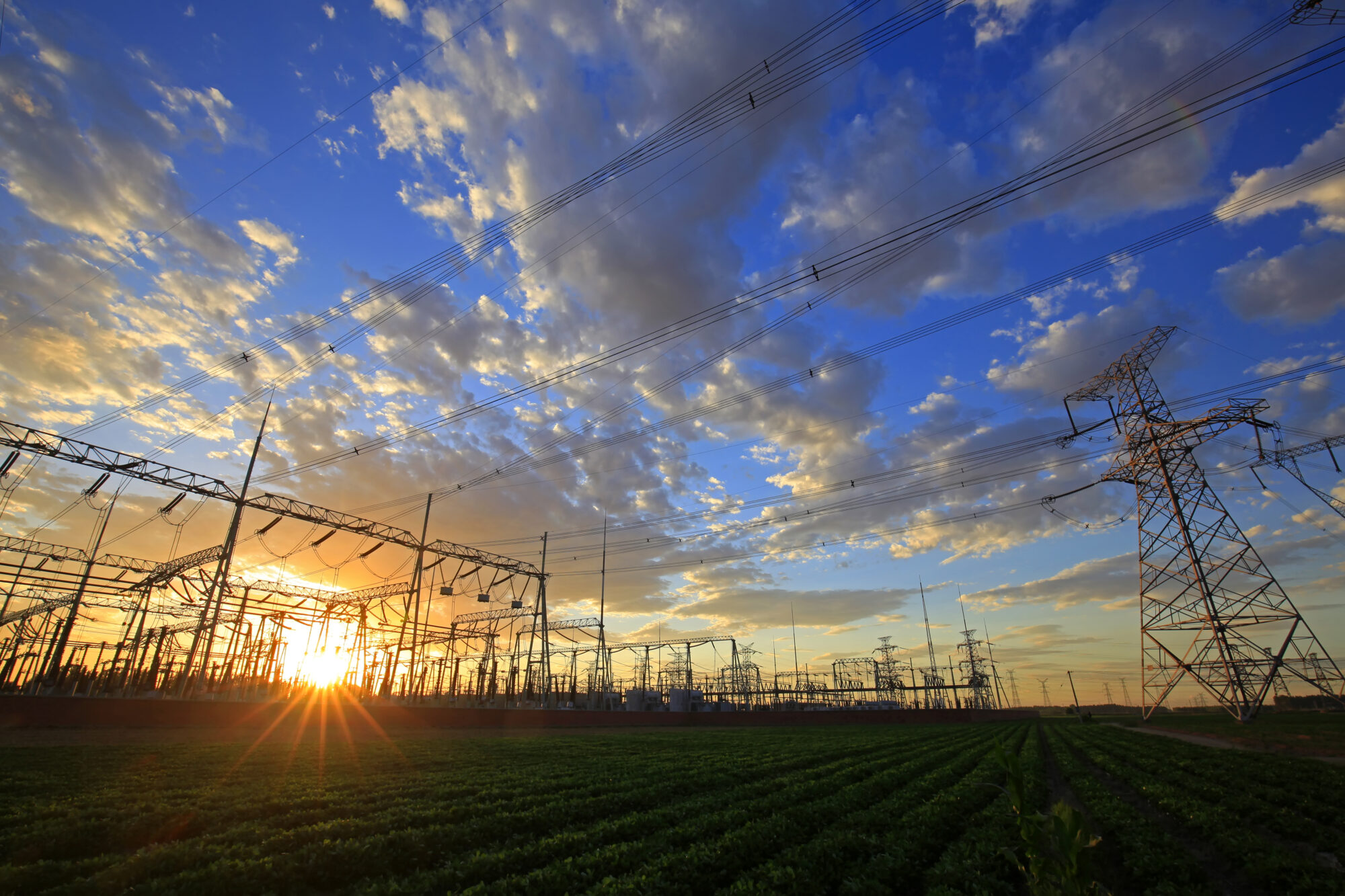
FERC directed NERC to develop Reliability Standards to implement INSM within trusted CIP environments.
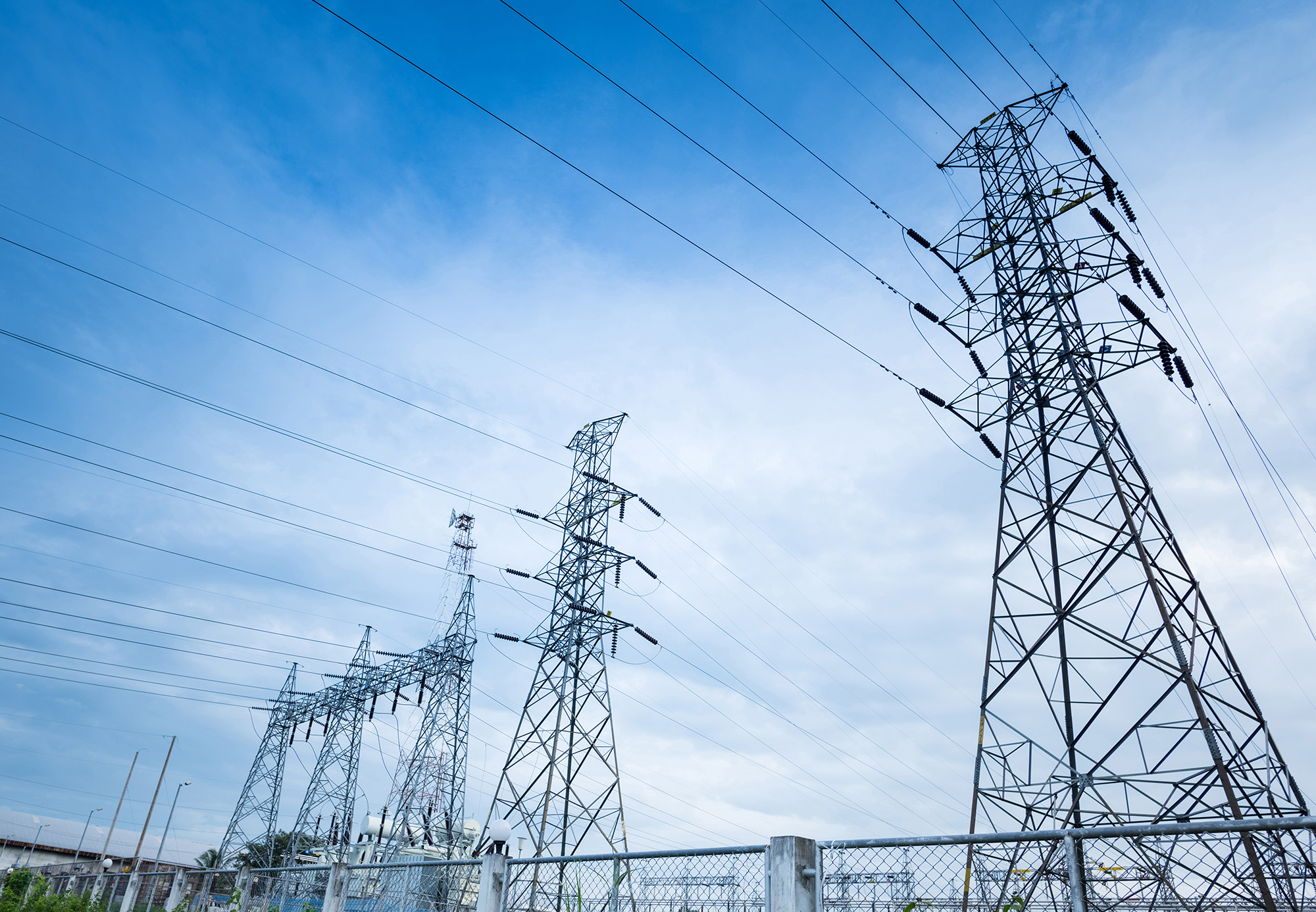
TRC Companies announces its role as a consultant in supporting the new transmission project by LS Power Grid Maine.
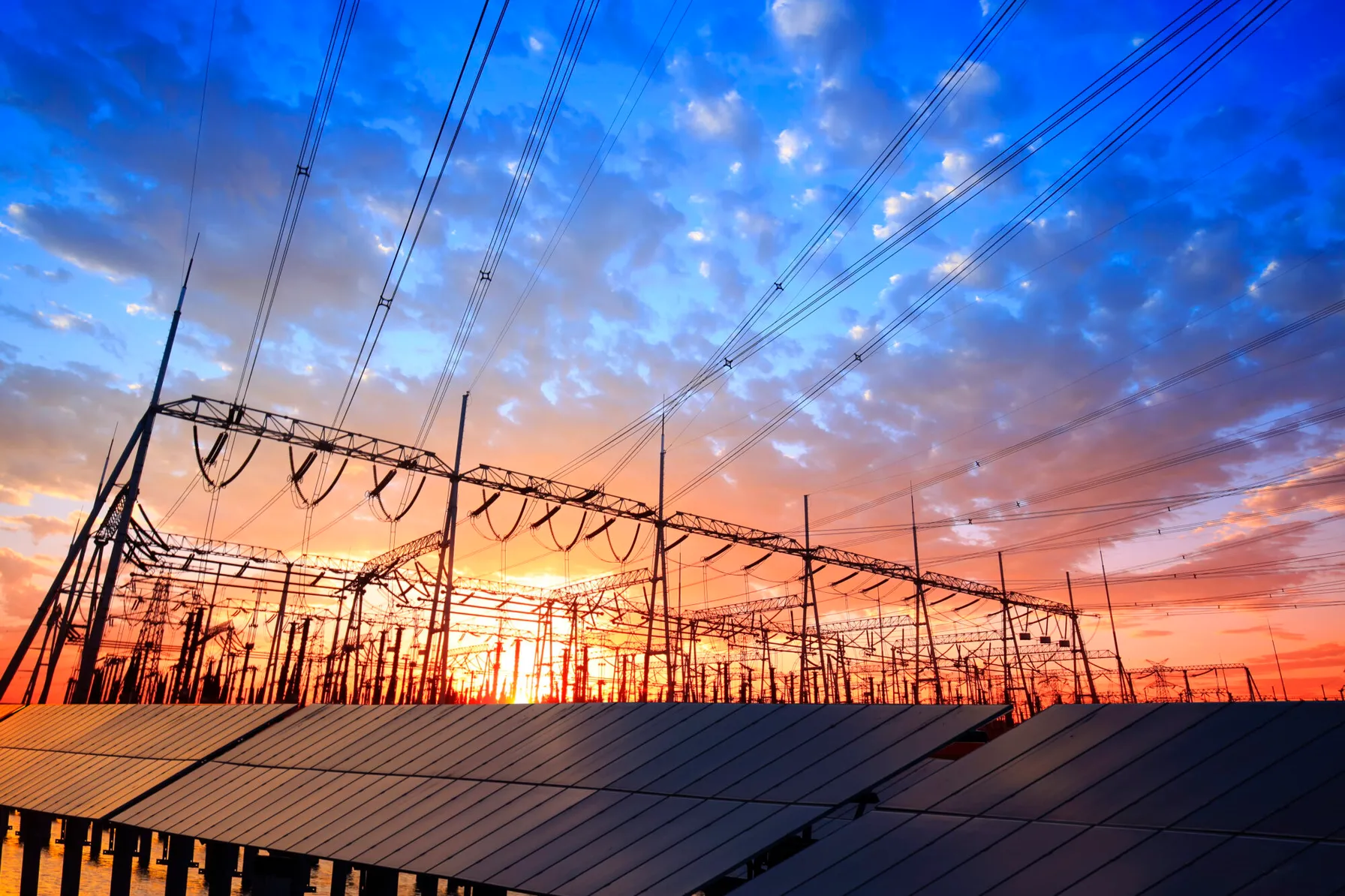
NERC and TRE release the Odessa II Power System Disturbance Report

How we can advance utility industry recruiting and training solutions, together

Cet article a été rédigé à l’origine par Locana, qui fait maintenant partie de TRC. Les solutions basées sur la localisation fournissent une grande valeur commerciale à vos données et applications opérationnelles La qualité et l’exhaustivité des données sont importantes Le coût de faire des affaires n’a jamais été aussi axé sur les données. En effet, à mesure que la quantité de données continue d’augmenter de façon exponentielle, la qualité des données devient plus difficile à atteindre et plus précieuse. Sans cela, les entreprises non seulement obtiennent de mauvais résultats, mais perdent également de l’argent. Gartner a estimé que de mauvaises données peuvent coûter aux entreprises 15 millions de dollars par an en moyenne. Et d’autres recherches estiment que les entreprises perdent jusqu’à 30% de leurs revenus en moyenne en raison de la faible qualité des données. Pour que les entreprises prospèrent dans une économie axée sur les données, elles ont besoin d’une qualité qui assure une prise de décision optimale et un avantage concurrentiel. C’est là que l’enrichissement des données basé sur la localisation entre en jeu. En utilisant diverses méthodologies et ensembles d’outils d’optimisation des données, l’enrichissement des données facilite l’amélioration de vos systèmes, applications, produits et services qui reposent sur des données de haute qualité. Plus précisément, l’enrichissement basé sur la localisation organise et intègre les informations autour de la géographie, connectant les données stockées dans plusieurs départements et auprès des fournisseurs 3rd party. Qu’il s’agisse d’ajouter un emplacement à des données existantes ou d’utiliser l’emplacement pour intégrer des informations, l’enrichissement basé sur la localisation améliore l’actualité, l’exhaustivité et la précision, afin de prendre de meilleures décisions et d’optimiser les opérations. Contactez-nous
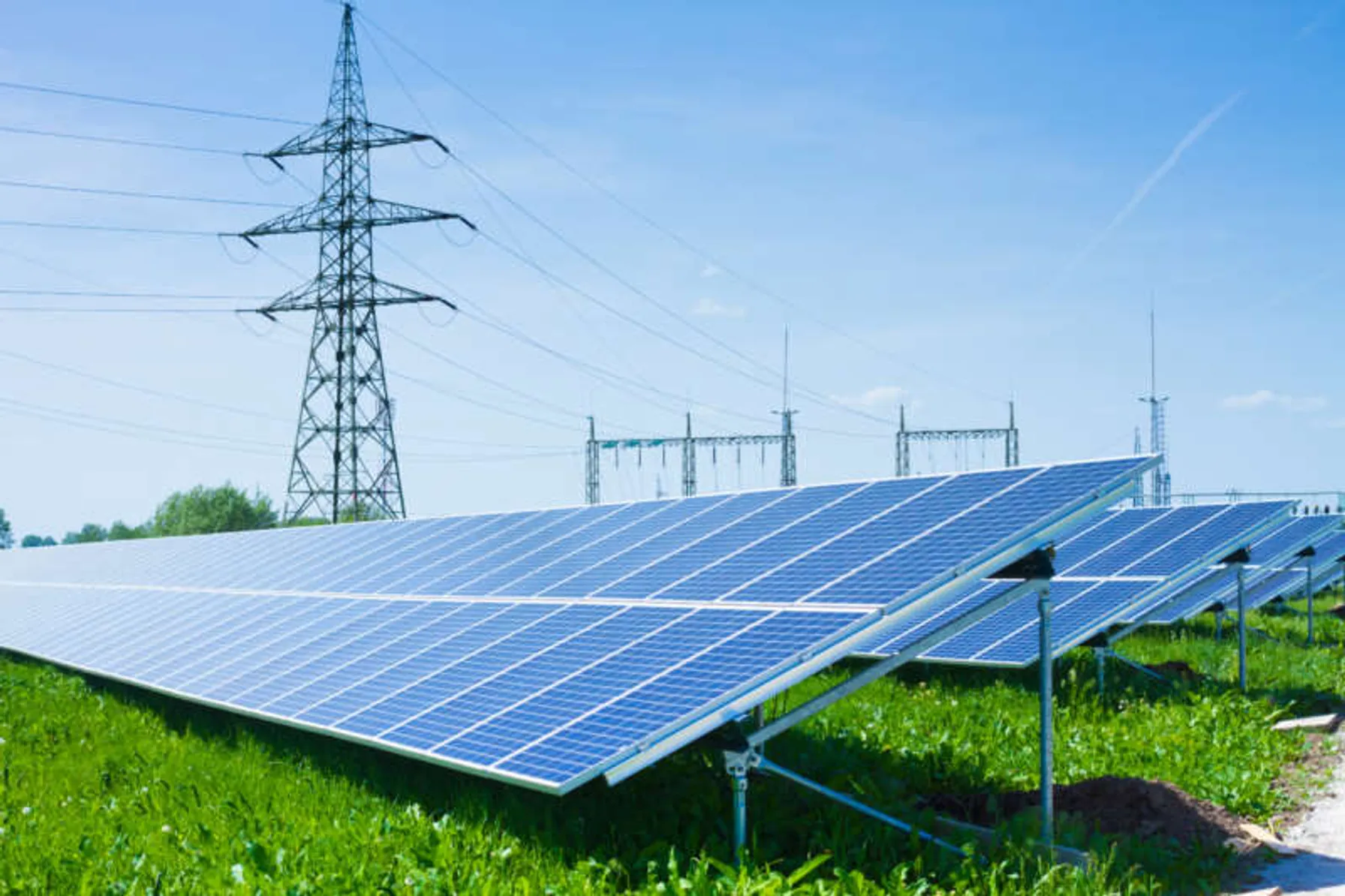
The Federal Energy Regulatory Commission (FERC) recently proposed actions to keep the regulatory process and requirements ahead of reliability risks resulting from the accelerated deployment of Inverter Based Resources (IBR) based solar, wind and battery storage projects.
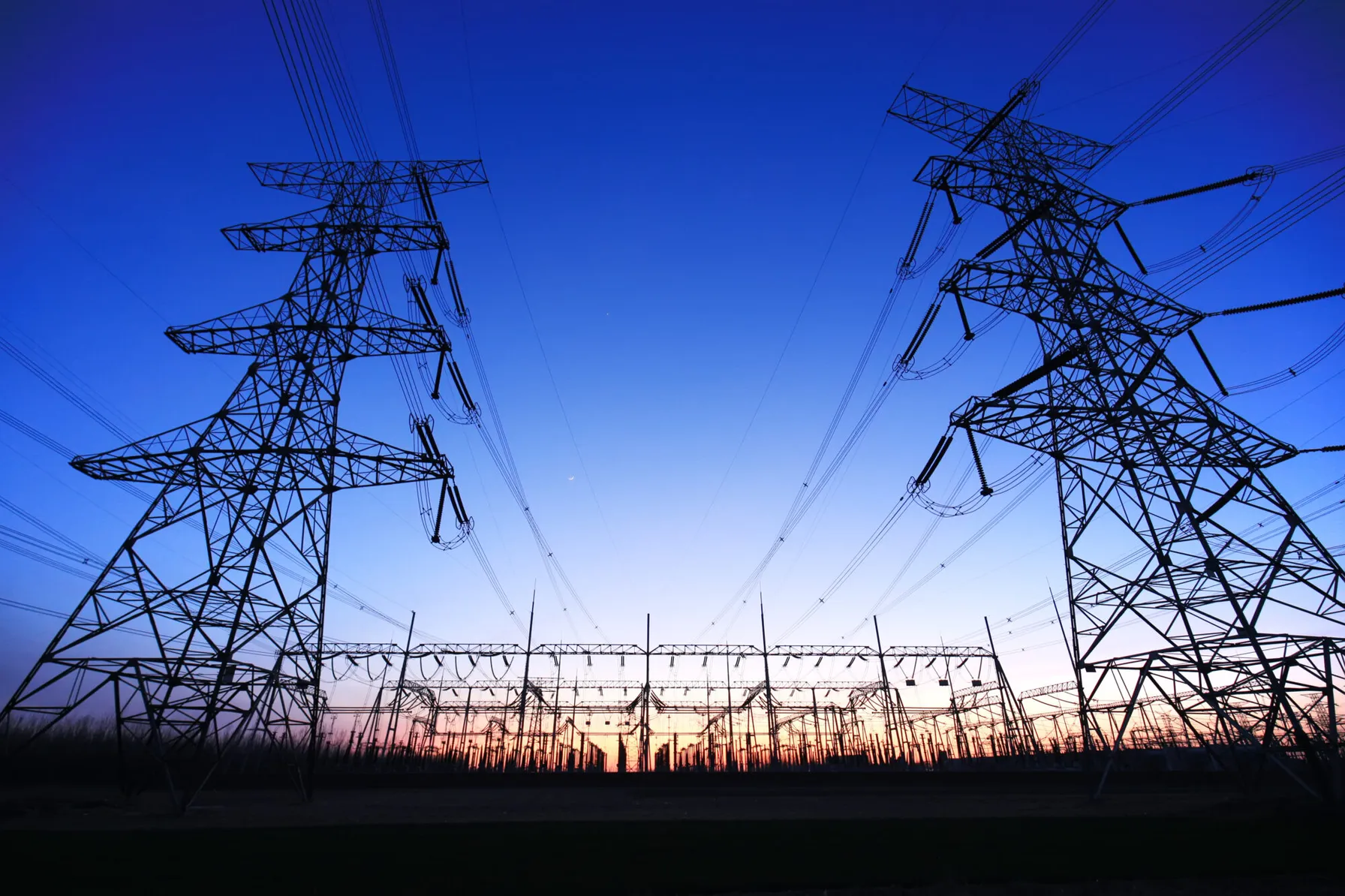
NERC report on best practices for utilities that have encountered facility ratings program challenges.
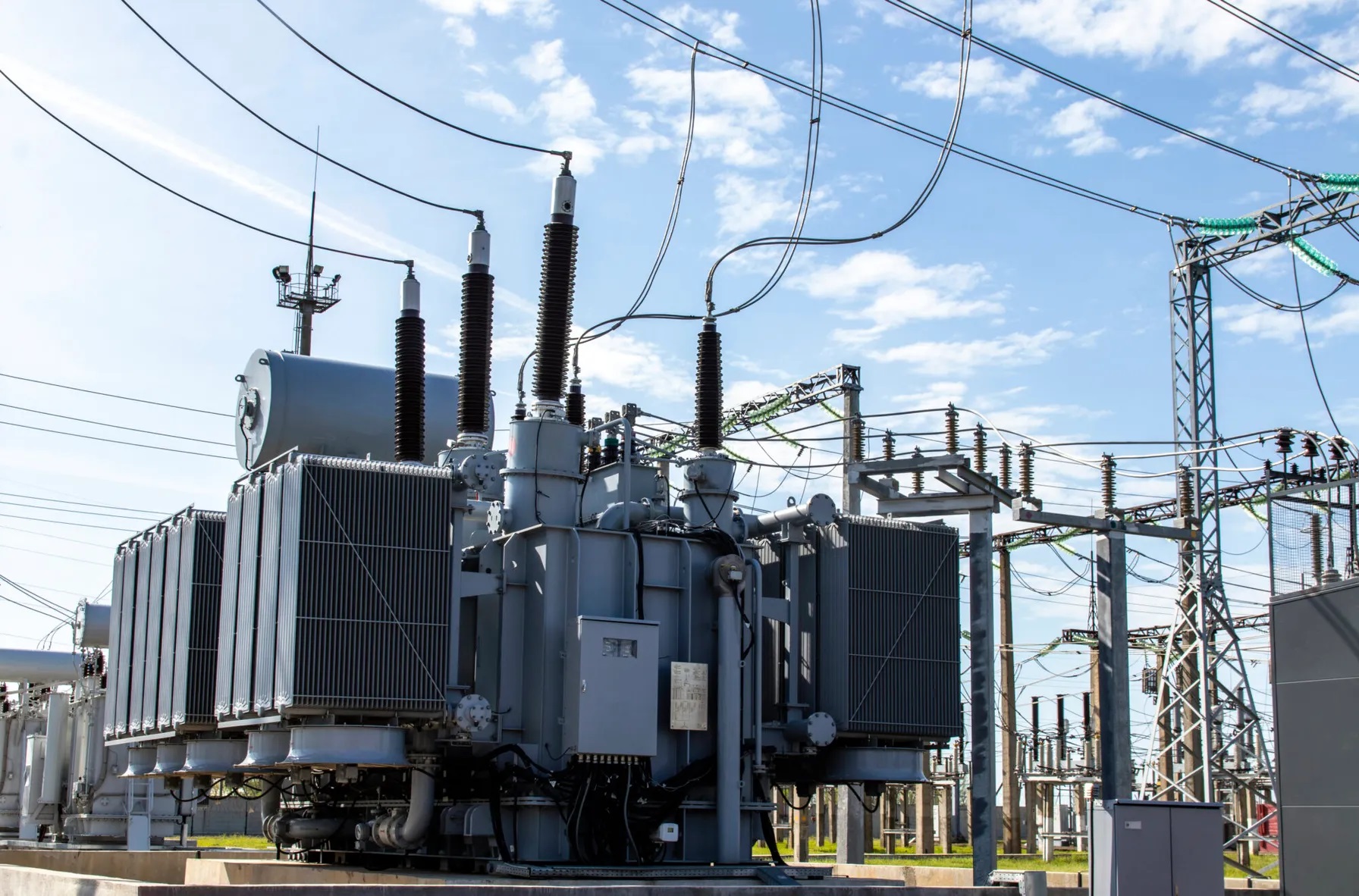
Steps to improve physical security at substations, chemical plants, pipelines, data centers, hospitals and other critical infrastructure
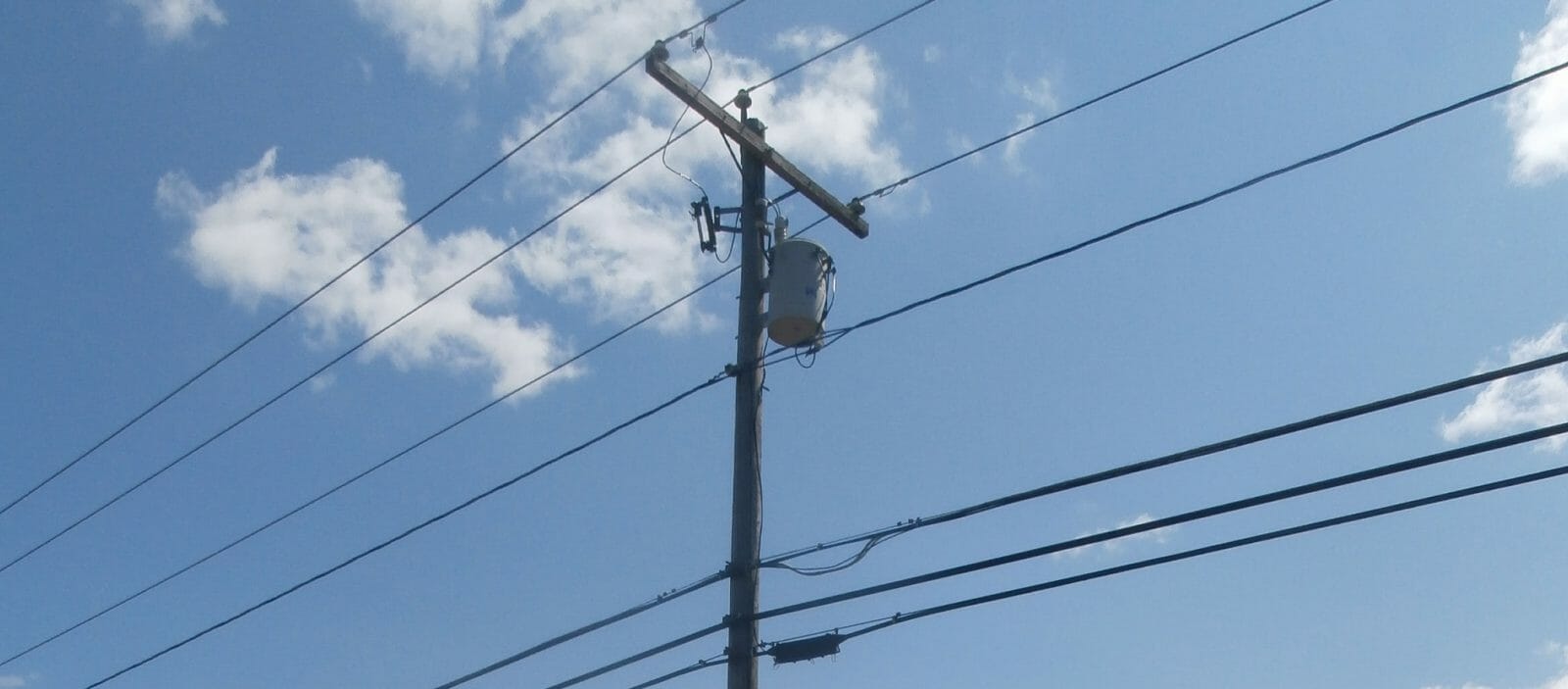
Follow these preliminary steps for long-term grid modernization project success

The rulemaking addresses improvements needed to reliably facilitate the power industry’s transition to renewable and distributed generating resources utilizing inverter-based technologies.
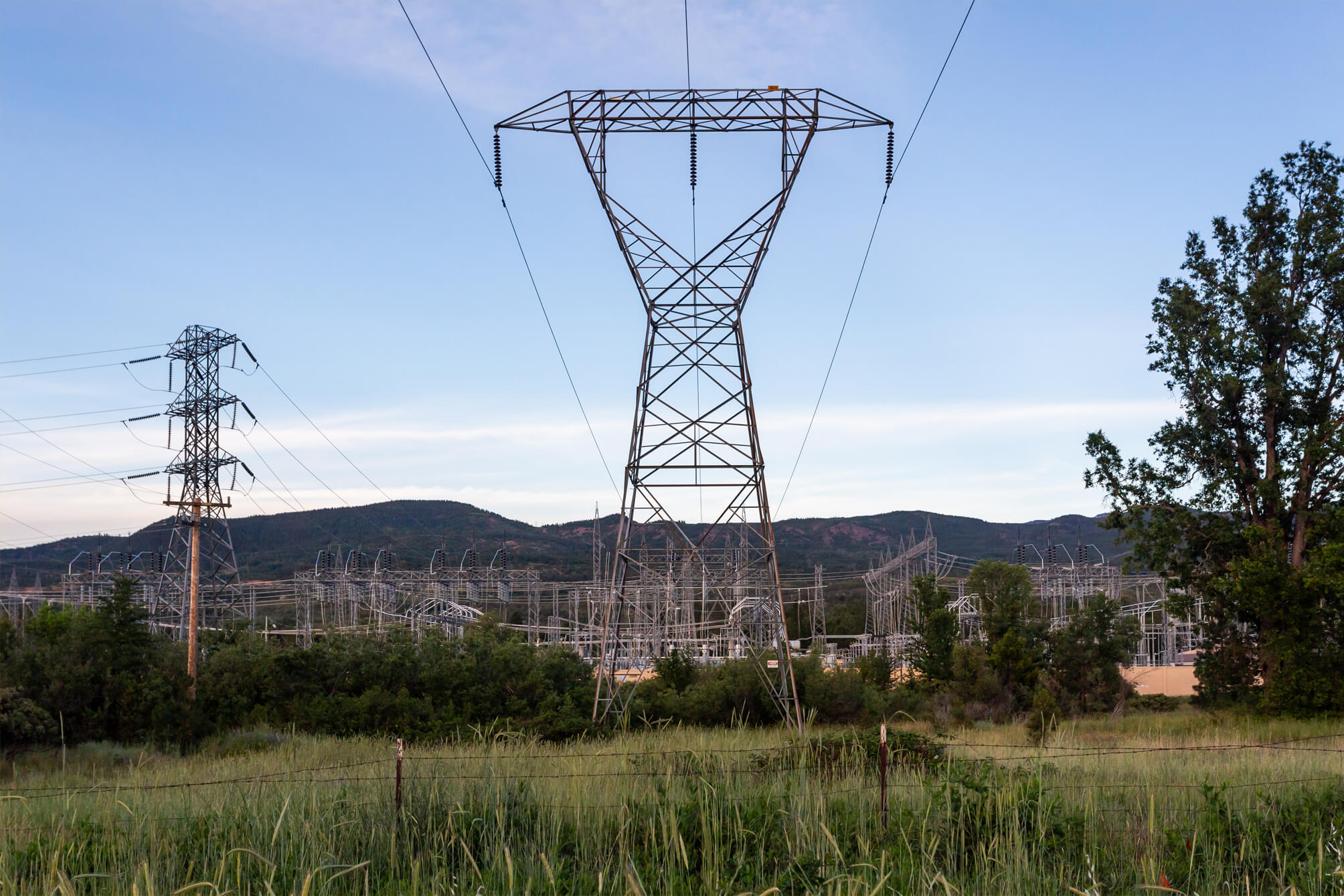
The North American Electric Reliability Corporation (NERC) recently released an Inverter-Based Resource (IBR) Strategy, which details the steps needed to successfully integrate IBR facilities into the planning and operation of the power system. The strategy was put in place due to the rapid interconnection of IBR systems, which are extensively used for solar and wind generating facilities, including new battery-based energy storage systems and are one of the most significant drivers of power grid transformation. Because of control system inconsistencies, IBR facilities pose well-documented risks to power system reliability when this strategy’s practices are not adhered to. NERC’s plan calls attention to the need for thoughtful integration of IBRs and identifies current and future work required to mitigate reliability risks resulting from the deployment of this technology.

Utilities are transforming the way they approach vegetation management programs, thanks to new advancements in technology.
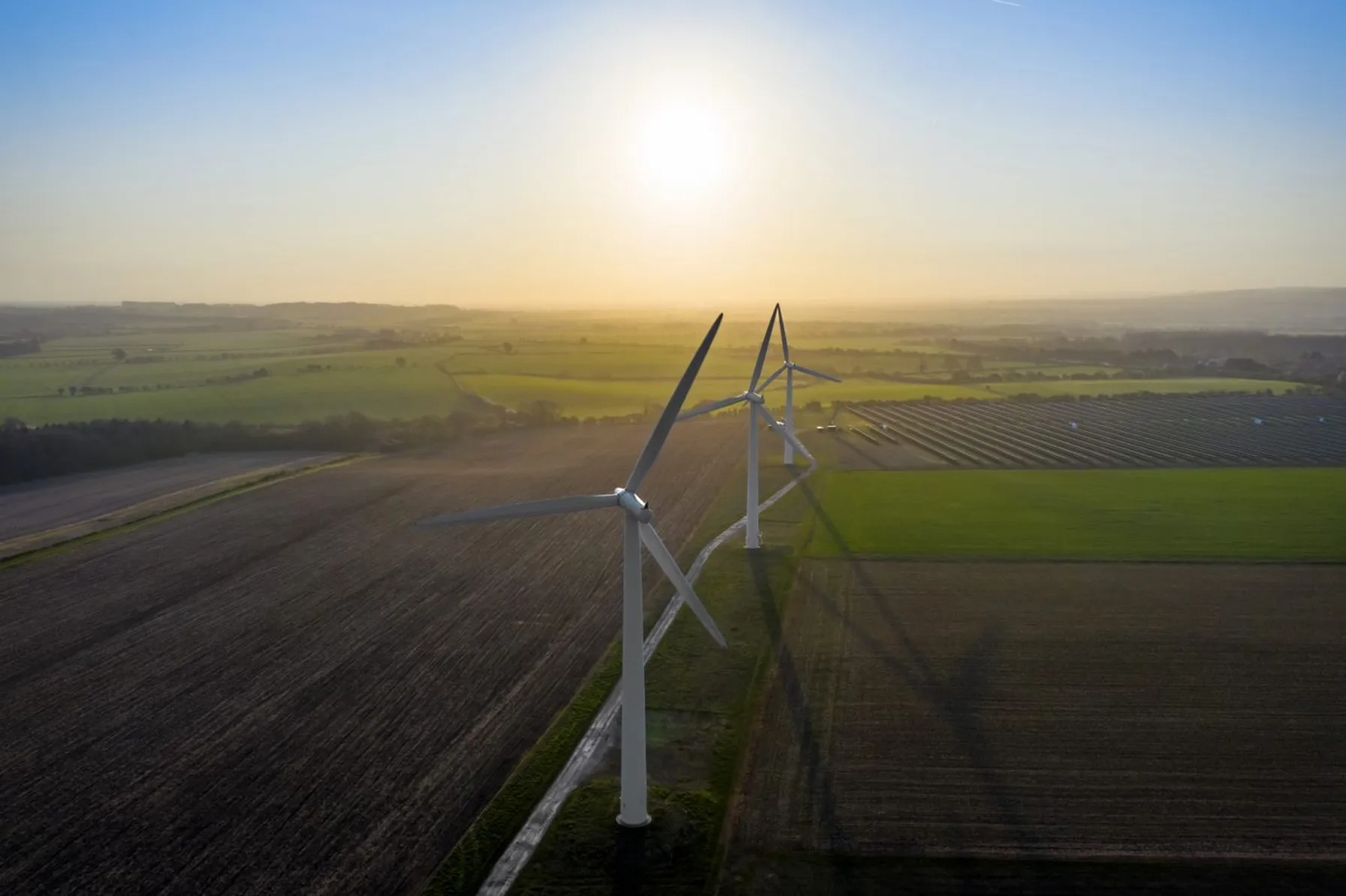
TRC’s Senior Vice President of Renewable answers key questions to help utilities and developers overcome challenges associated with an increase in renewable generation.

The North American Electric Reliability Corporation (NERC) recently released its 2022 State of Reliability report, which examines power system performance in calendar year 2021 and evaluates reliability performance trends. The 2022 report identified six key findings regarding power system performance that are summarized as follows:

Produced and hosted by the staff of TRC’s Advanced Energy practice, the podcasts are a forum for current trends in the energy industry.

For community leaders, rebuilding in the wake of disasters creates an opportunity to do more than simply replace homes with the fastest, least-expensive structures.
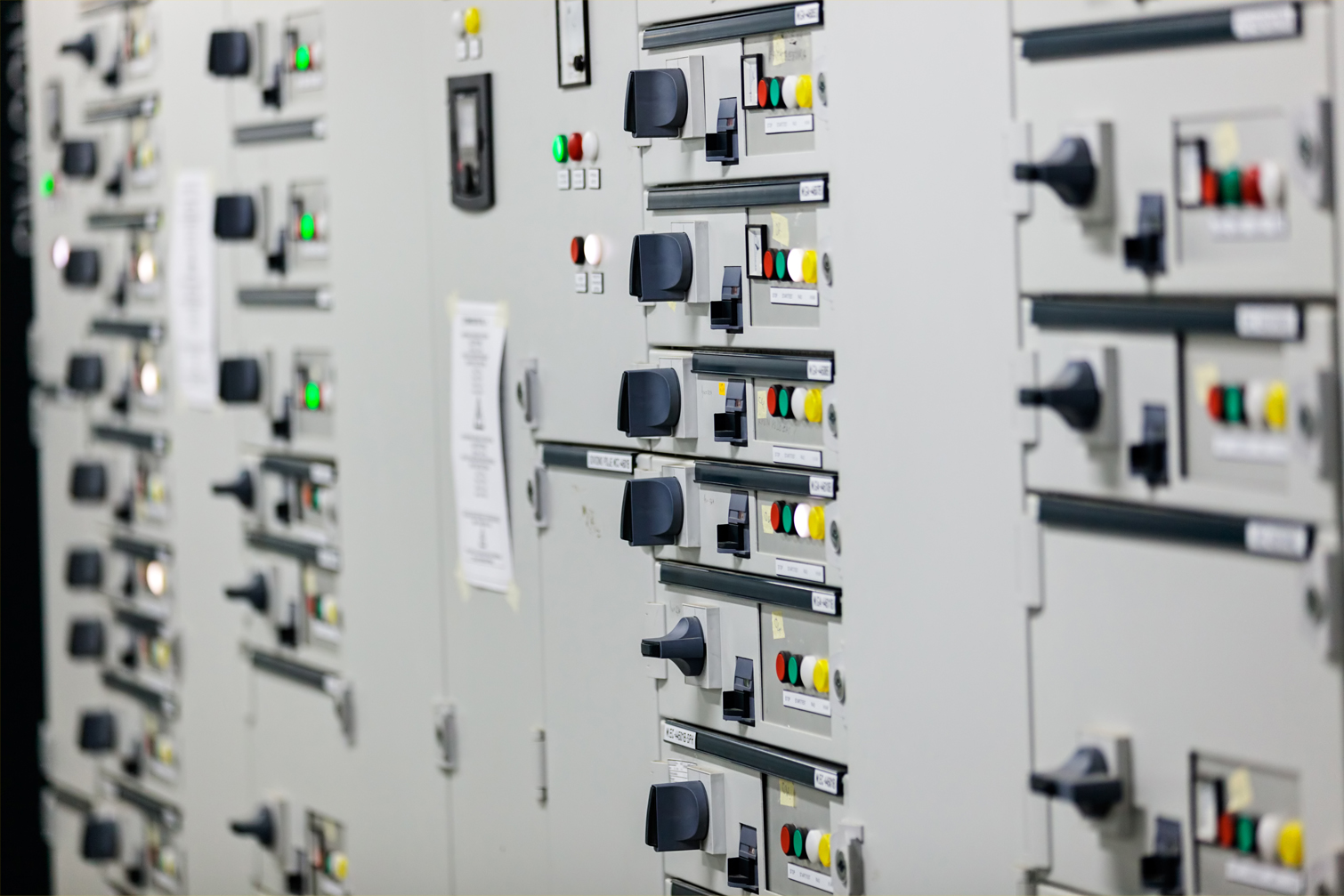
NERC has proposed implementation guidance for PRC-019-2, the standard that verifies coordination of generating unit facility or synchronous condenser voltage regulating controls, limit functions, equipment capabilities and protection system settings.

Achieve better outcomes using a modern geospatial platform approach that connects systems and increases data accuracy.
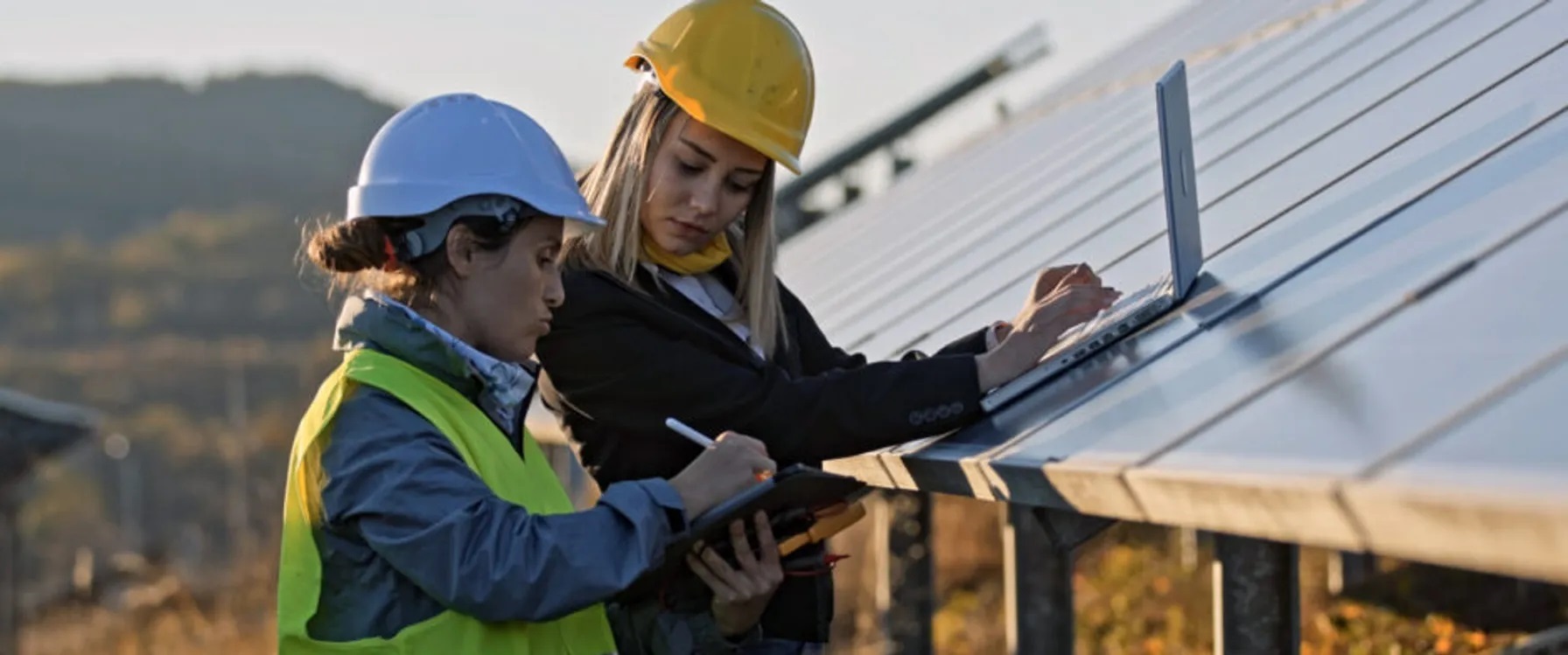
Cet article a été rédigé à l’origine par Locana, qui fait maintenant partie de TRC. Les solutions basées sur la localisation fournissent une grande valeur commerciale à vos données et applications opérationnelles La qualité et l’exhaustivité des données sont importantes Le coût de faire des affaires n’a jamais été aussi axé sur les données. En effet, à mesure que la quantité de données continue d’augmenter de façon exponentielle, la qualité des données devient plus difficile à atteindre et plus précieuse. Sans cela, les entreprises non seulement obtiennent de mauvais résultats, mais perdent également de l’argent. Gartner a estimé que de mauvaises données peuvent coûter aux entreprises 15 millions de dollars par an en moyenne. Et d’autres recherches estiment que les entreprises perdent jusqu’à 30% de leurs revenus en moyenne en raison de la faible qualité des données. Pour que les entreprises prospèrent dans une économie axée sur les données, elles ont besoin d’une qualité qui assure une prise de décision optimale et un avantage concurrentiel. C’est là que l’enrichissement des données basé sur la localisation entre en jeu. En utilisant diverses méthodologies et ensembles d’outils d’optimisation des données, l’enrichissement des données facilite l’amélioration de vos systèmes, applications, produits et services qui reposent sur des données de haute qualité. Plus précisément, l’enrichissement basé sur la localisation organise et intègre les informations autour de la géographie, connectant les données stockées dans plusieurs départements et auprès des fournisseurs 3rd party. Qu’il s’agisse d’ajouter un emplacement à des données existantes ou d’utiliser l’emplacement pour intégrer des informations, l’enrichissement basé sur la localisation améliore l’actualité, l’exhaustivité et la précision, afin de prendre de meilleures décisions et d’optimiser les opérations. Contactez-nous

Reliability Standards FAC-001-4 and FAC-002-will resolve uncertainty regarding the meaning of “materially modify” under the currently effective standards.
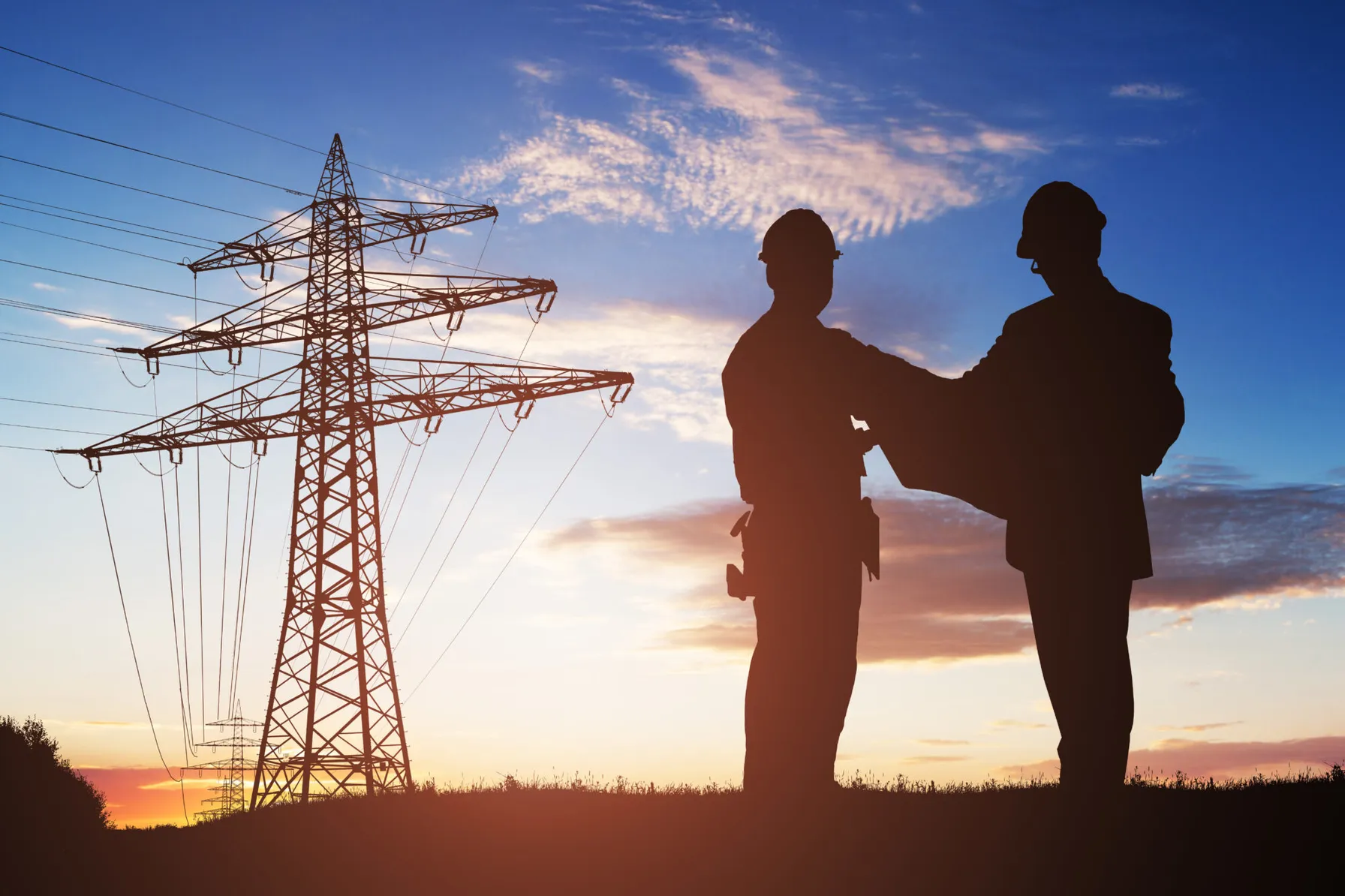
Updated Order will have significant impact on NERC compliance programs related to both PRC standards and facilities ratings. Utilities should review the Order’s requirements and prepare for changes needed to remain compliant.

TRC’s panel of experts discuss how the telecommunications industry can prepare for the rapid increase in broadband activity across the county.

Locana, a global leader in technology consulting and geospatial systems development, announced Brookings Municipal Utilities (BMU) successful deployment of a modern geospatial enterprise leveraging Locana services.
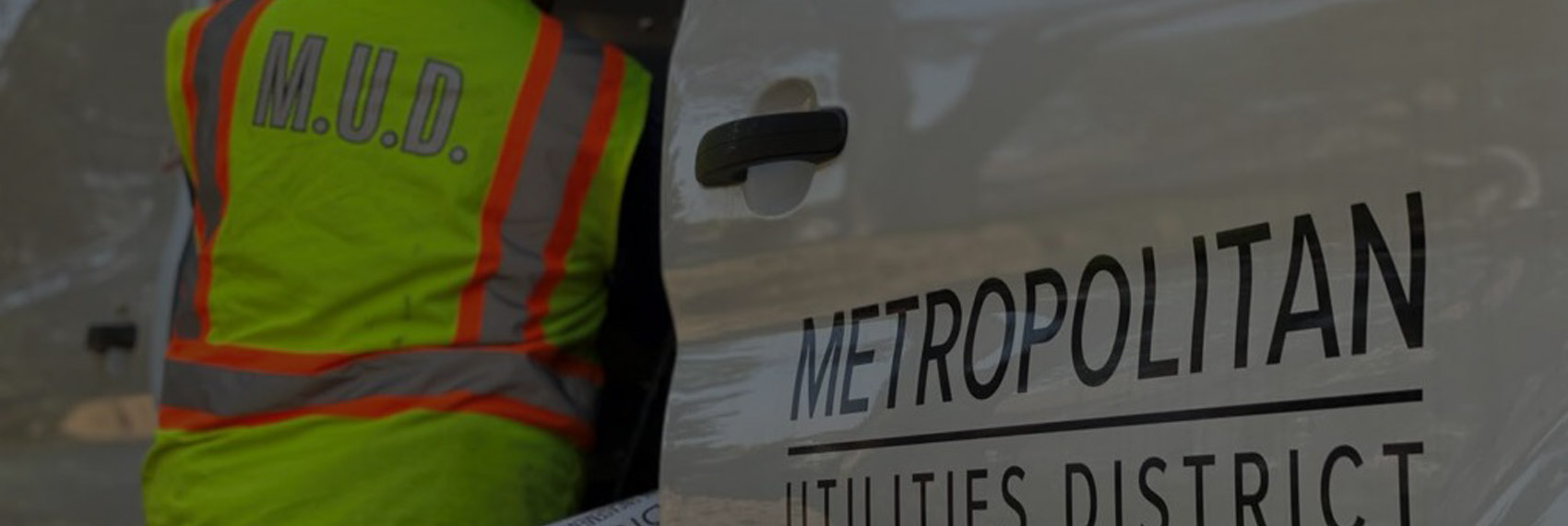
Locana, a global leader in technology consulting and geospatial systems development, today announced the successful deployment of its LemurSM Solution by Omaha Metropolitan Utilities District (M.U.D.).

Protecting against new threats and staying on top of constantly changing security guidance requires agility.
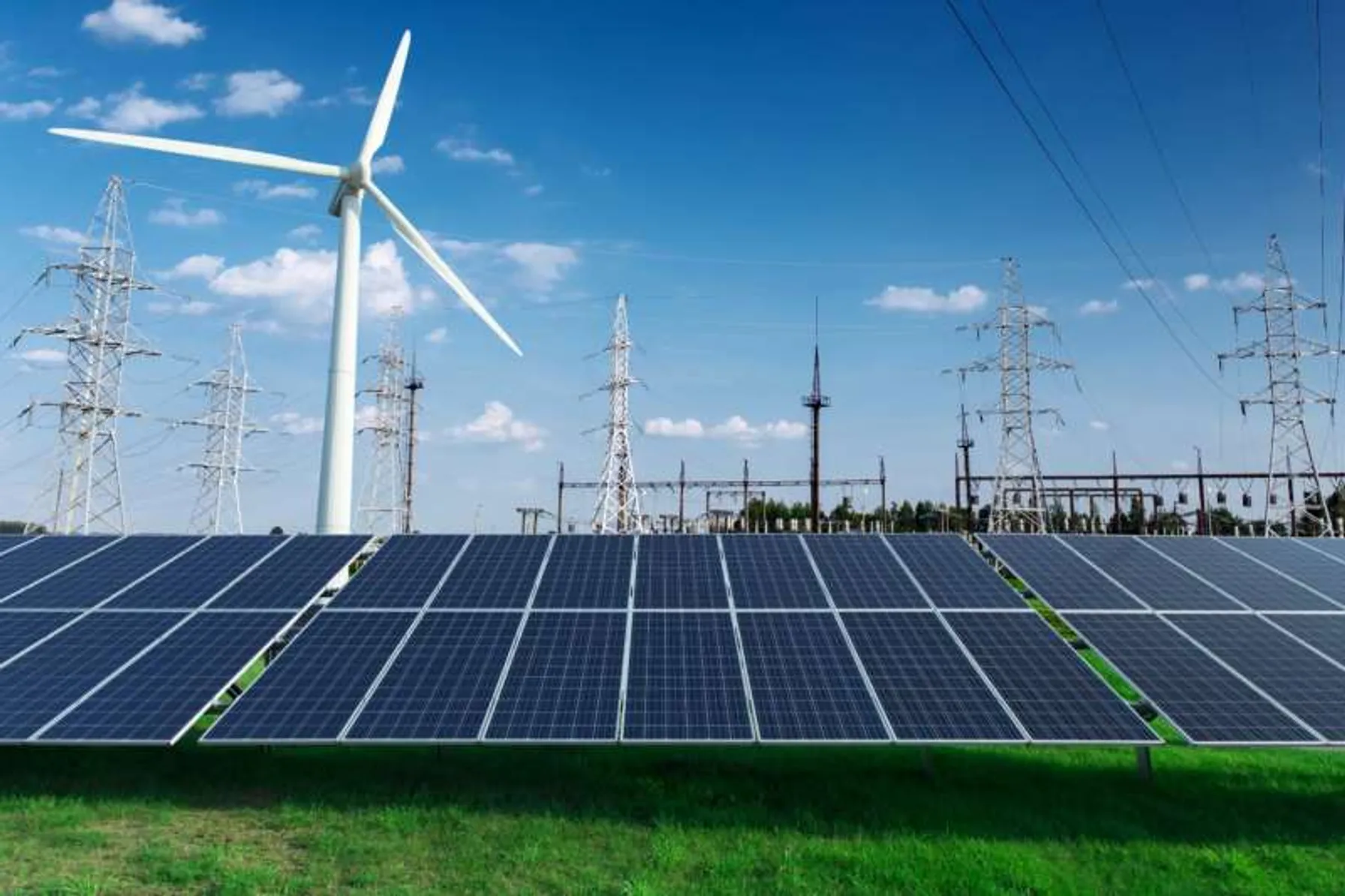
Changes to PRC-024-3 in support of inverter-based generation performance are going into effect in October of this year. Interconnection programs and documentation procedures may need to be updated in order to maintain compliance.

View our webinar replay of our IIJA funding initiatives webinar with Jigar Shah, Director of the Loan Programs Office – US Department of Energy.

There are significant technical challenges involved in implementing Dynamic Line Ratings in the planning and operation of utility systems. Utilities should be prepared to modify their NERC compliance programs as necessary to address the potential introduction of DLR in their businesses.

Creating intrinsically motivated safety cultures within nuclear power plants is imperative, especially during the decommissioning process. Employees’ long-standing beliefs and attitudes often determine their decisions and actions, so cultivating a safety-first culture requires commitment and accountability.

As we plan for and make early investments for fleets, we’ll be paving the way for higher degrees of market penetration of passenger vehicles and other modes of transportation as well.
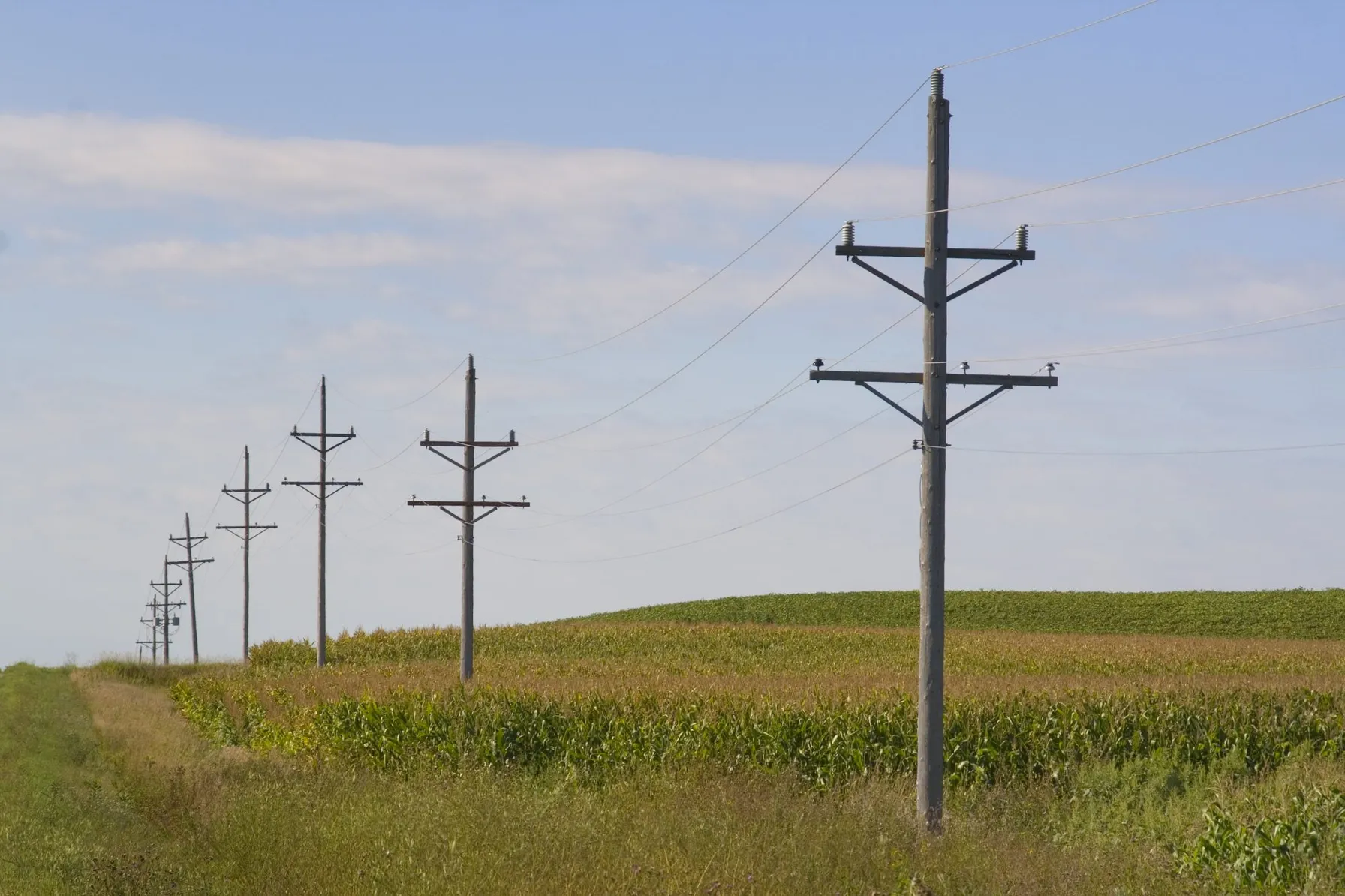
Otter Tail Power Company selects TRC to serve as systems integrator for their AMI program covering northwestern Minnesota, eastern North Dakota, and northeastern South Dakota.
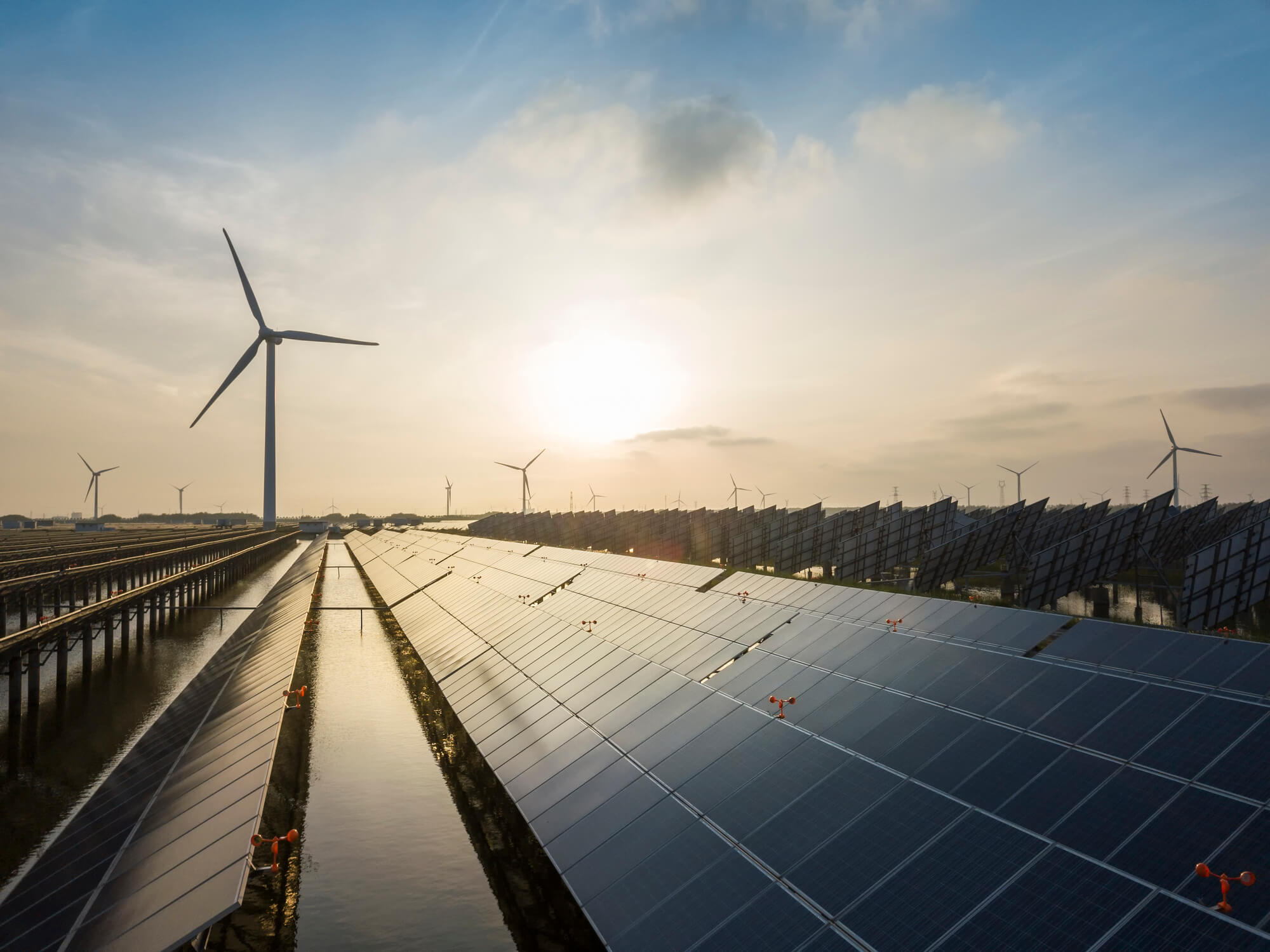
Modernizing utility equipment, standards and processes pays dividends for improved safety, security and reliability. But transitioning to a new high-tech system model can be challenging.

NERC has issued a new report highlighting the key attributes of various inverter controls to support proper implementation and to protect reliability.

Find out how reach code initiatives are driving decarbonization with TRC. Our team offers decarbonization consulting and solutions. Turn To The Experts at TRC!
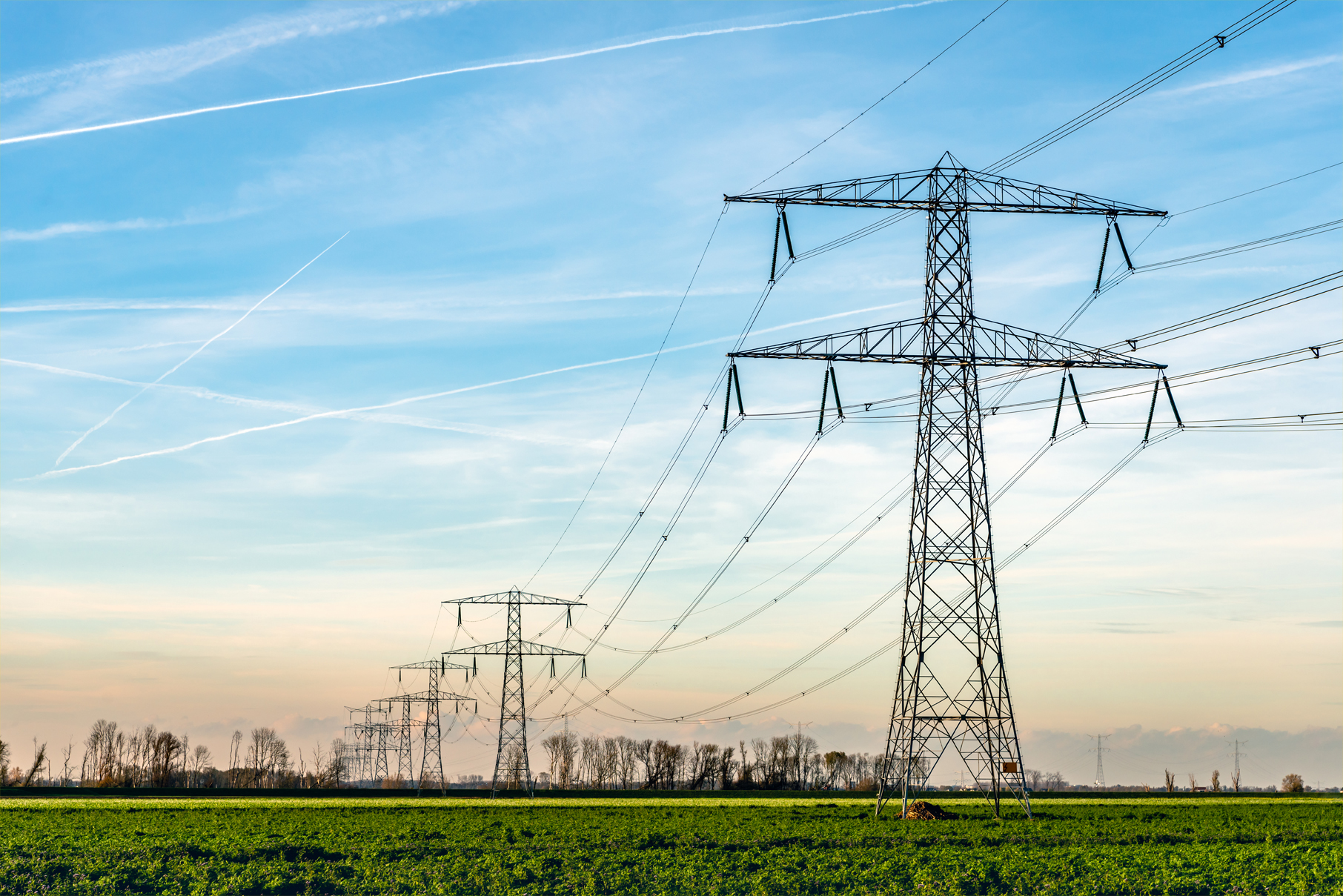
In a recently released reliability guideline, NERC recommends additional approaches for Underfrequency Load Shedding (UFLS) program design to help utilities effectively consider the effects of Distributed Energy Resources (DERs). The guidance was developed to address the accelerated transition of the power system to locally installed, decarbonized resources that depend on inverters. These new technologies introduce operational controls issues into the electric grid. UFLS data gathering and analysis methodologies may require modification to address reliability risks.

Faced with an aging fleet, stricter environmental regulations, reduced costs for natural gas and competition from renewables, more than 600 power plants have been decommissioned in the last 20 years, a pace that will increase with the announced closure of nearly 350 additional plants by 2025.

La FERC a publié le projet d’émission O. 2222 pour permettre aux ressources énergétiques distribuées (DER) de mieux participer aux côtés des ressources traditionnelles dans les marchés de gros régionaux et organisés.

Carbon elimination of the magnitude needed to address climate change requires systems-level change that can only be reached by incremental, ground-up progress, building upon what we have achieved thus far.
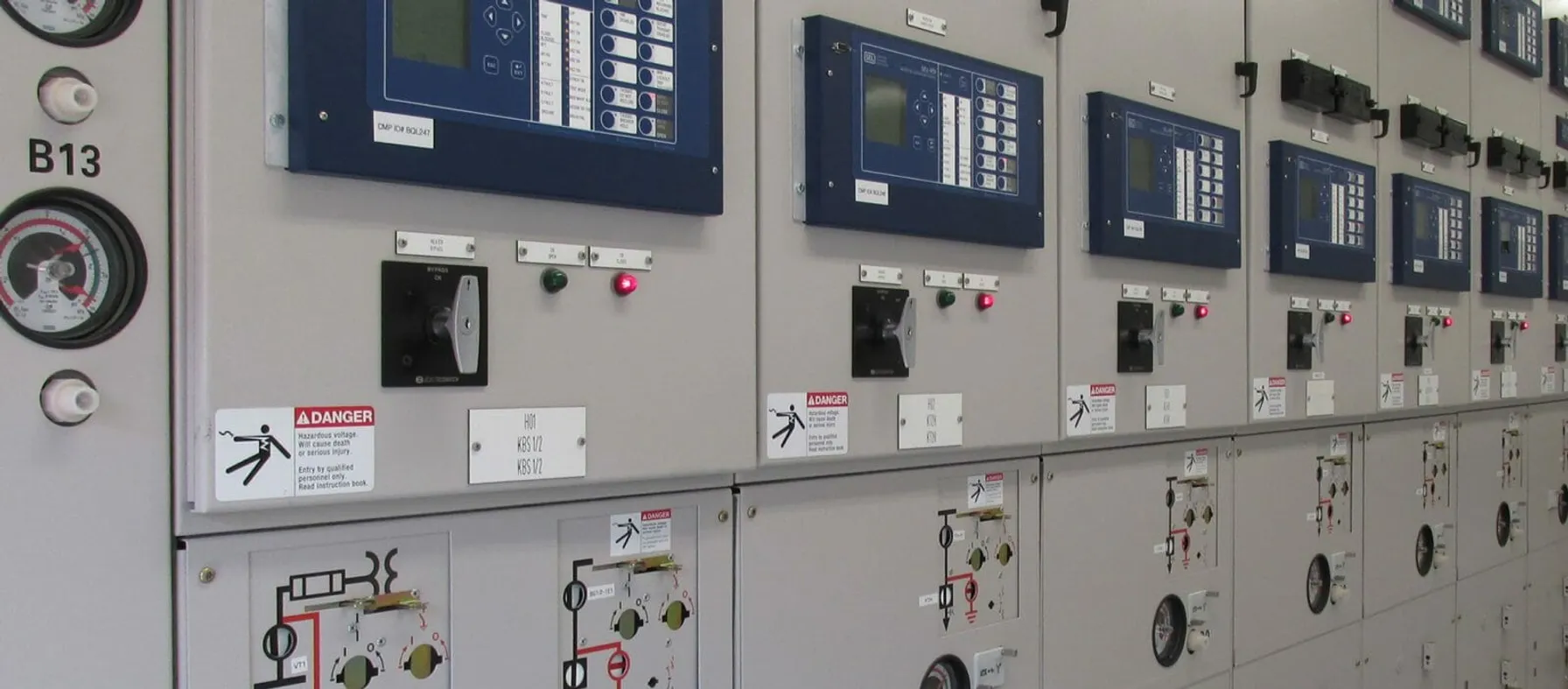
Between 18 and 36 percent of reported utility misoperations were attributed to issues that could have been detected through a properly implemented PSC.

Wind power has become a major source of energy that has gained traction across the world. As the push for more sustainable energy practices and technologies increases, so does the importance of harnessing wind as a power source.
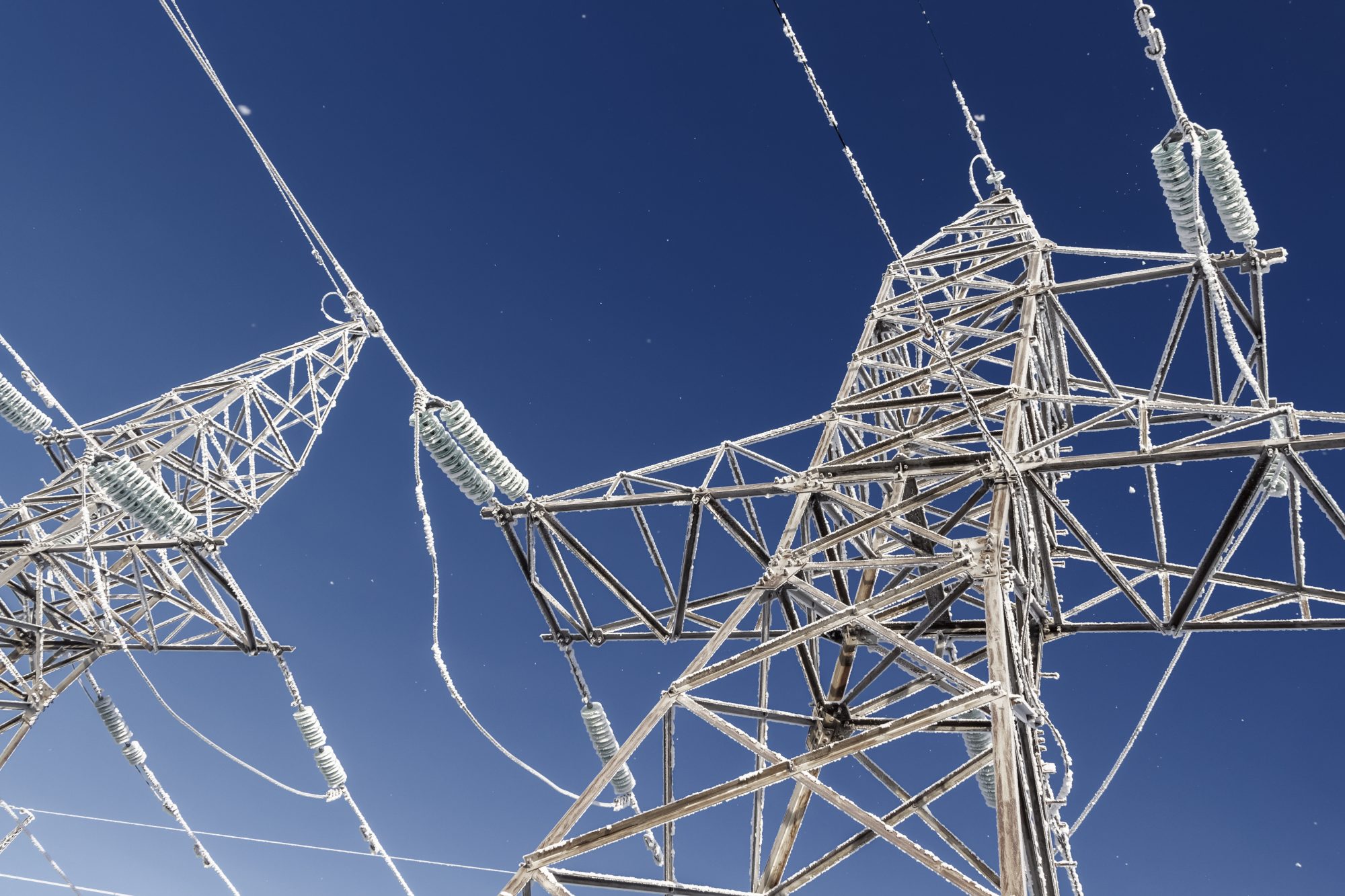
The in-depth report outlines twenty-eight recommendations to address freeze reliability failures, including operating practices and recommendations for NERC standards modifications surrounding generator winterization and gas-electric coordination.

In this episode of TRC Talks, our experts discuss how the Power Academy training program is helping utilities mitigate these impacts by building the critical technical, safety and business qualifications required for success.

Carbon elimination of the magnitude needed to address climate change requires systems-level change that can only be reached by incremental, ground-up progress, building upon what we have achieved thus far.

At its November 2021 meeting, NERC’s Board of Trustees took aggressive action to advance critical cold weather Reliability Standards. Most notably, the group approved the 2022-2024 Reliability Standards Development Plan, which prioritizes standards projects for the coming years including a resolution to include new cold weather operations, preparedness and coordination standards as high priority development projects.
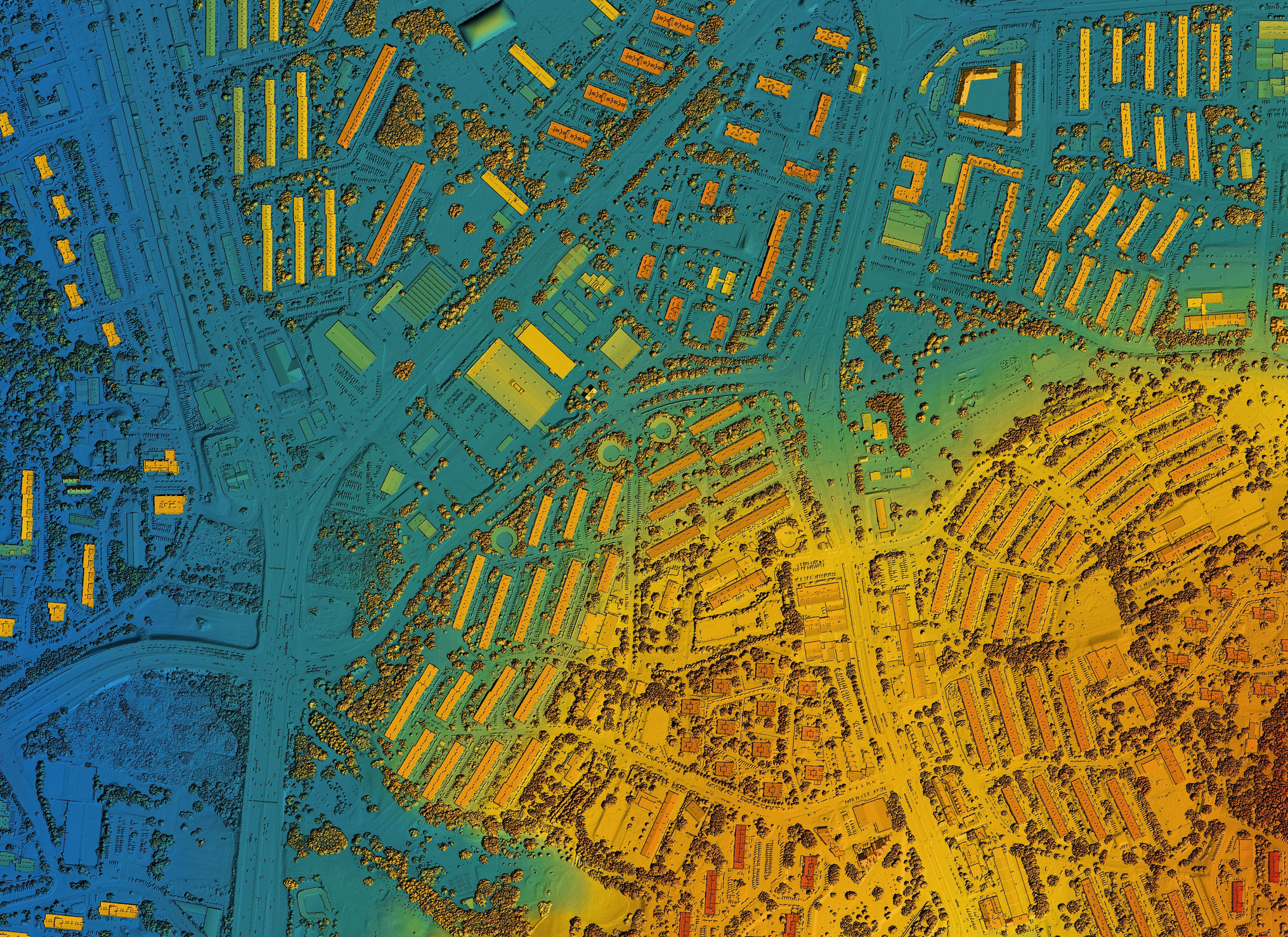
The utility industry is under tremendous transformation, and more companies are working toward a clean energy future.
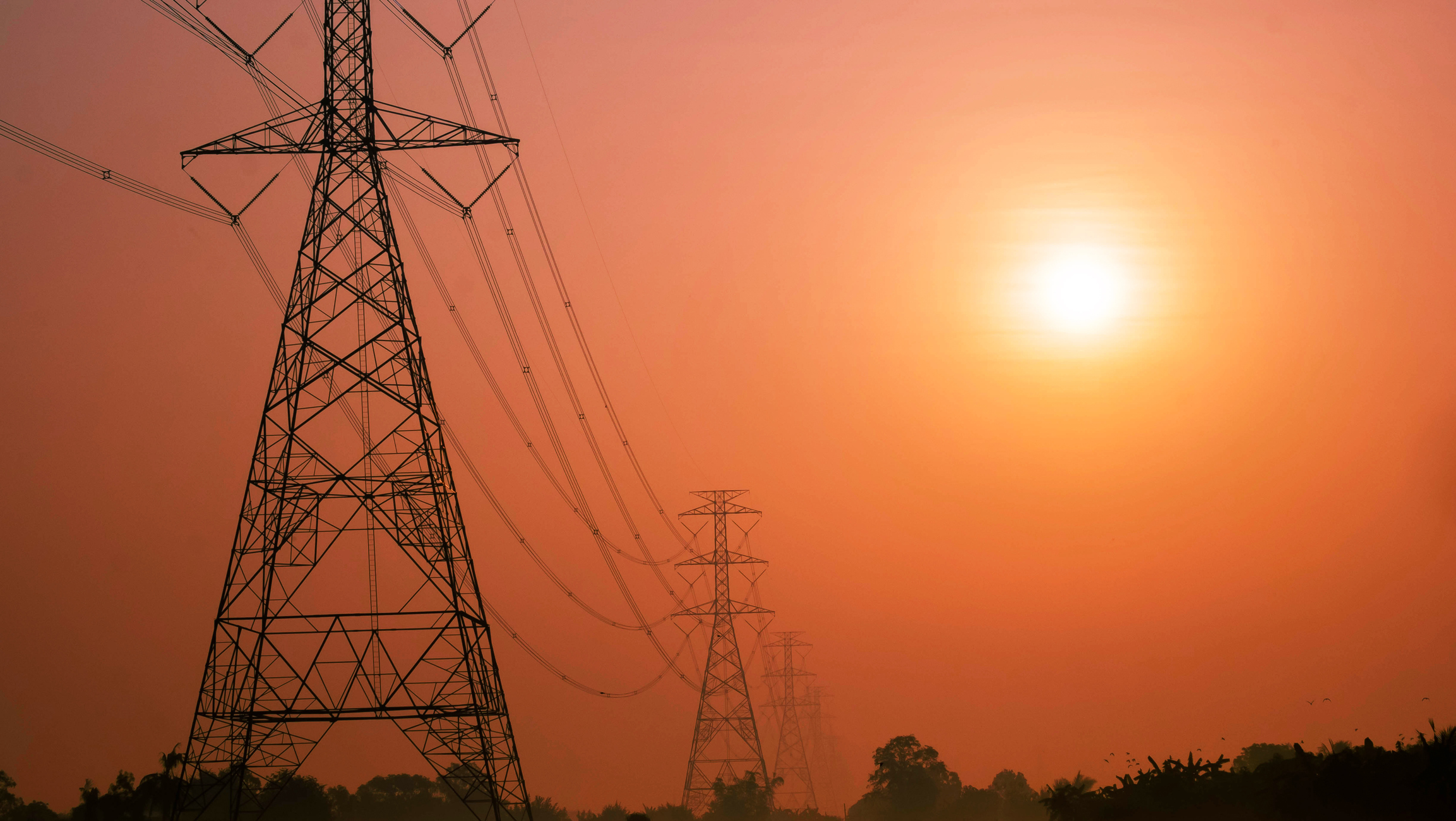
The Federal Energy Regulatory Commission approved PRC-002-2 in September, 2015. The initial due date for system studies necessary to identify locations for the collection of disturbance related data under Requirement R1 is January 1, 2017.

There are compelling reasons to be optimistic about the outcomes of the COP26 meeting. Notably, agreement among all nations that more needs to be done, by both private and governmental bodies, to contain and mitigate climate change.
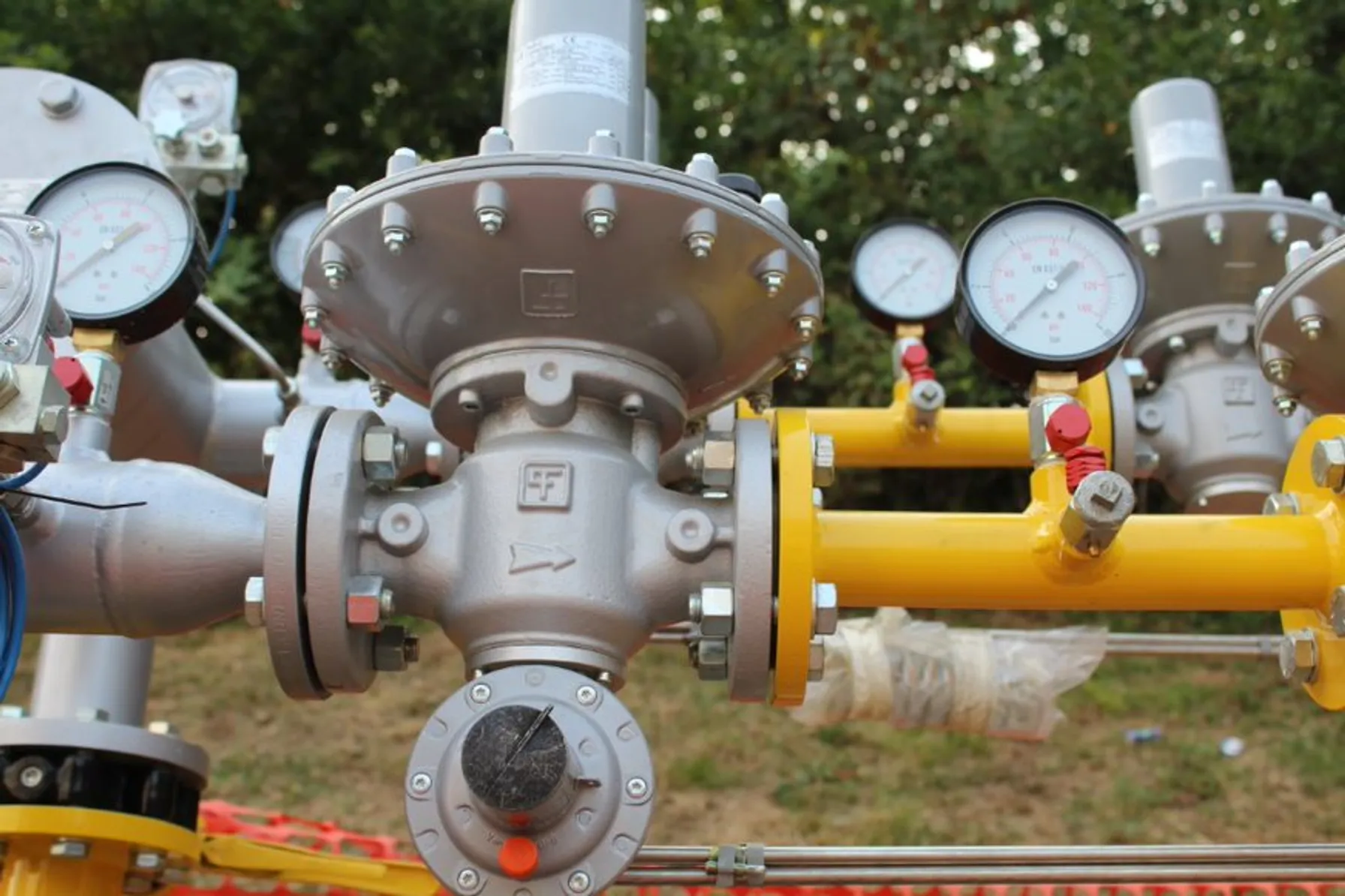
Most industry experts agree that weather aside, the global energy and gas markets are likely to remain uncertain with supply and market demand becoming tighter and more challenging to forecast.

With the increased energy demands comes a need to better manage how suppliers route their power. Power transmission engineers step in to fill this role.

Protecting our critical energy infrastructure from physical security threats is certainly not a game, but the process can take some important lessons from the game of chess.
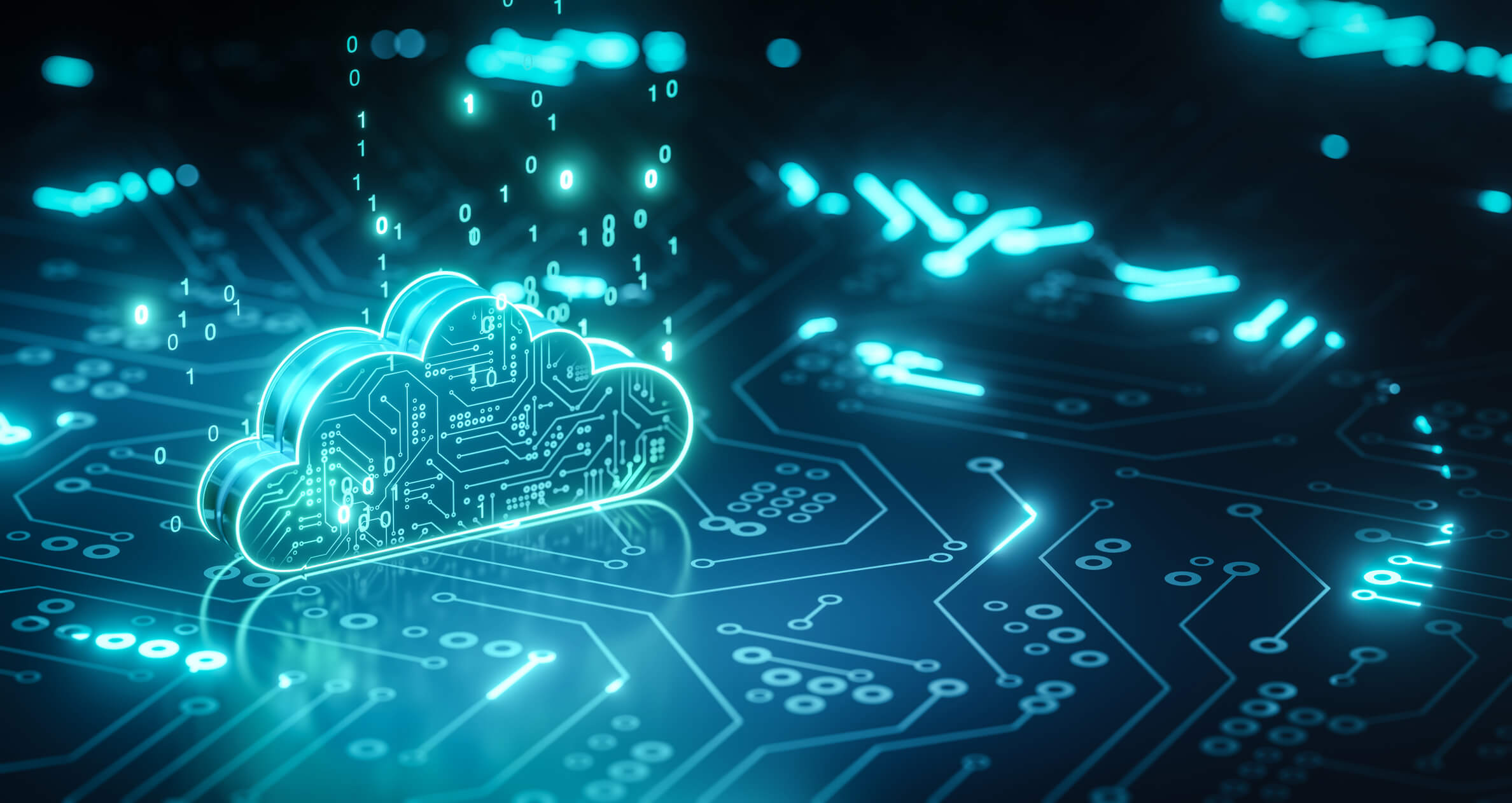
For any GIS manager or IT professional tasked with implementing ArcGIS Utility Network (UN), knowing where to start can be daunting. If not properly planned, a UN setup in the cloud can be significantly more expensive and less accessible, stable, and secure.
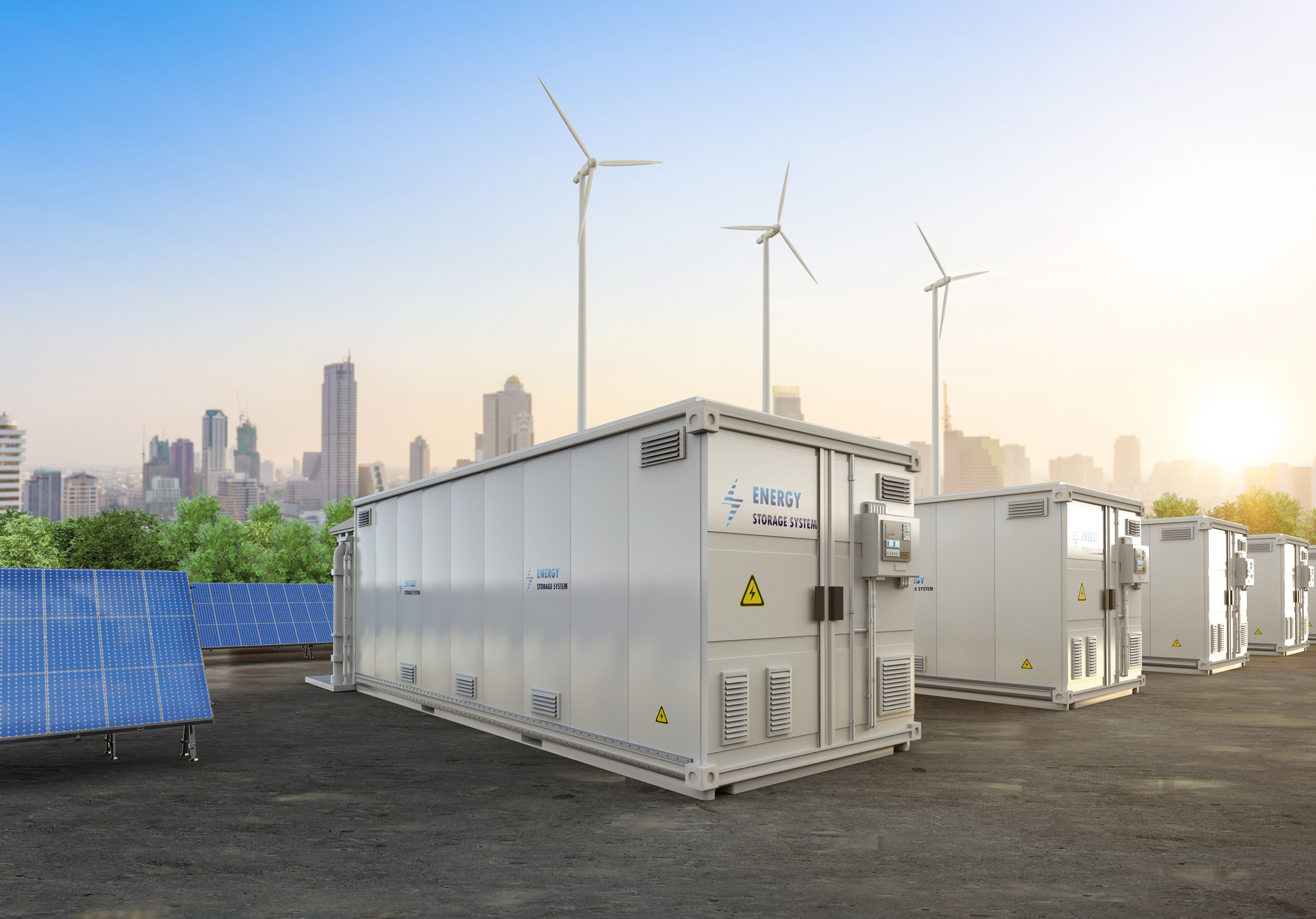
For more than five decades, TRC has brought efficient, resilient energy systems to the world. We understand the challenges of implementing energy storage projects.
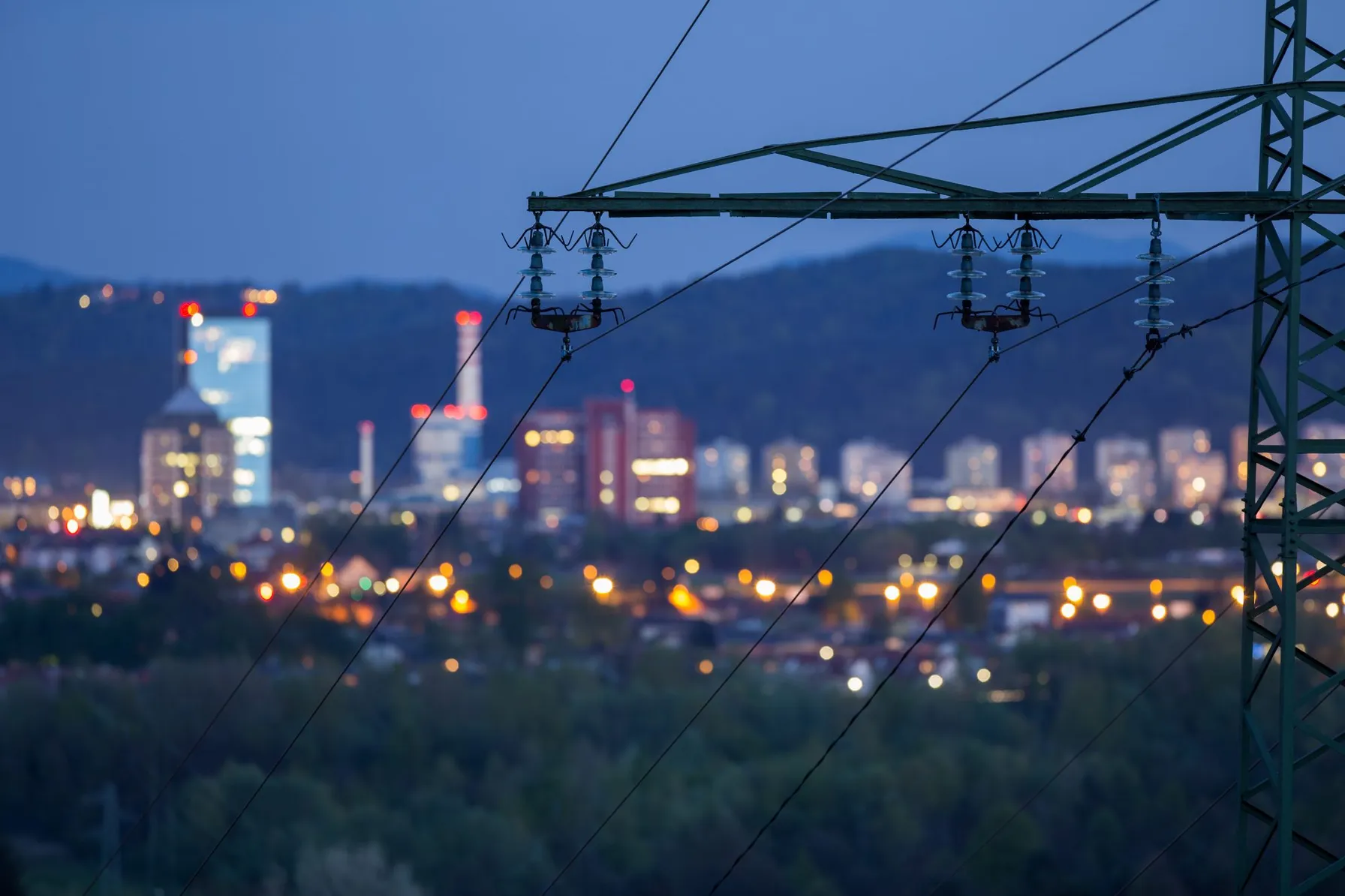
With a focus on the reliability impact of extreme weather and the shortcomings of current system planning approaches, both NERC and FERC conference participants opened the door to potential forthcoming compliance standard enhancements or changes.

All-Source Competitive Solicitations offer utilities an alternative to centralized planning, construction and dispatch of power supplies, helping to usher in a new era of market-driven technology innovation.
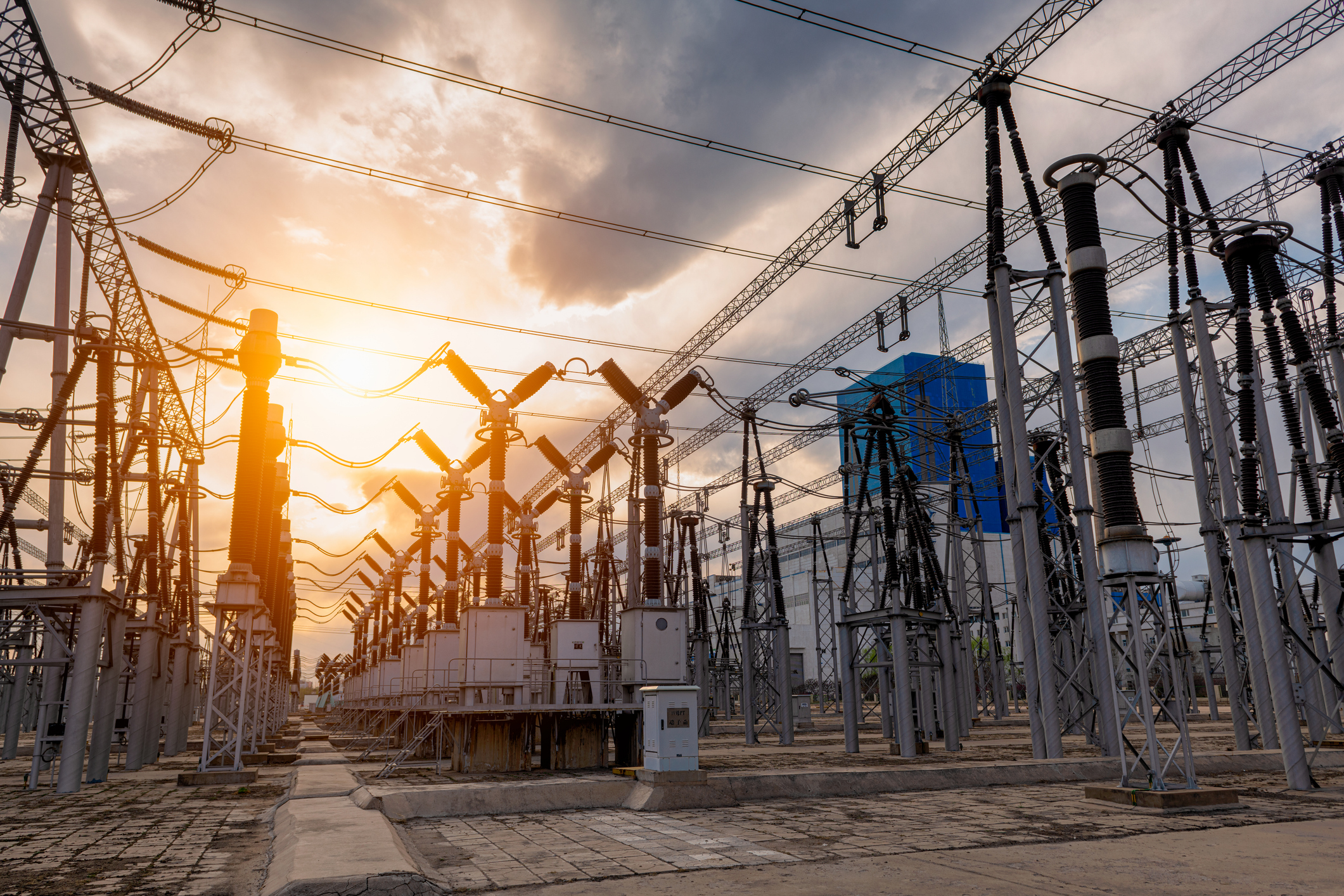
Les systèmes de distribution électrique s’appuient sur une technologie sophistiquée pour fournir de l’énergie en cas de besoin. L’électricité est produite à la demande, ce qui signifie qu’il y a souvent des périodes de pointe où les fournisseurs voient un plus grand besoin d’électricité et le système doit s’avérer réactif.

TRC’s analysis for one client fleet shows that even a $70,000 EV can compete on cost with a comparable gas-hybrid vehicle priced at $40,000 – at least in California where upfront and ongoing incentives stack up quickly.
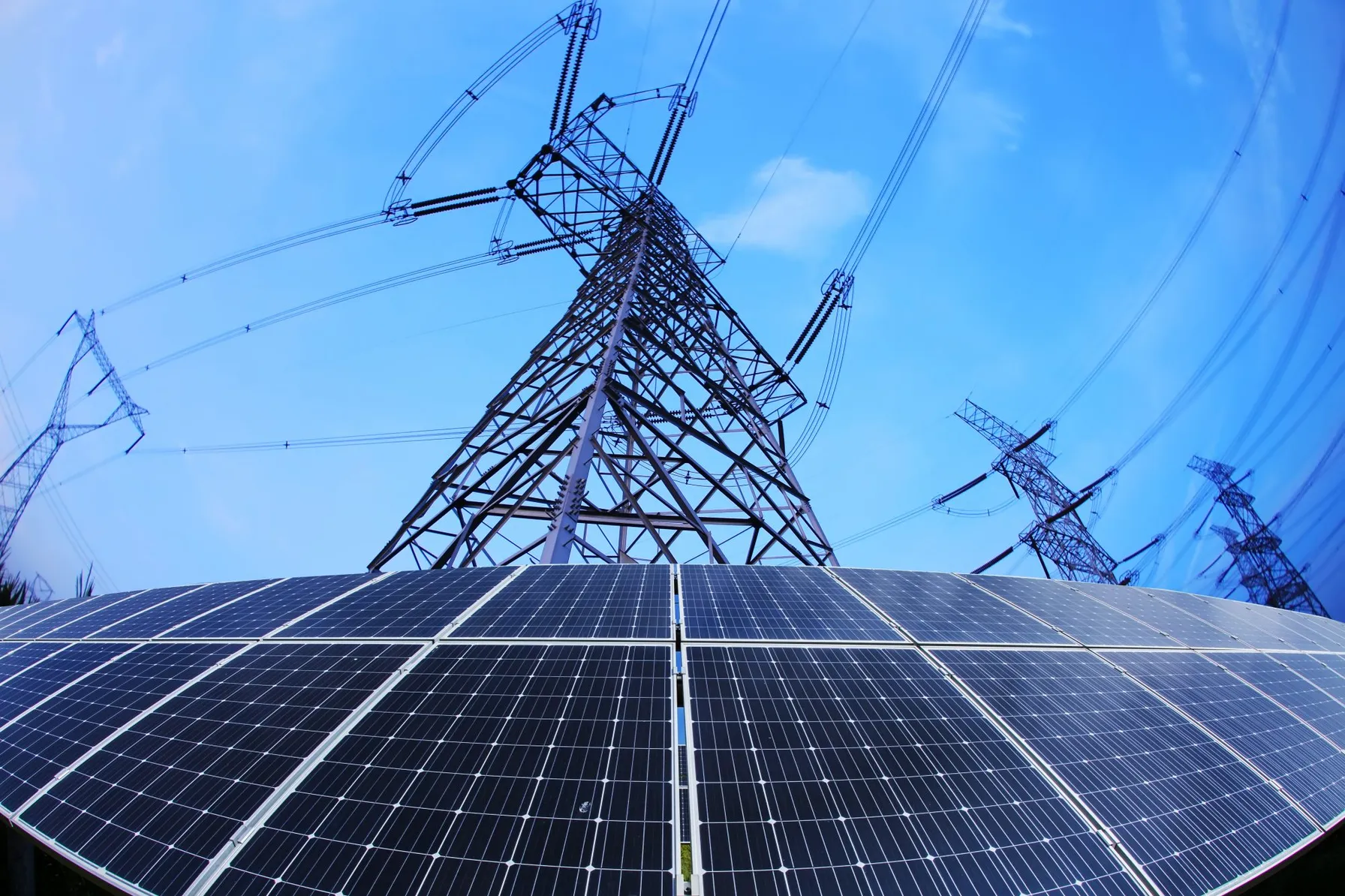
While NERC has analyzed multiple similar events in California, this is the first disturbance involving a widespread reduction of PV resource power output observed in the Texas Interconnection.
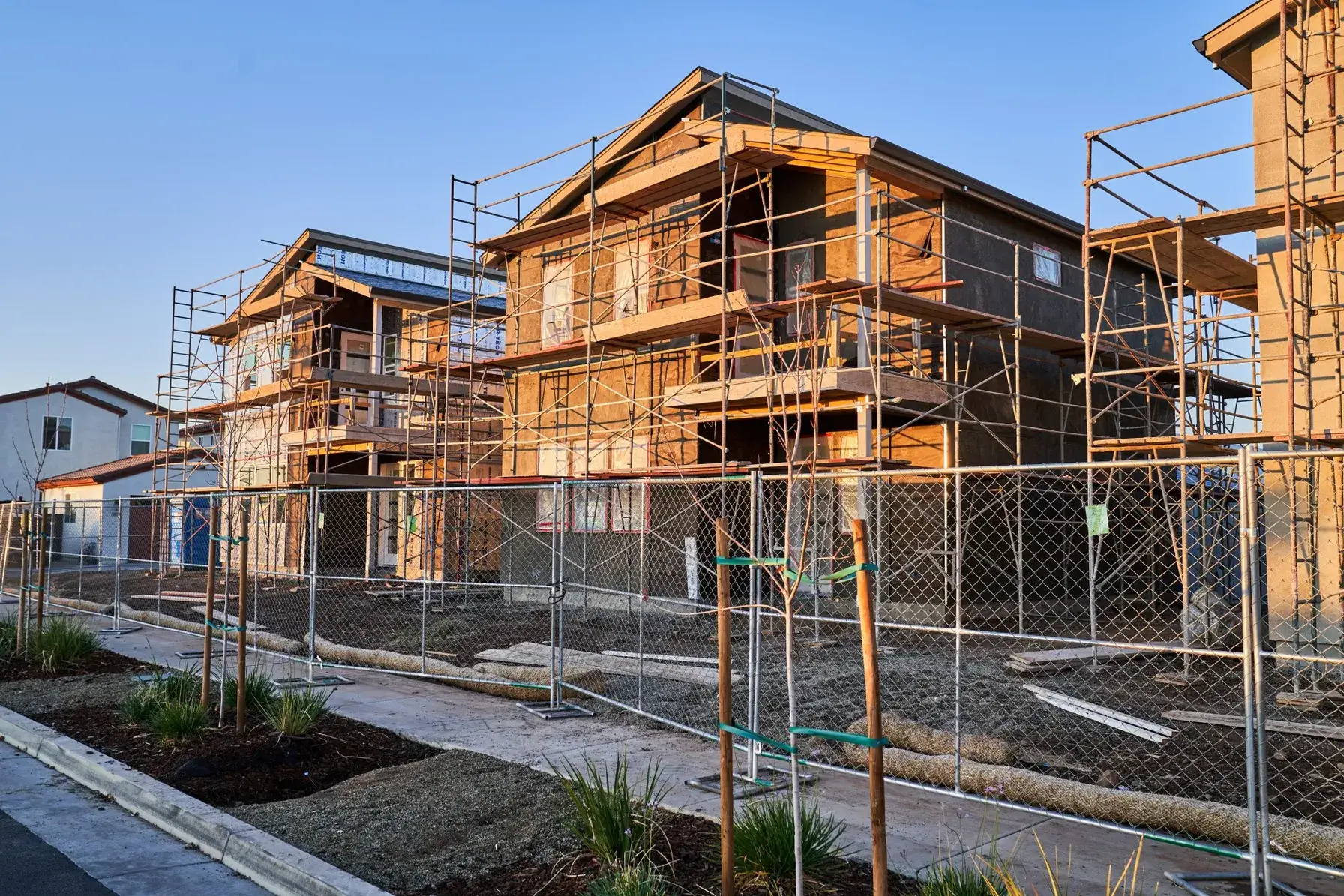
Pacific Gas and Electric Company (PG&E) formally announced TRC as the designated lead Program Implementer for the Statewide New Construction (SWNC) Residential All-Electric and Mixed Fuel Programs following a competitive solicitation process.
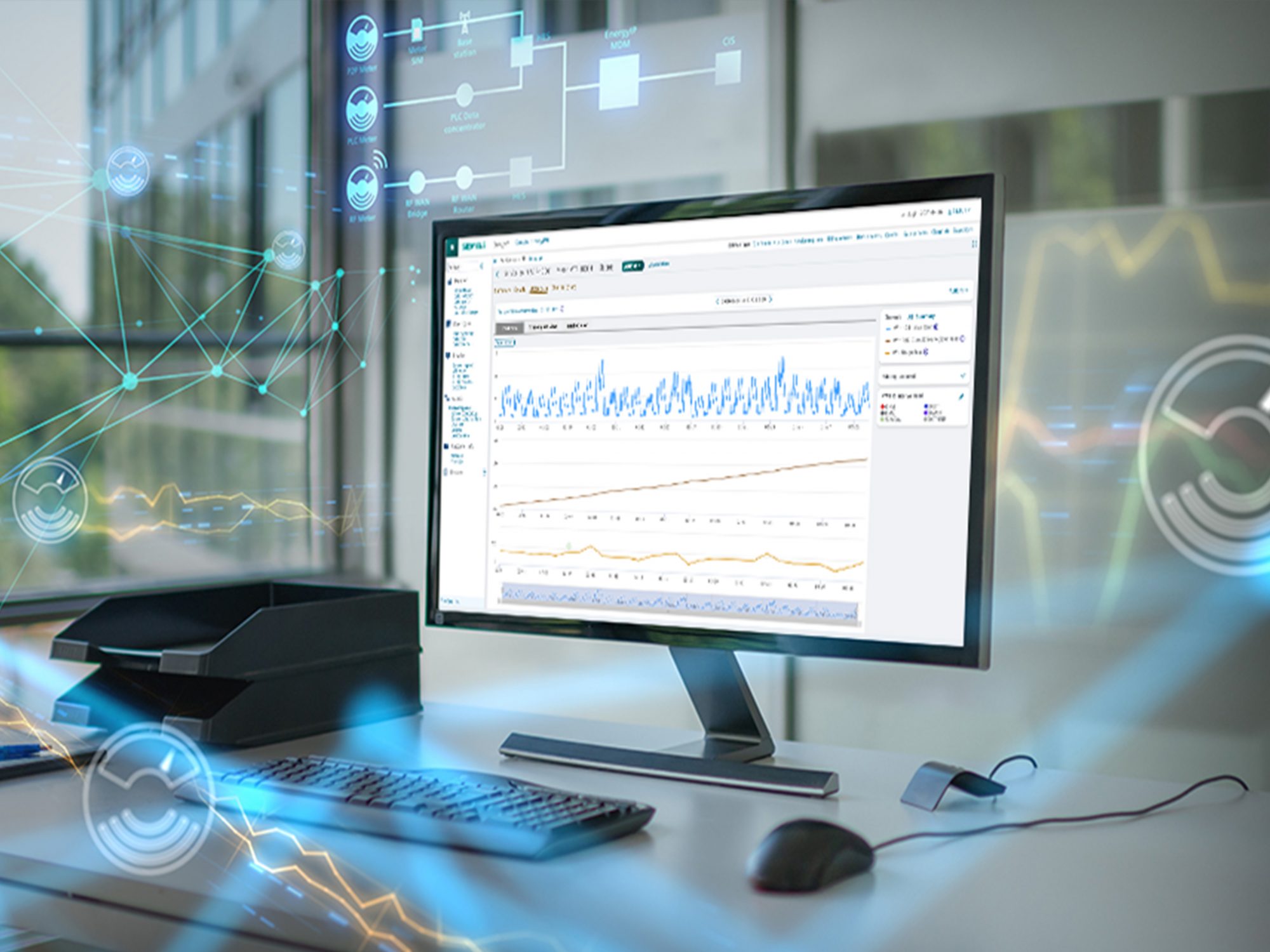
Snohomish PUD selected TRC to implement, integrate and deliver their meter data management system (MDMS) on the Siemens EnergyIP® platform as a part of the utility’s Connect Up program.
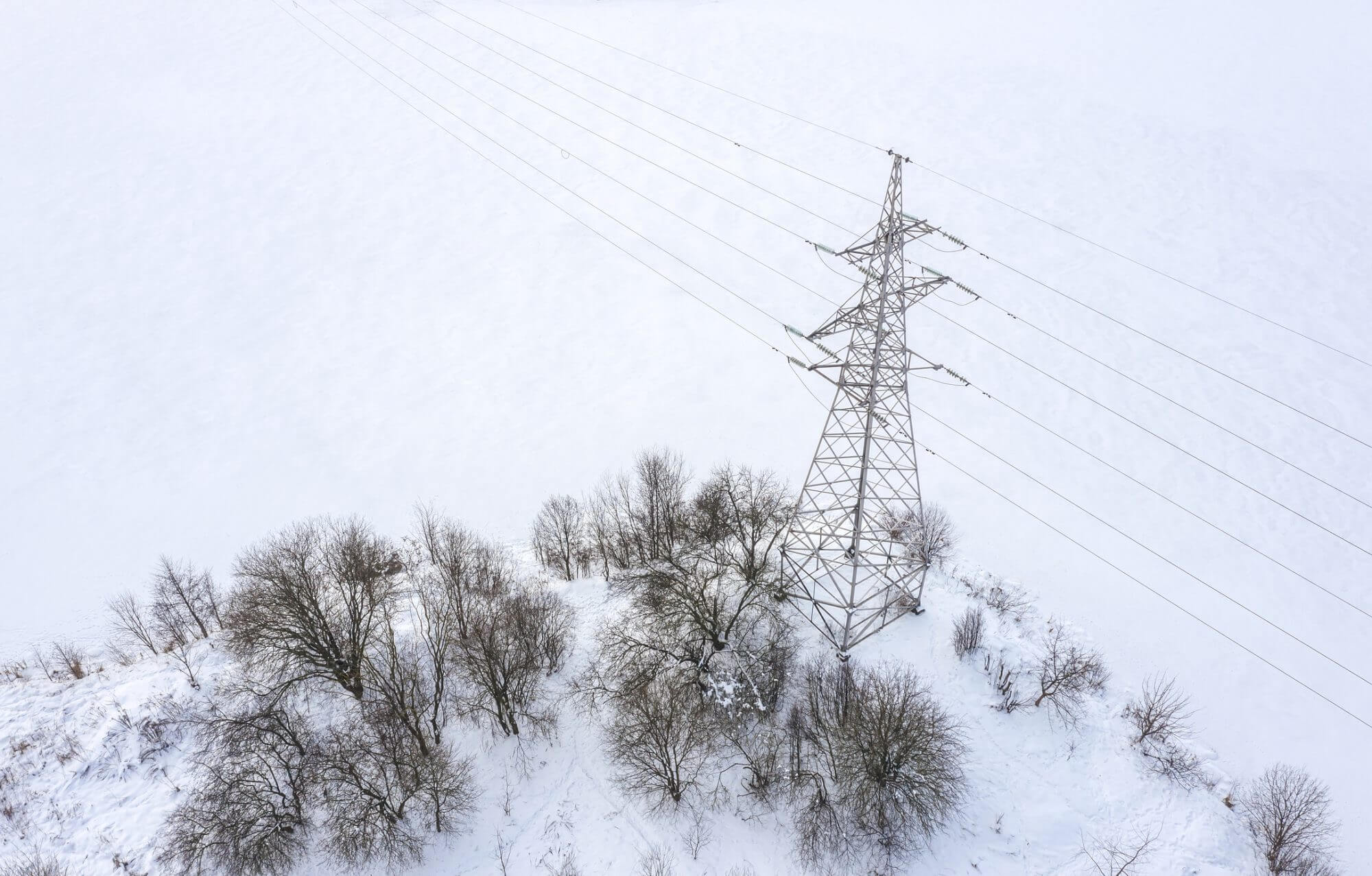
The Federal Energy Regulatory Commission has approved changes to three mandatory NERC Reliability Standards that aim to better prepare the North American power system to withstand extreme cold weather events.

Faced with an aging fleet, stricter environmental regulations, reduced costs for natural gas and competition from renewables, more than 600 power plants have been decommissioned in the last 20 years, a pace that will increase with the announced closure of nearly 350 additional plants by 2025. With a goal of being net-zero carbon by 2050, many power generators are faced with critical decisions regarding their thermal generation plants. Should they continue operation, repower, re-purpose or retire their plants? In the competitive power generation market, coal-fired plants are getting squeezed on multiple fronts including lower prices for renewables (e.g., wind and solar) and gas, inefficient cyclical operation and, in some instances, by state efforts to curtail the use of coal. Foregoing the retail market and partnering with a data center for mining cryptocurrency can represent a winning financial proposition for both parties. Some states are actively encouraging the co-locating of data centers at generation sites, while others are actively working to keep plants operational in order to preserve the jobs at the plants and in the mines. In some regional transmission organizations, such as PJM, newer natural gas fired generation units are favored over older units because of their more efficient turbines and larger size. Older natural gas units are at risk of becoming stranded assets as cheaper renewables come online and the industry commitments to net zero emissions. There are reports that banks Citigroup Inc and JP Morgan Chase & Co will strengthen their financing restrictions on thermal gas plants, similar to what they’ve already done for coal projects.

En vertu de la loi habilitante qui a créé l’Electric Reliability Organization, la NERC est responsable d’évaluer le rendement fiable du réseau électrique. L’une des façons dont la NERC le fait est d’obtenir un système de rapports de l’industrie pour la production et le transport. Le Système de données sur la disponibilité des générateurs (GADS) est utilisé par la NERC et l’industrie depuis plus de 40 ans pour obtenir des données sur la composante de production du système électrique[1]. En raison de l’évolution rapide de la composition des ressources de production, il est essentiel que NERC dispose de données complètes sur les installations, les événements, les pannes et les performances pour la production photovoltaïque et éolienne afin d’assurer la fiabilité. À mesure que les technologies renouvelables sont de plus en plus déployées, un ensemble complet de statistiques sur le rendement des actifs de production est nécessaire pour permettre à la NERC d’évaluer la capacité du système à répondre à la charge, la performance du réseau électrique et de prévoir tout problème de fiabilité potentiel en raison de l’insuffisance des ressources. Par conséquent, la NERC propose d’apporter les améliorations suivantes au processus de collecte de données GADS pour la production d’énergie renouvelable : Ajouter les propriétaires de générateurs qui exploitent des installations solaires photovoltaïques de 20 MW ou plus au Système de données sur la disponibilité de la production (appelé « GADS-PV ») ; et Élargir les rapports GADS Wind (« GADS-W ») pour inclure le stockage d’énergie connectée et le rapport d’événements.
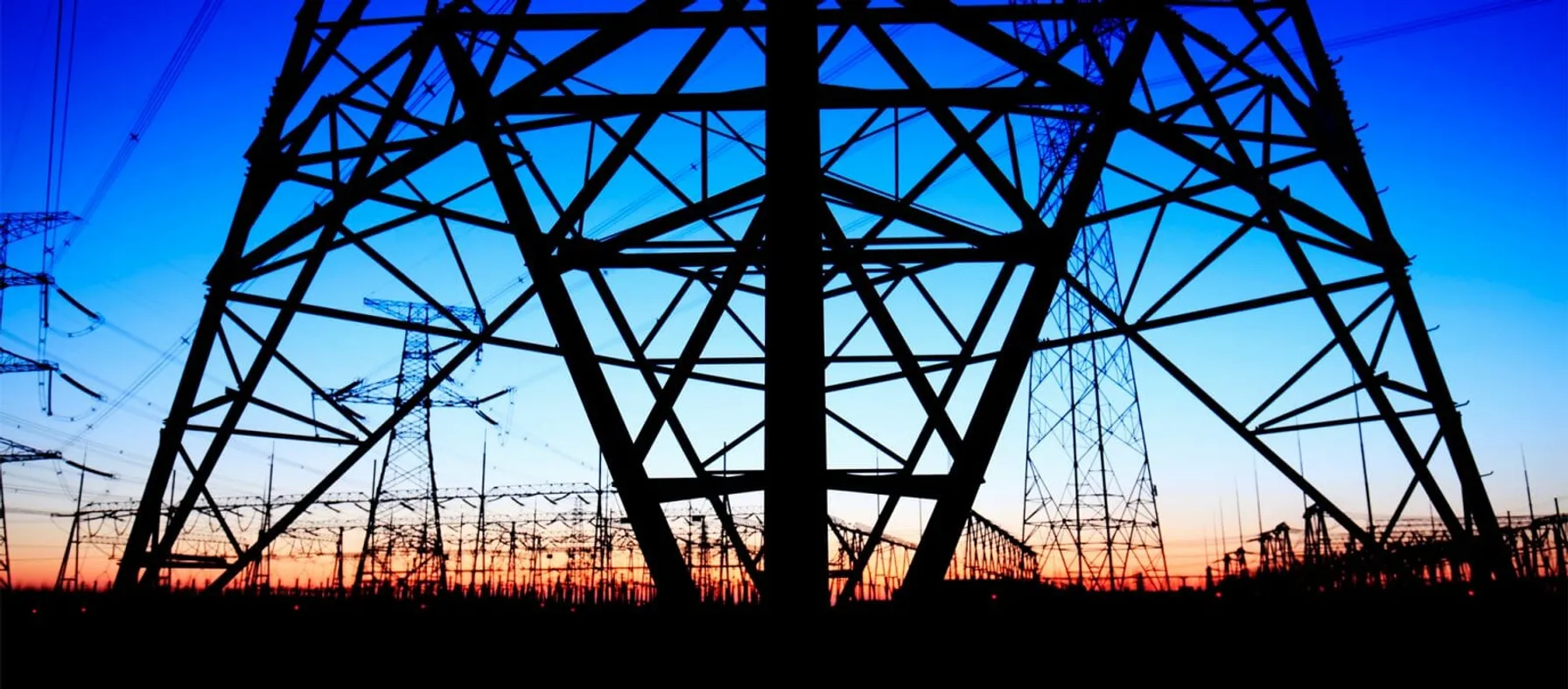
With 2020 right around the corner, there are many new NERC standards and standards requirements set to go into effect in the areas of Critical Infrastructure Protection and Transmission Operations and Planning.

Today’s utility and communications infrastructure is being challenged to support a growing demand for automation, broadband and 5G network services. Attaching fiber in the power distribution or supply space can mitigate risks related to overloading and overcrowding.

As part of its grid enhancement program, OG&E will leverage collaborative AI-powered image recognition technology that enables engineers to complete distribution pole inspections with greater accuracy and helps to reduce manual review of images.

Many utilities face challenges that can make IT/OT convergence difficult, including security concerns, technology issues and cooperation within the organization.

With increases in data accumulation and advances in technology, IT and OT are now converging.

Opposites attract, and information technology (IT) and operational technology (OT) are no exception. At one end of the digital grid sits IT as a business application, while OT exists at the other end of the digital grid as an asset-oriented application. For decades, IT and OT have been operating separately and are often physically isolated.

The future of electric utilities depends on IT/OT convergence to ensure reliability and resiliency.

A successful IT/OT convergence strategy involves identifying desired outcomes, managing the fragmentation of OT solutions, and developing common key performance indicators (KPIs) for both IT and OT teams. This approach helps in optimizing resources, driving effective collaboration, and ensuring a smooth transition towards a unified IT/OT environment.
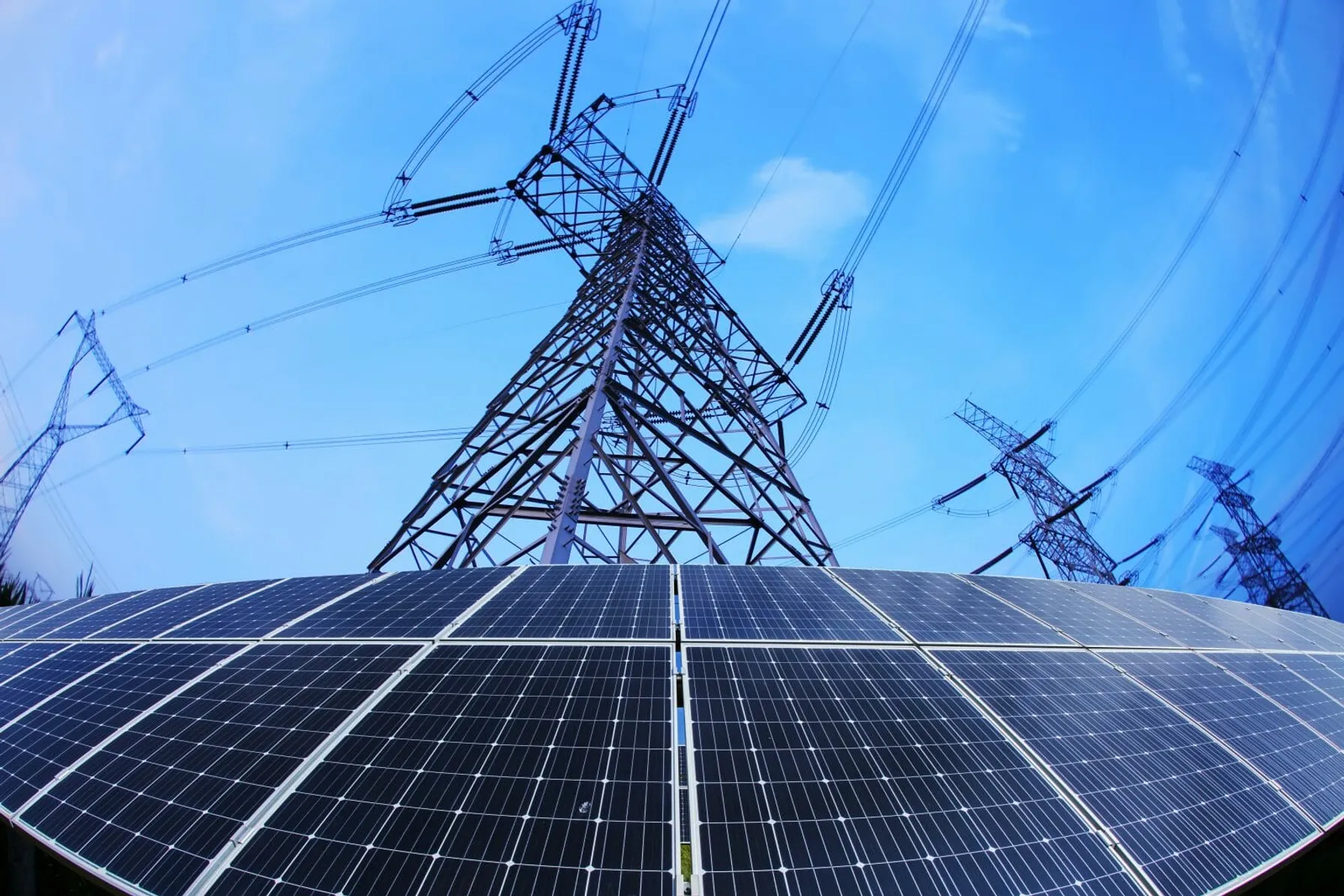
Transitioning to renewable energy requires examining its economic impacts.
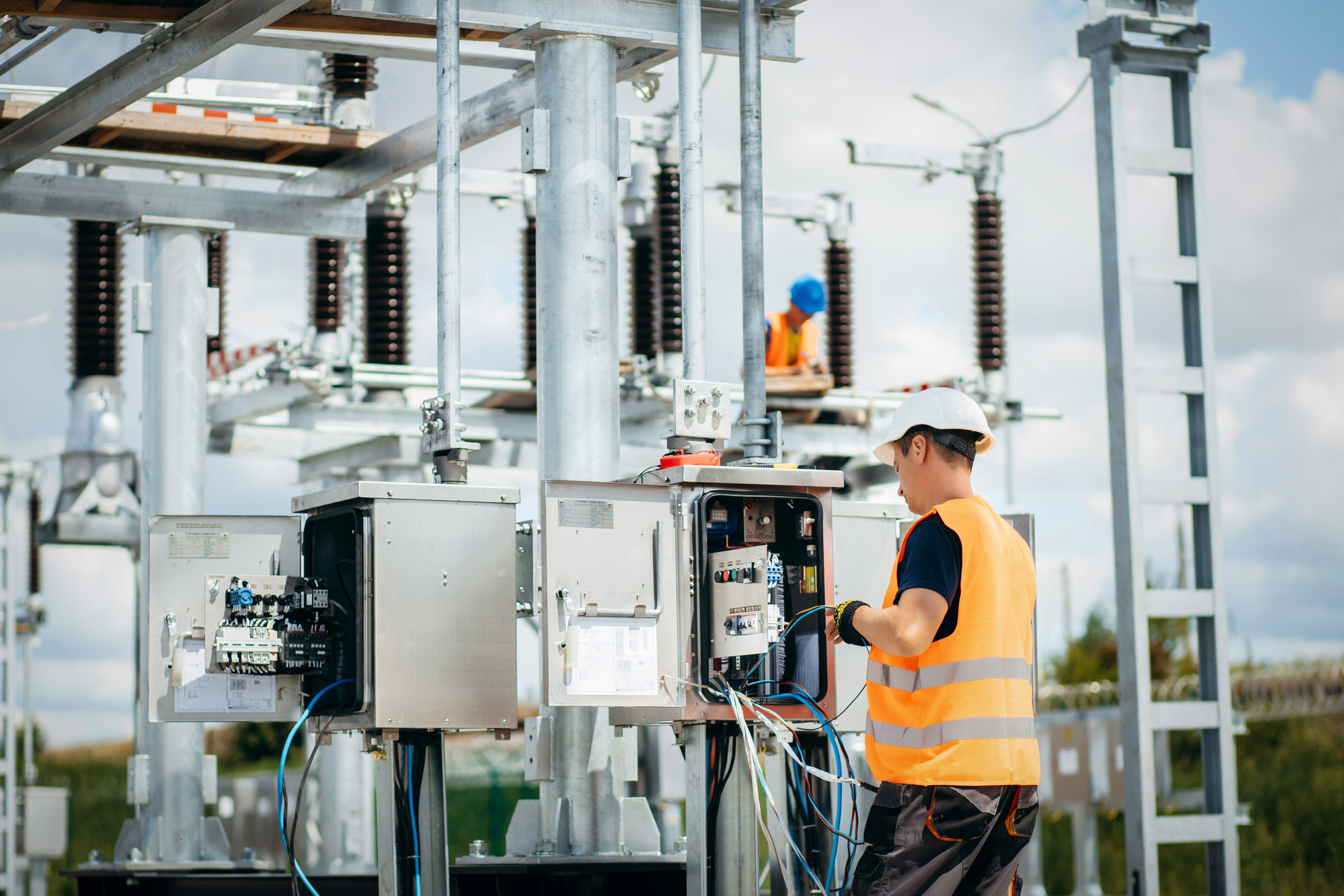
In today’s dynamic power delivery world, utilities are increasingly focused on electrical distribution systems and reliability.
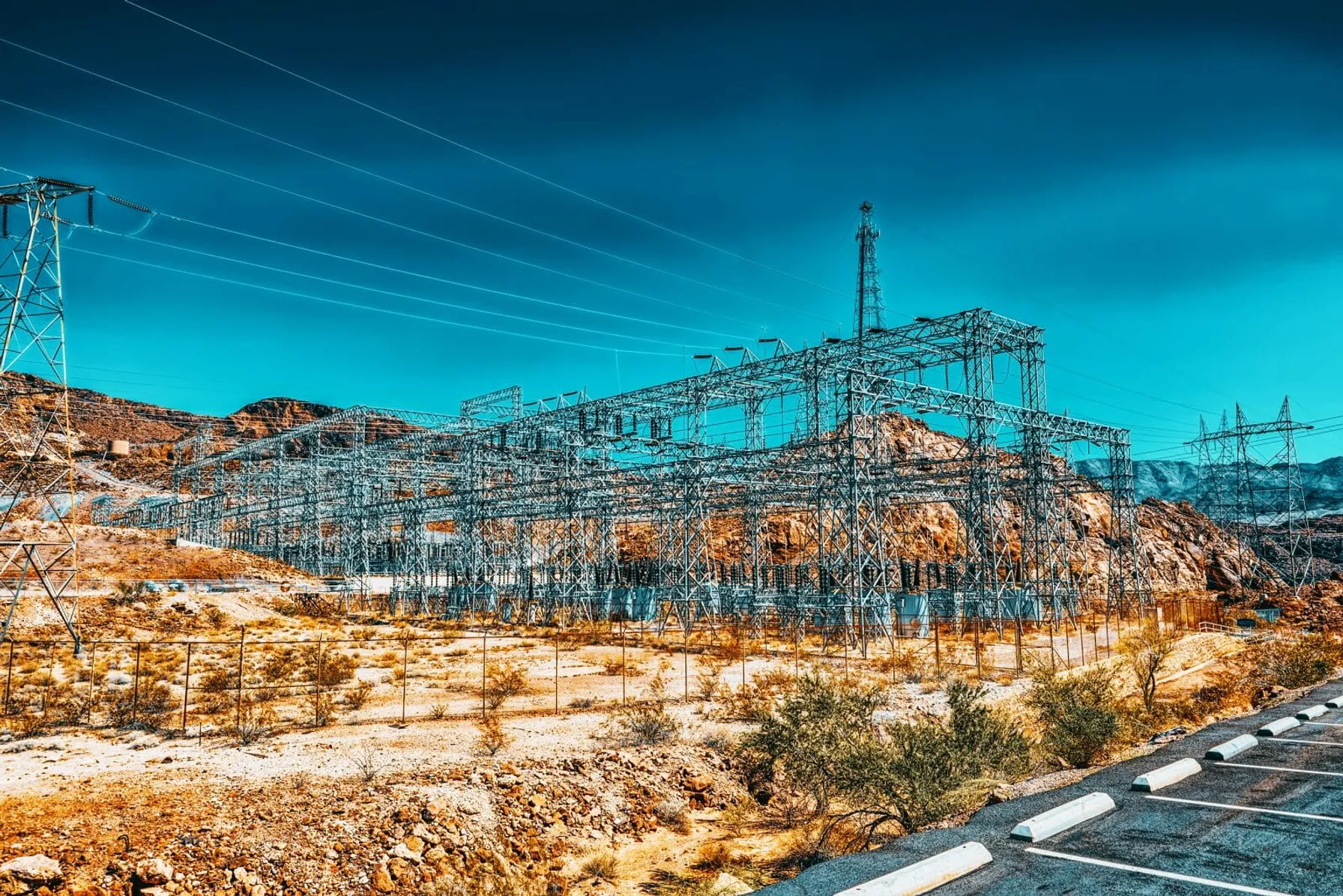
FAC-008 is one of the most data-intensive standards in the NERC regulatory framework. Compliance has been difficult for many utilities. Recently, FERC made public it’s intent to address serious allegations of facility ratings violations, including a lack of rigor by one utility.
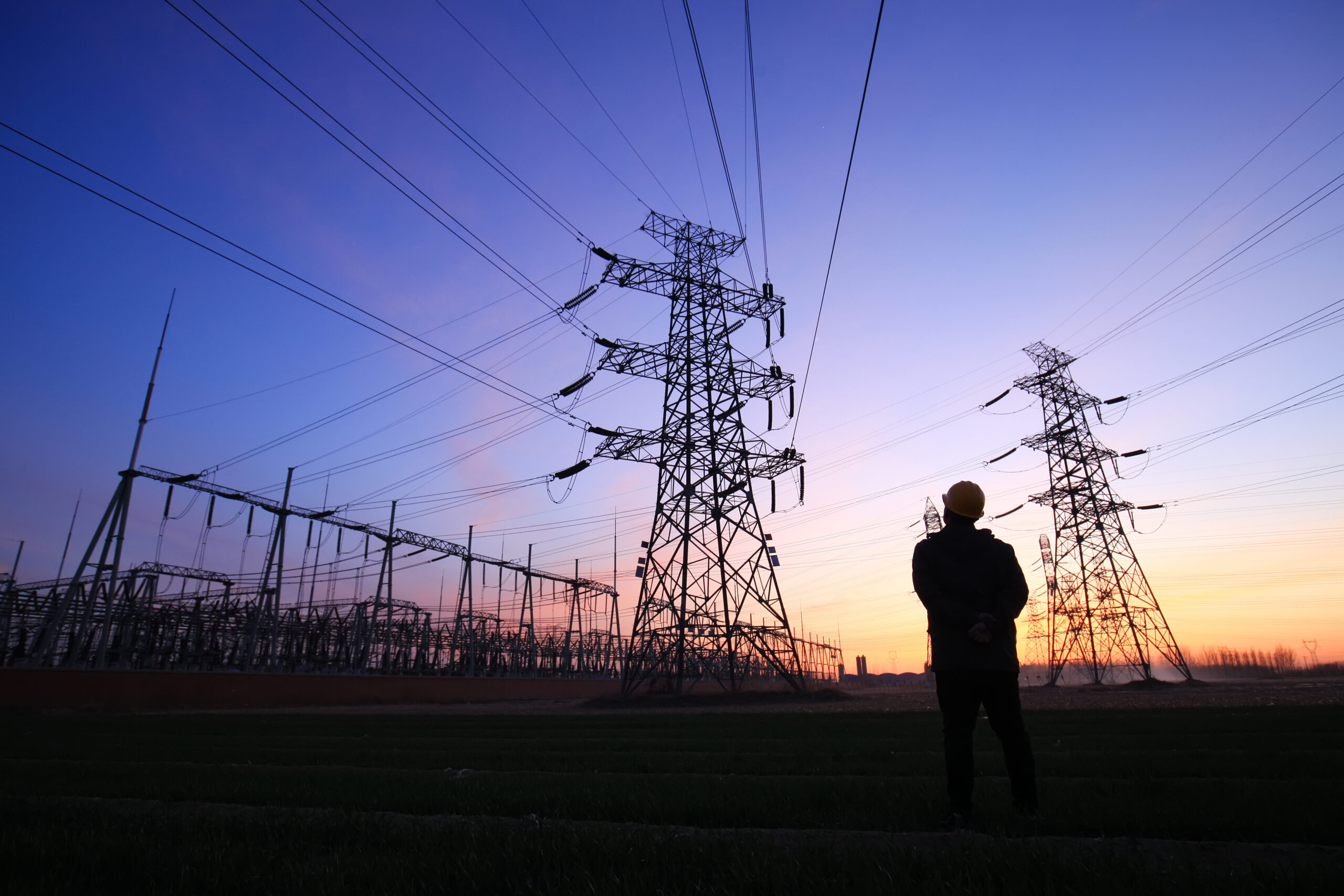
In preparing for Utility Network Migration, taking an intermediate approach will allow you to resolve some key points. Utility Network Migration will run smoother if you build a “sandbox environment” and begin to 1) prioritize features 2) explore licensing options and 3) practice moving data.
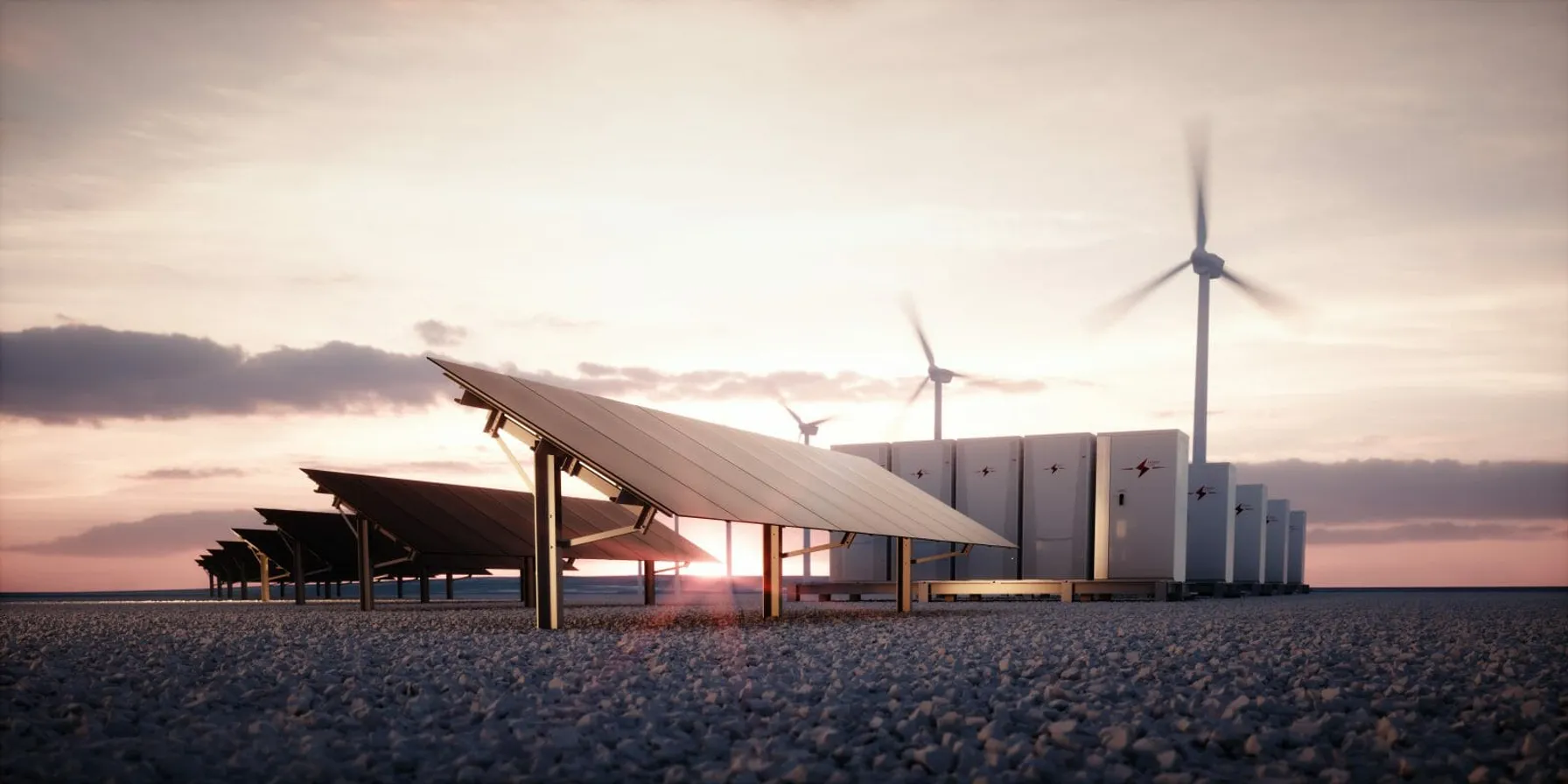
While NERC has recently published a reliability guideline addressing inverter-based resources generally, they are now giving more attention to the various potential uses of BESS to support effective implementation with newly released guidance.

While ArcGIS on HANA implementation patterns are emerging rapidly, we continue to hear 5 persistent questions about how implementing ArcGIS on HANA would benefit an organization. Let’s walk through these 5 questions, I’ll show you how we help you get started with ArcGIS on HANA. Then you may realize the benefits this solution promises.
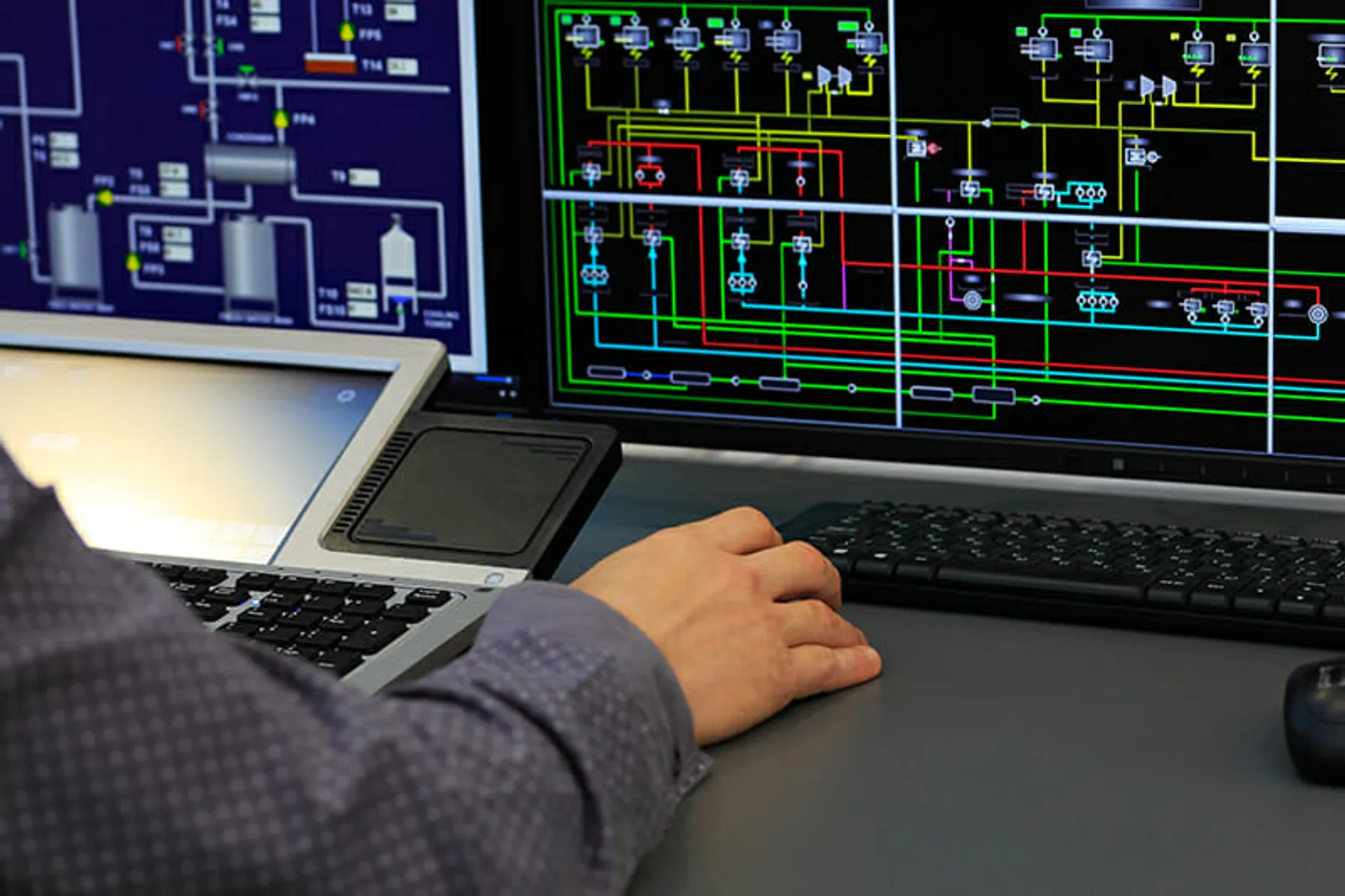
NERC’s CIP-008 standard aims to mitigate reliability risks resulting from a Cyber Security Incident by specifying incident response requirements. Newly proposed revisions would augment mandatory reporting to include incidents that compromise, or attempt to compromise, a utility’s Electronic Security Perimeter (ESP) or associated Electronic Access Control or Monitoring Systems (EACMS).

The Biden Administration signals both a renewed and accelerated focus on climate change.

NERC’s 2021 Compliance Monitoring and Enforcement Program reframes the previous year’s risks and their associated areas of focus. Utilities should review their compliance programs and internal controls to determine if enhancement or changes are need to maintain compliance.
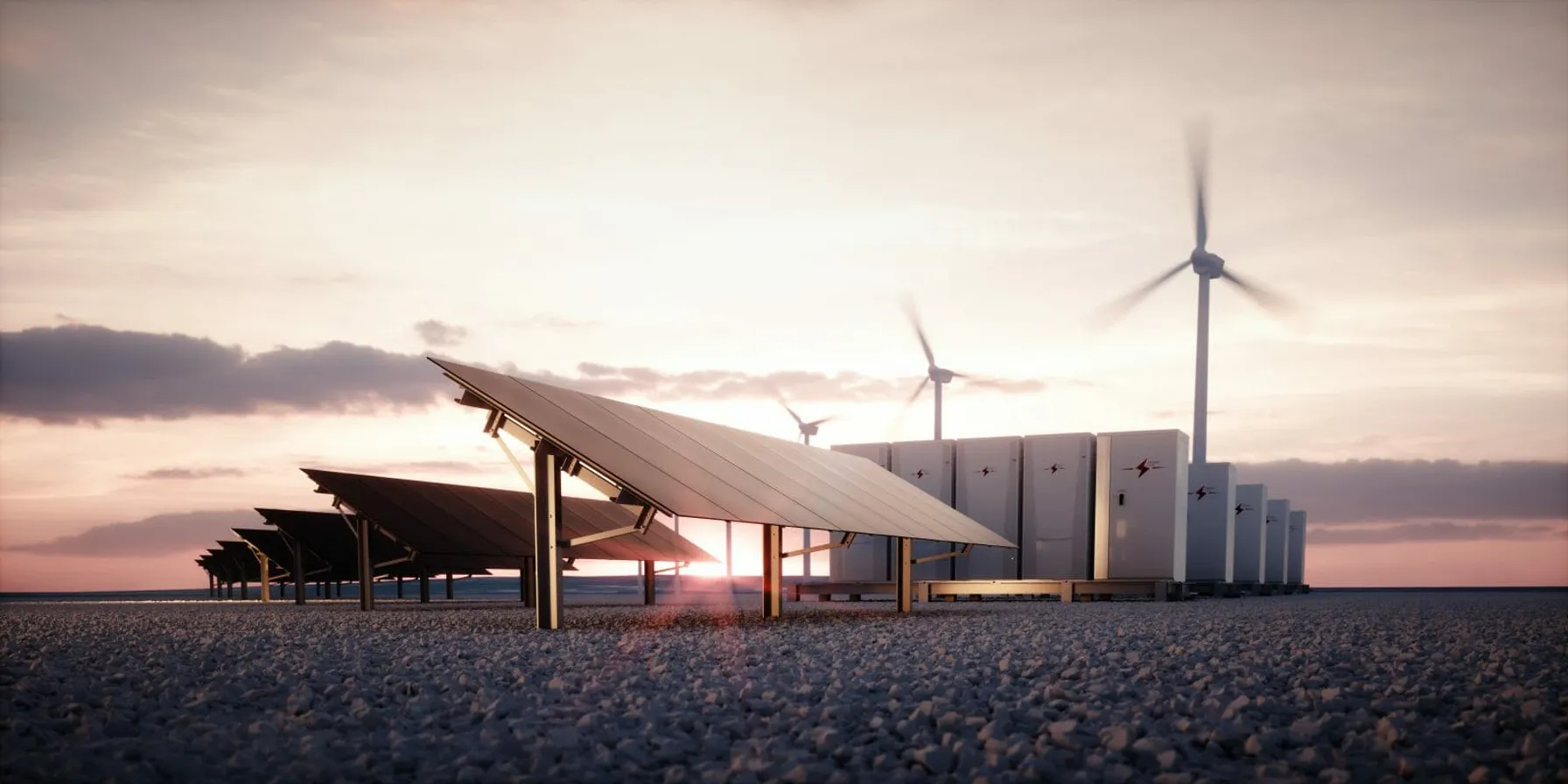
NERC has recently undertaken important standards and guidance development activities related to the proliferation of inverter-based technologies such as solar and wind generation, as well as battery energy storage which is growing as an industry solution to ensure the reliability of renewable power for end-use customers.
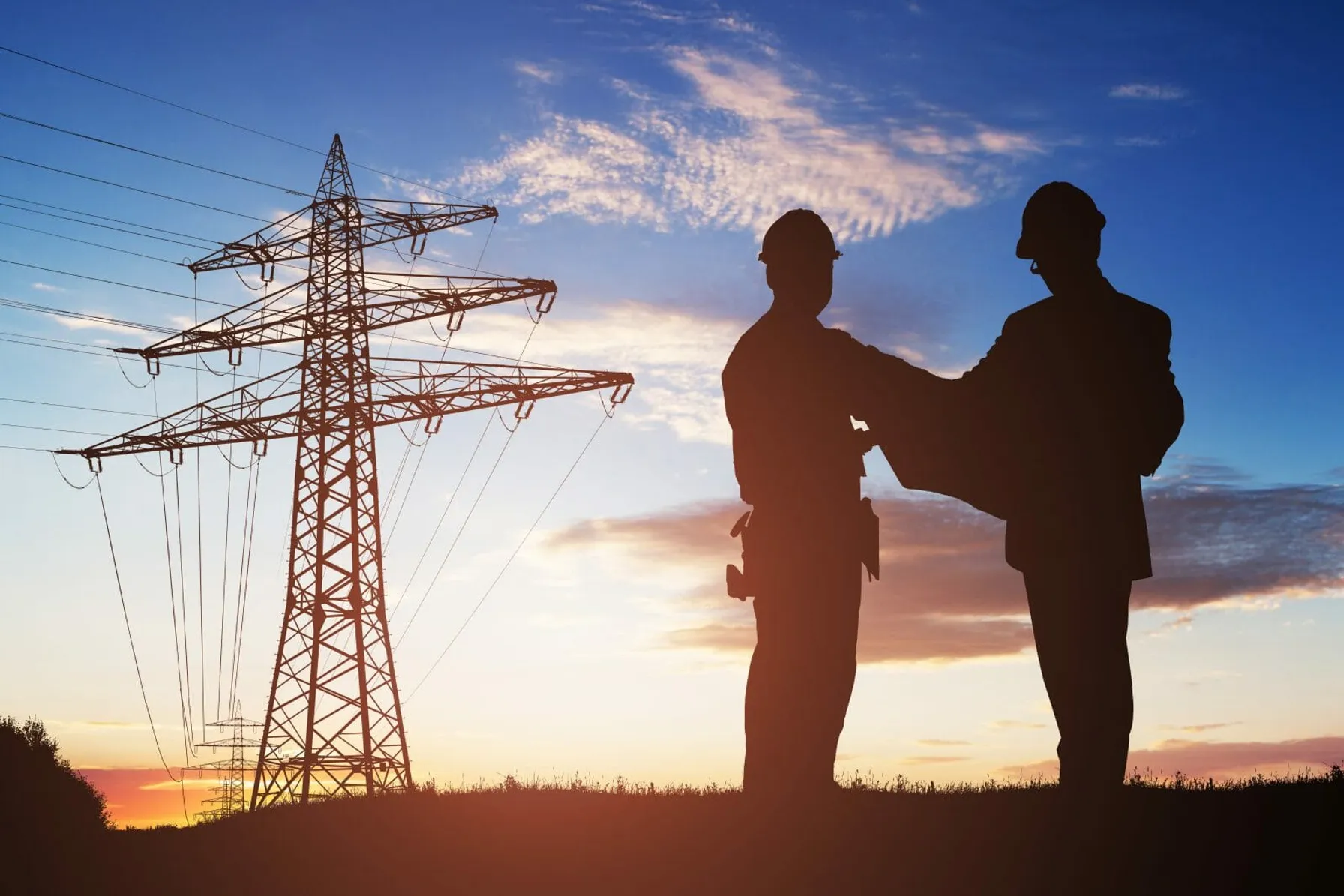
There has been significant work across the electric industry to improve facility ratings related processes, programs, frameworks, internal controls and best practices. Yet this continues to be a challenging area for utilities, particularly from an asset management and regulatory compliance perspective.
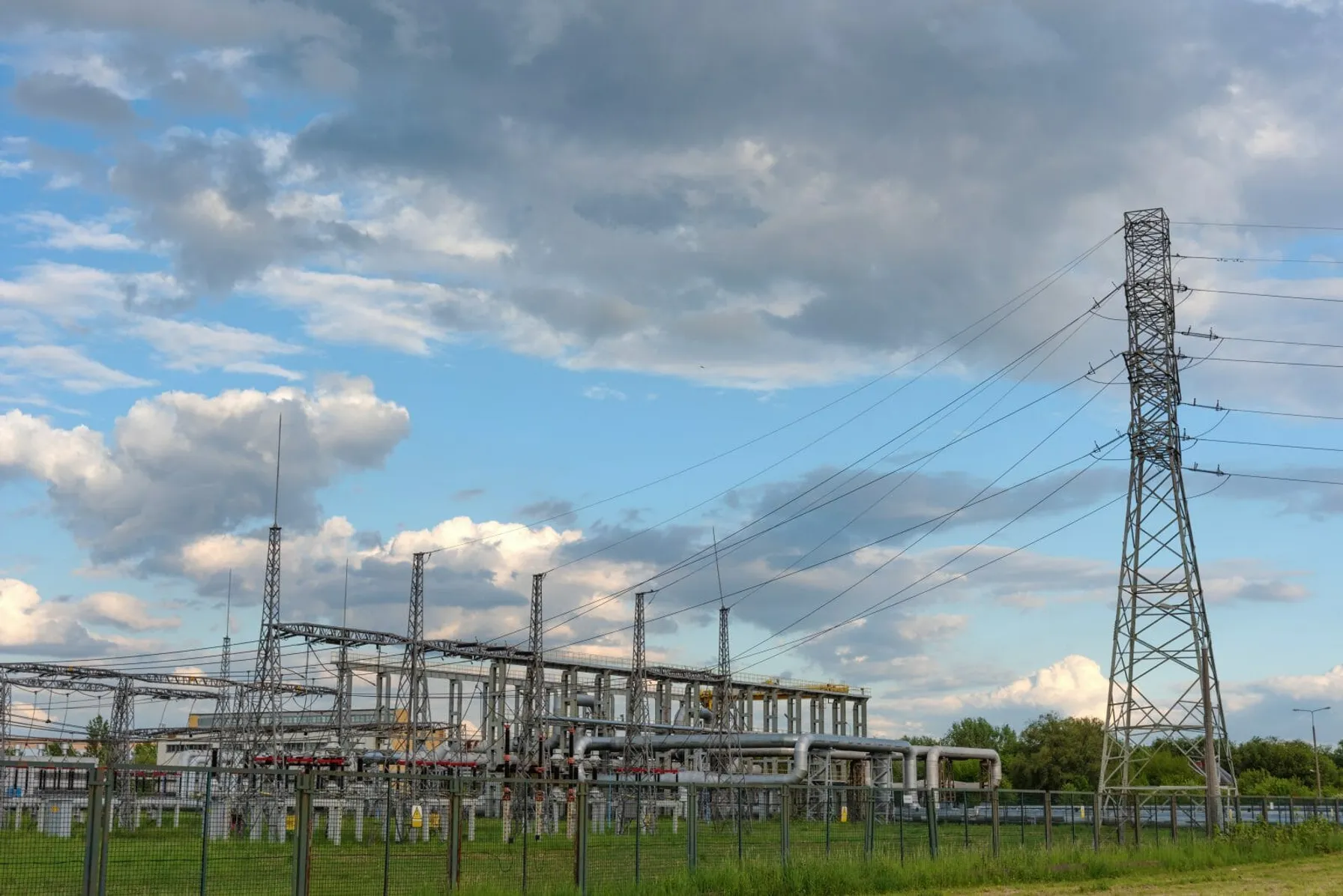
In its 2020 Report on CIP Reliability Audits, the Federal Energy Regulatory Commission found that most of the cybersecurity protection processes and procedures adopted by utilities met the mandatory CIP requirements for protecting the Bulk Electric System. However, there are areas for improvement.
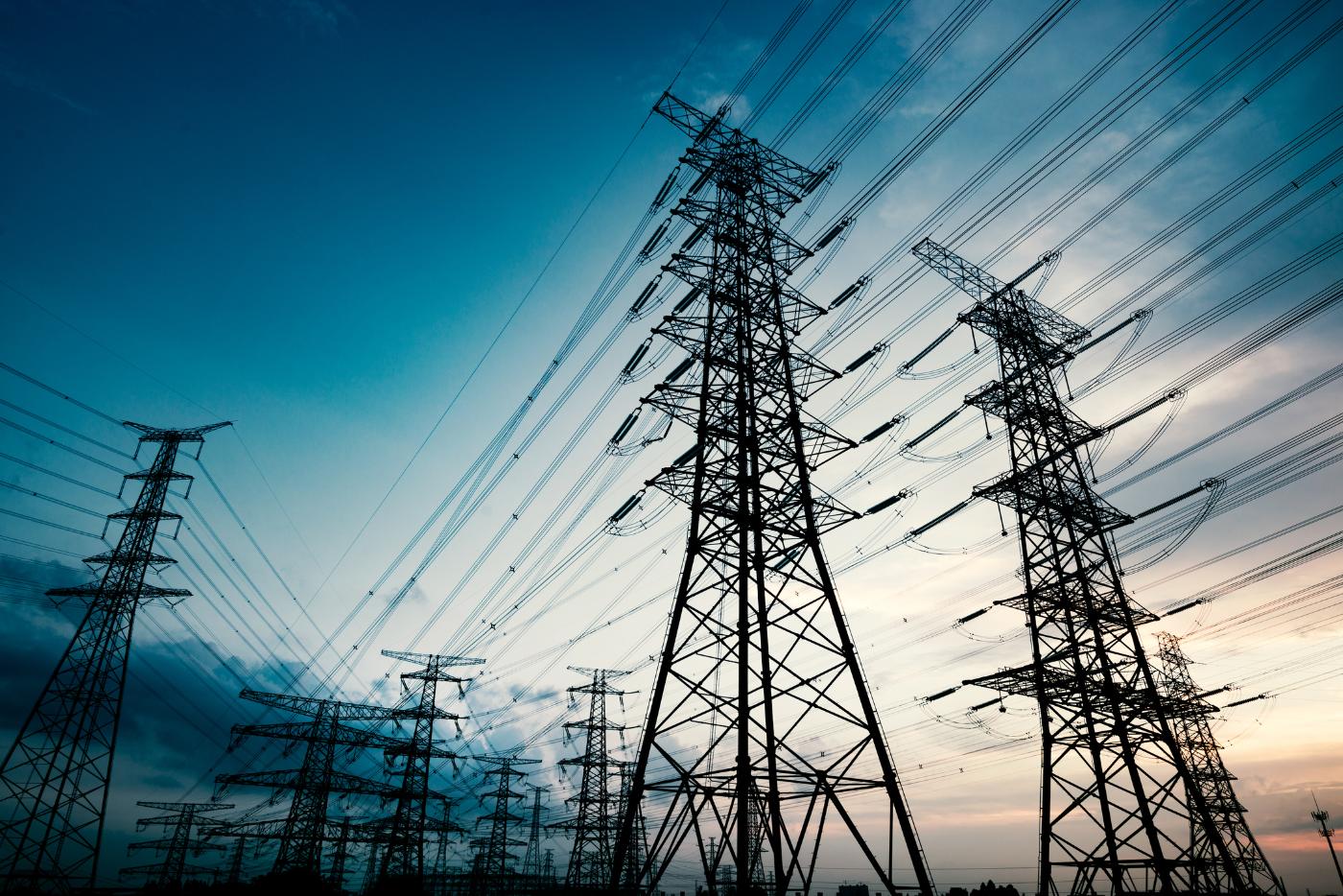
LineHub™ brings PLS-CADDTM model data together with enterprise GIS, SAP and other data systems from across the utility, providing a digital story of the entire grid infrastructure.
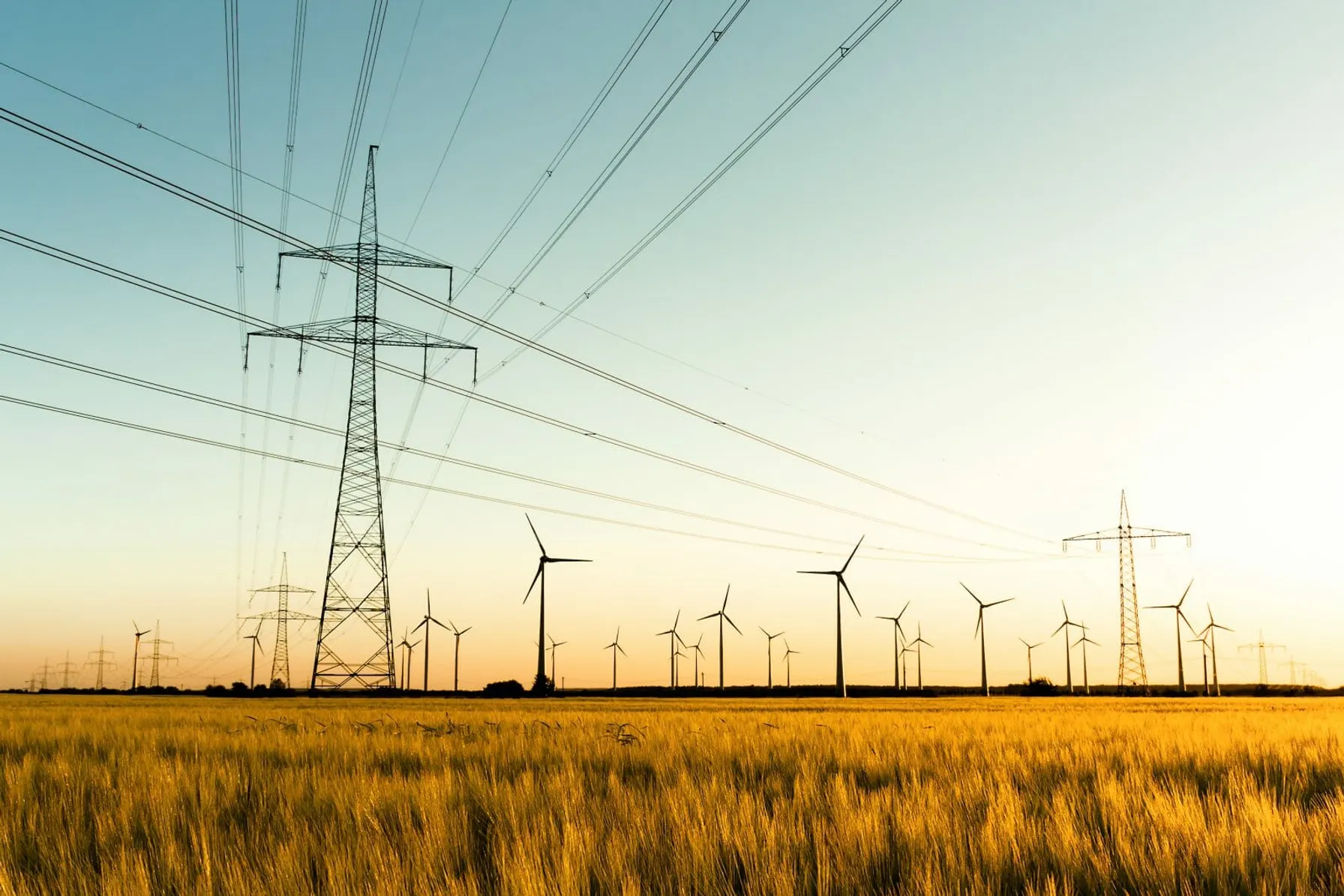
The Report identifies areas of ongoing concern including generation reserve margins and the reliability risk from shifting the resource mix toward renewables.
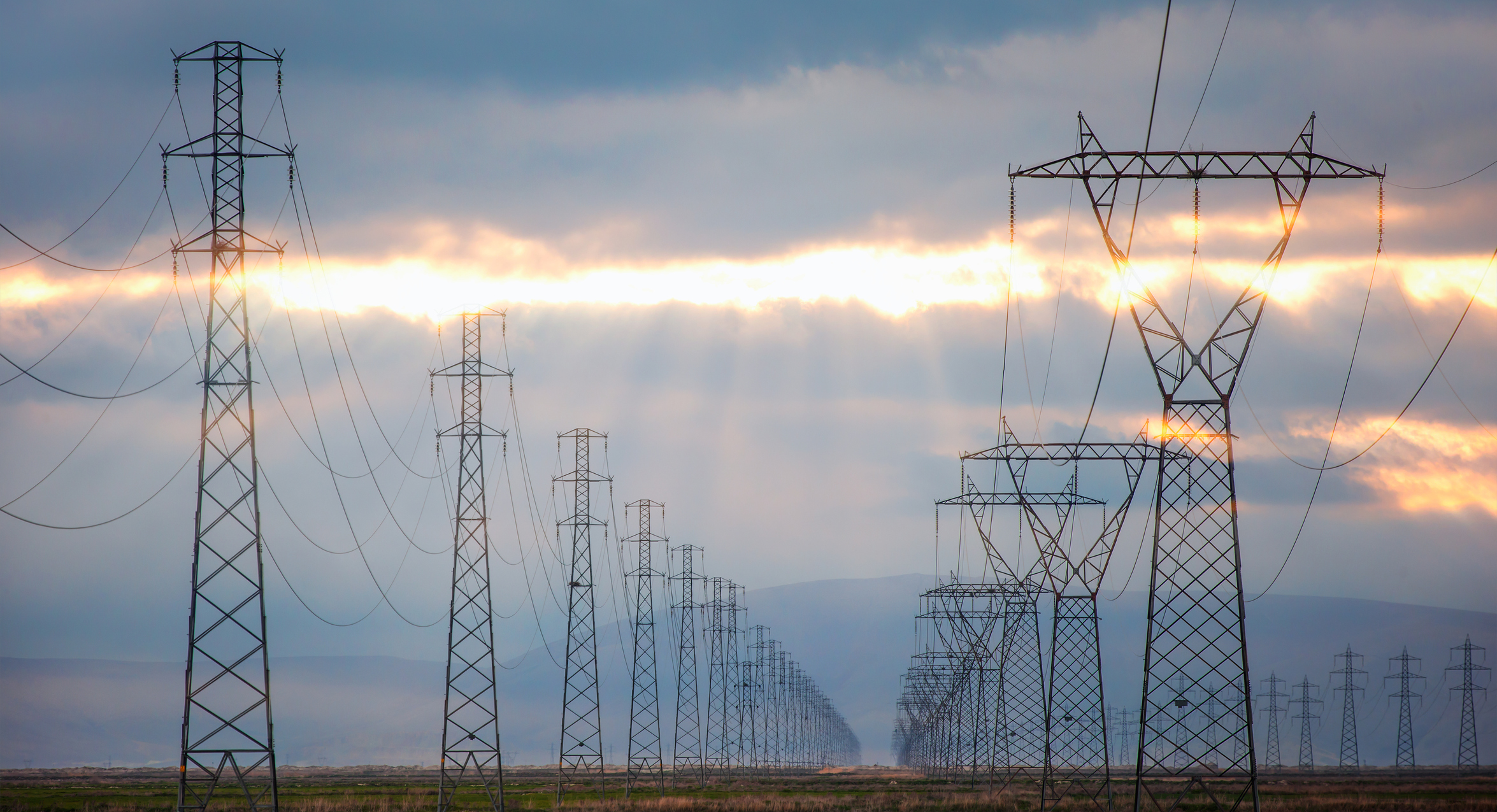
Together, TRC and Reactive combine TRC’s industry-leading power engineering expertise with Reactive’s machine learning software to provide utility teams with high-resolution frequency monitoring and automatic event analysis.
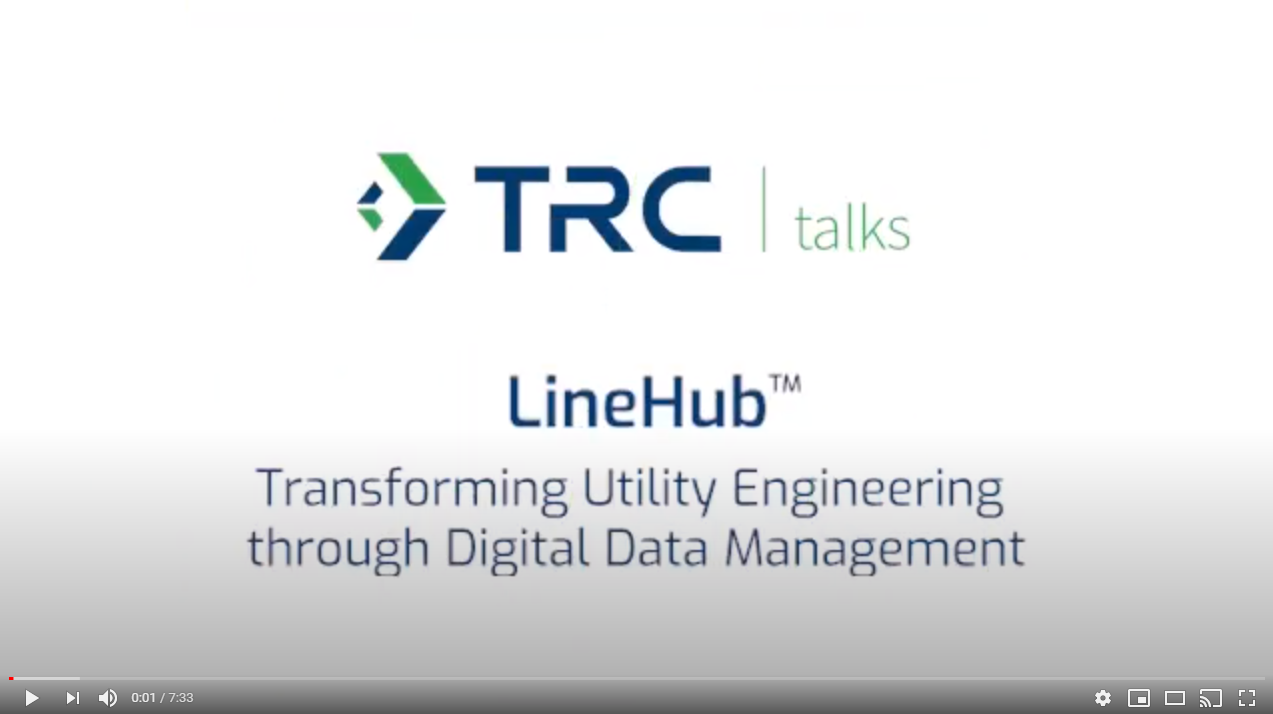
LineHub™ est une solution révolutionnaire qui rassemble des données provenant de l’ensemble d’un service public, offrant une vue globale de l’ensemble du réseau.

Myszka brings over 30 years of innovation, market development and operations experience to TRC.
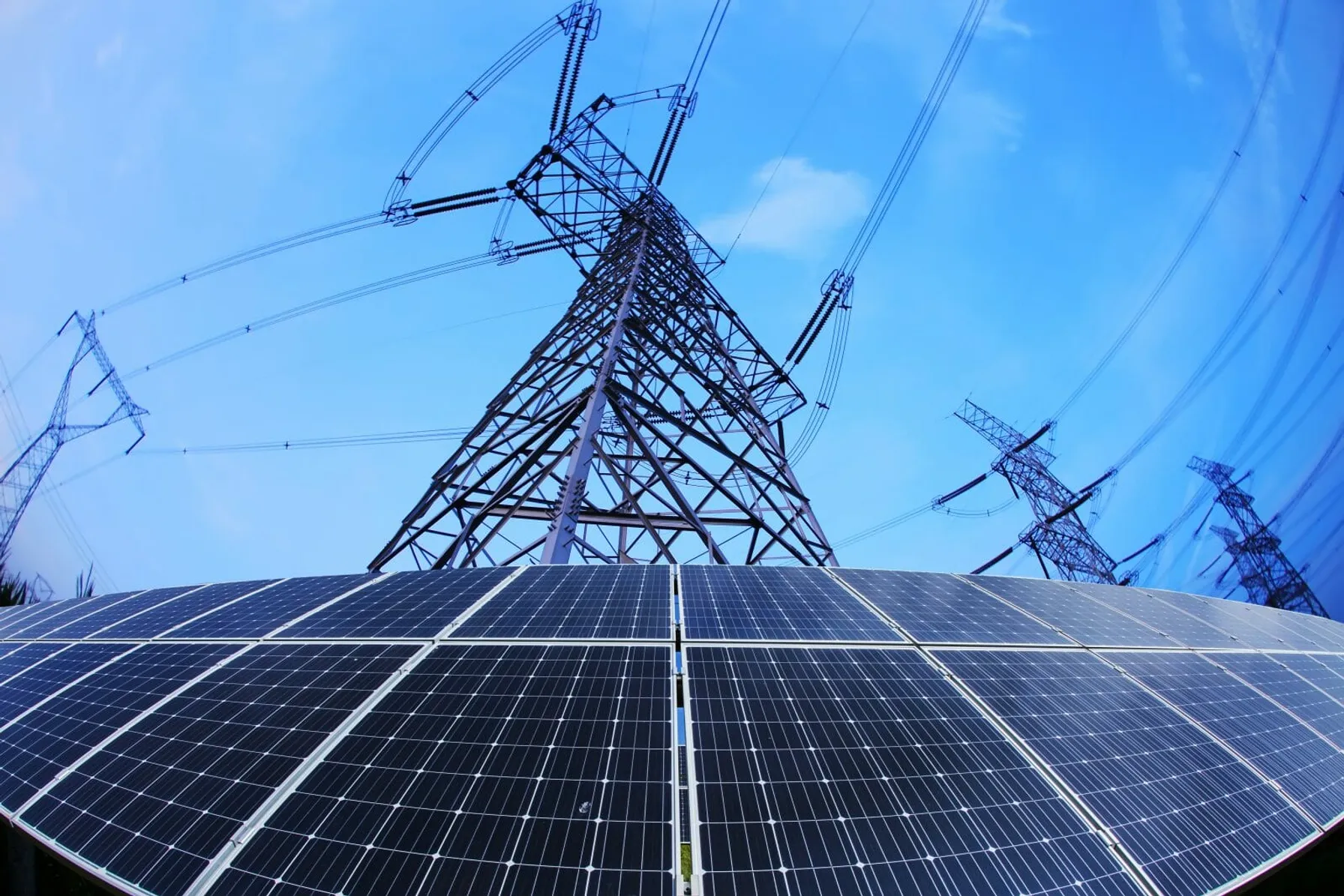
On July 9, 2020 NERC standard PRC-024-3 was approved, paving the way for improved protection systems in support of keeping generating resources connected during defined frequency and voltage excursions.

COVID-19 and climate impacts are driving a focus on resilience and utilities are helping customers explore behind-the-meter (BTM) energy storage solutions they might not otherwise pursue.

FERC has released a notice of inquiry seeking comments on potential enhancements to NERC’s Critical Infrastructure Protection (CIP) Reliability Standards.

As part of TRC’s LineHub solution, Treverity helps transmission engineers get a holistic view of the grid through powerful digital data visualization and a customer-centric user interface.
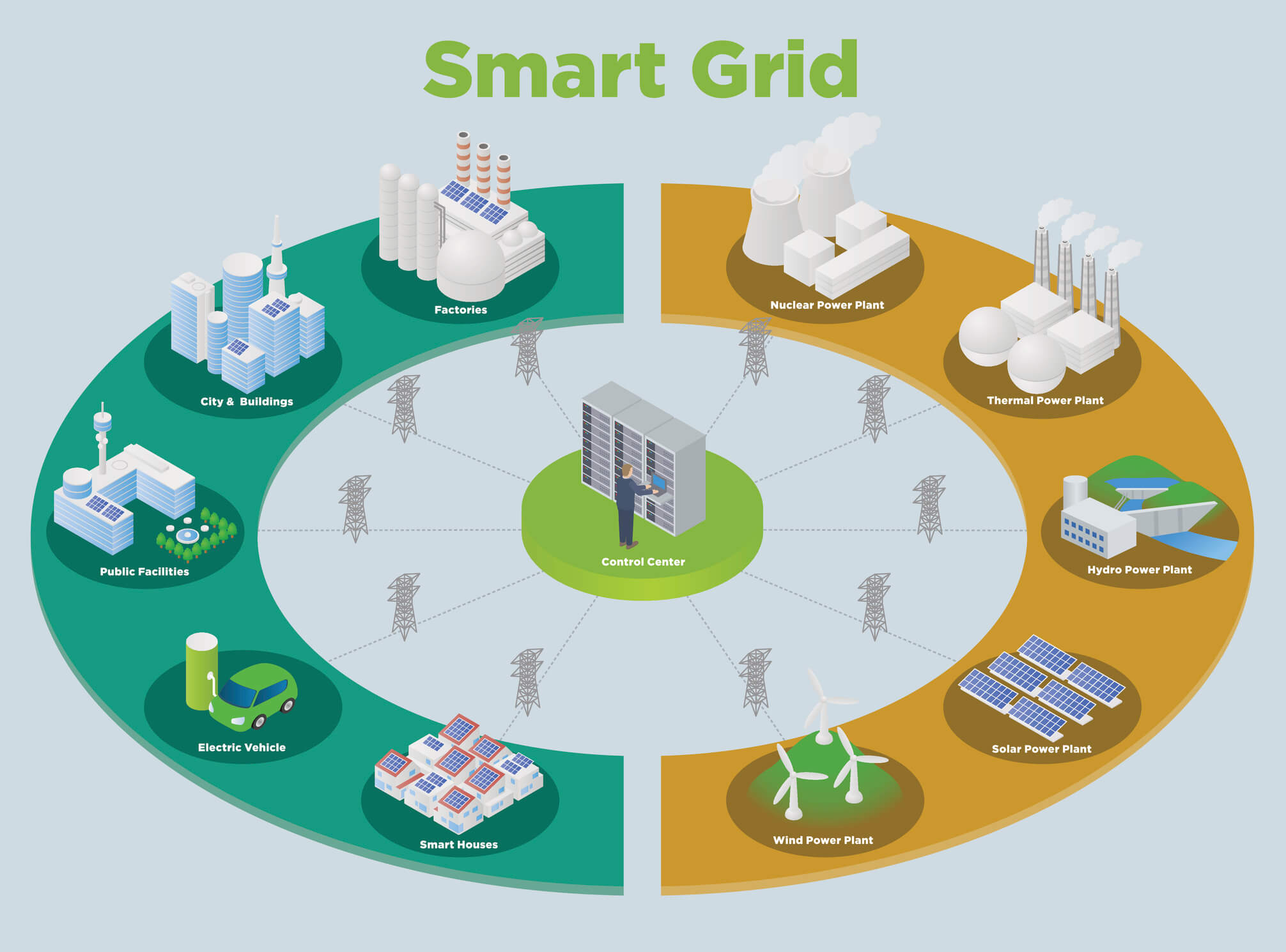
For the traditional electric utility business model, microgrids could be perceived as a financial threat. But we see many ways microgrids can be both moneymakers and cost-savers for utilities.

TRC will help support MCE’s community and vulnerable customer resiliency efforts
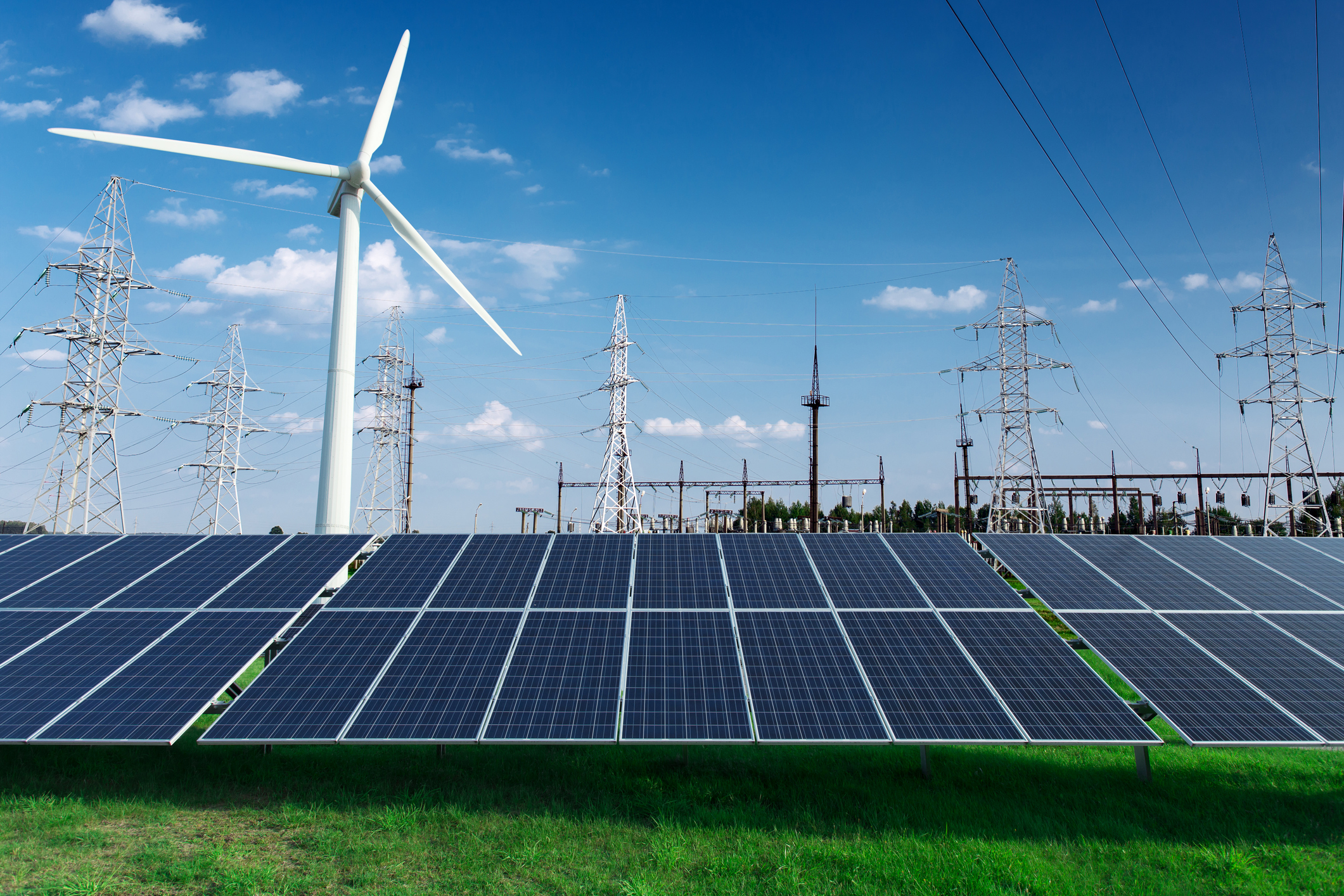
Distributed energy resources (DERs) are changing the way utilities think about power generation and energy flow. TRC and Enbala can offer utilities a multi-layered solution that highlights the strengths of each company.

EE as a Resource programs that provide capacity and energy savings to the grid must be dependable and persistent to replace essential power plant capacity.

Implementing resilient solutions for many means ensuring power supply to critical facilities, emergency response efforts and local authorities during power outages.

NERC’s PRC-027-1 standard was approved by FERC in 2018 and is set to go into effect on October 1, 2020. Utilities should begin preparing now to meet compliance requirements which include significant system studies.

As we look to spur strategic electrification across the US, it will be up energy providers and solution implementers to continue sharing ideas, insights and lessons learned
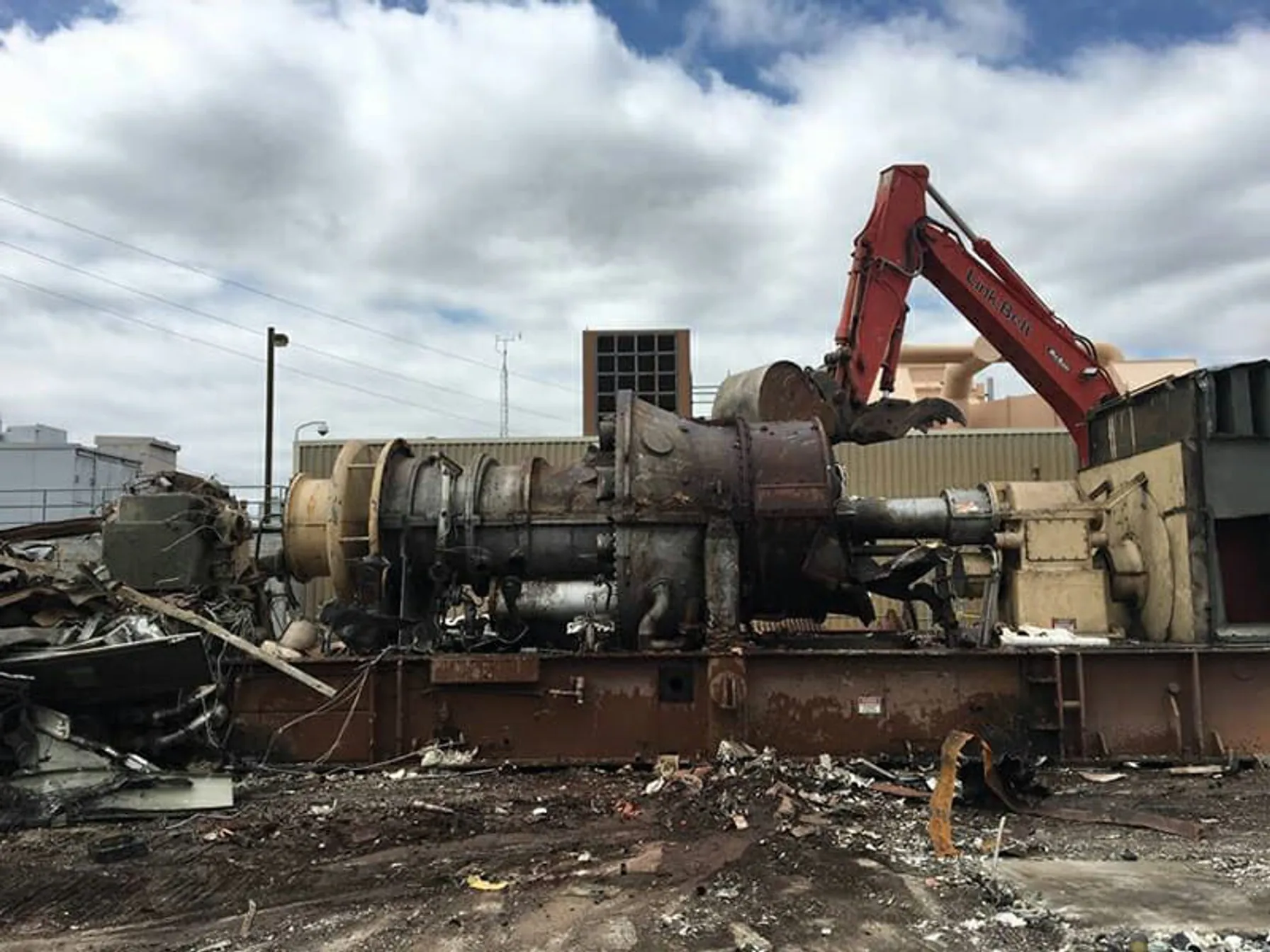
On January 16, 2020, the New York State Department of Environmental Conservation (NYSDEC) finalized a rulemaking limiting nitrogen oxide (NOx) emissions from existing simple cycle and regenerative peaking combustion turbines with a nameplate capacity of 15 megawatts (MW) or greater during the ozone season (May 1 – October 31).
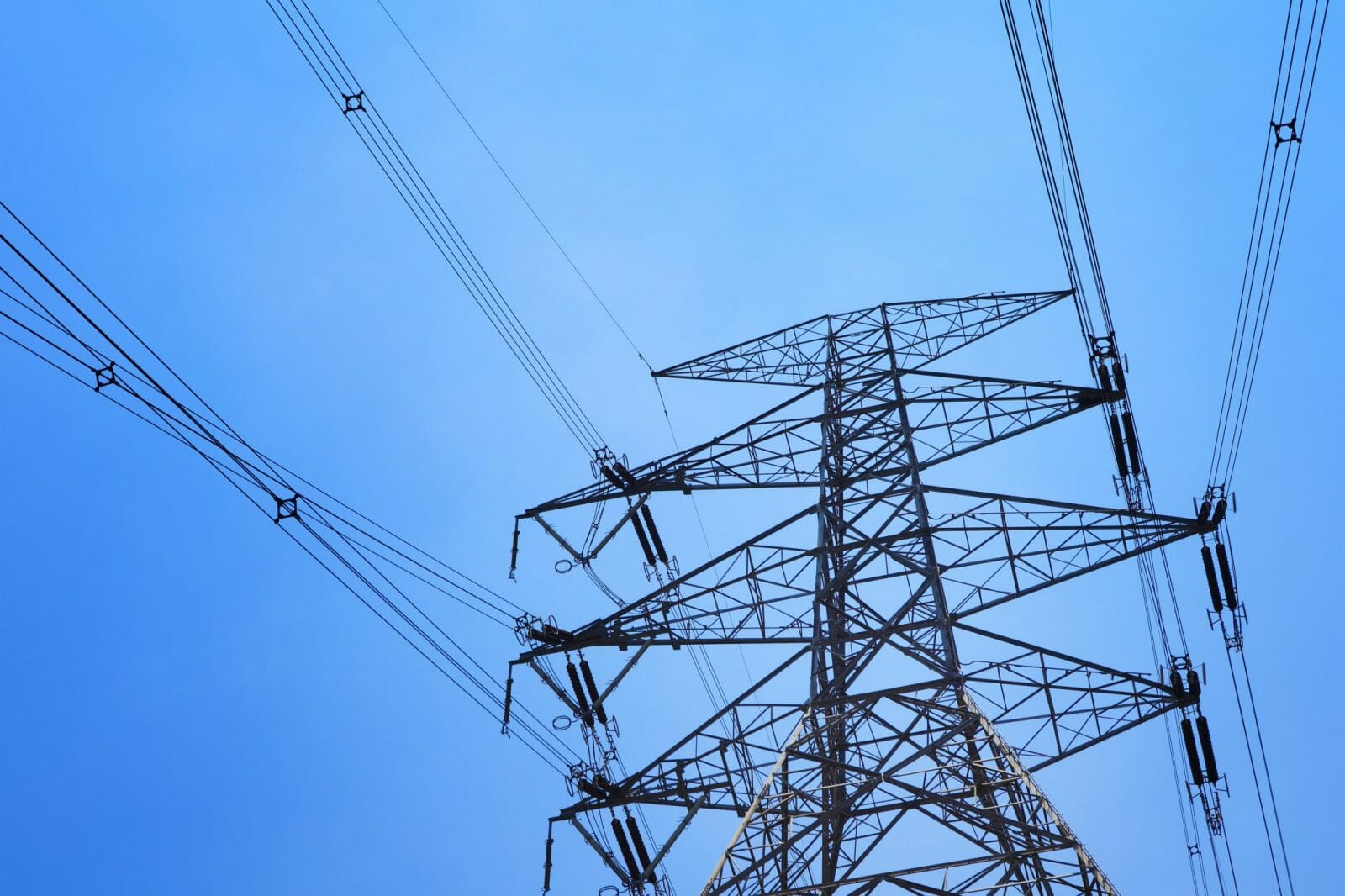
Assuring continued power system reliability is a complex undertaking for utilities. Balancing the demands of system changes and regulatory compliance is an essential strategy for optimizing ongoing operations. Given the wide range of NERC standard families that require simultaneous data management for compliance, data integrity, data flow and data verification are critical for avoiding violations that can impact electric service to customers and communities.

NERC’s 2019 ERO Reliability Risk Priorities Report identified and prioritized the major risks facing the utility industry with a particular focus on security issues.
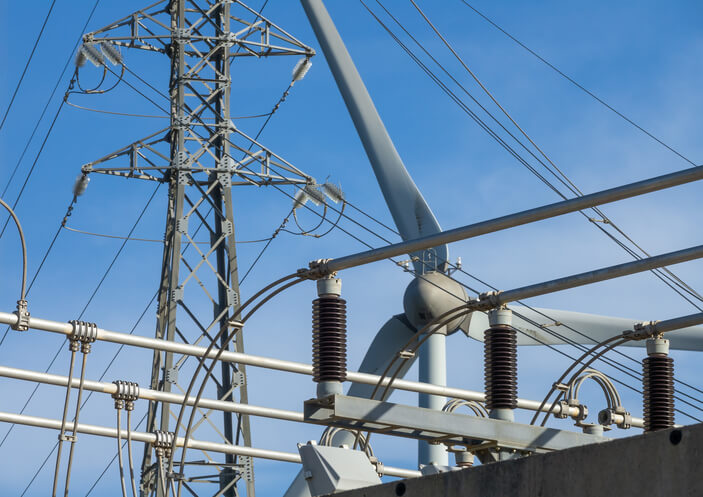
Looking ahead to the many changes coming to North America’s Bulk Power System (BPS), NERC’s 2019 ERO Reliability Risk Priorities Report highlights the top issues requiring industry and regulatory attention and recommends actions for the ongoing protection of BPS reliability.
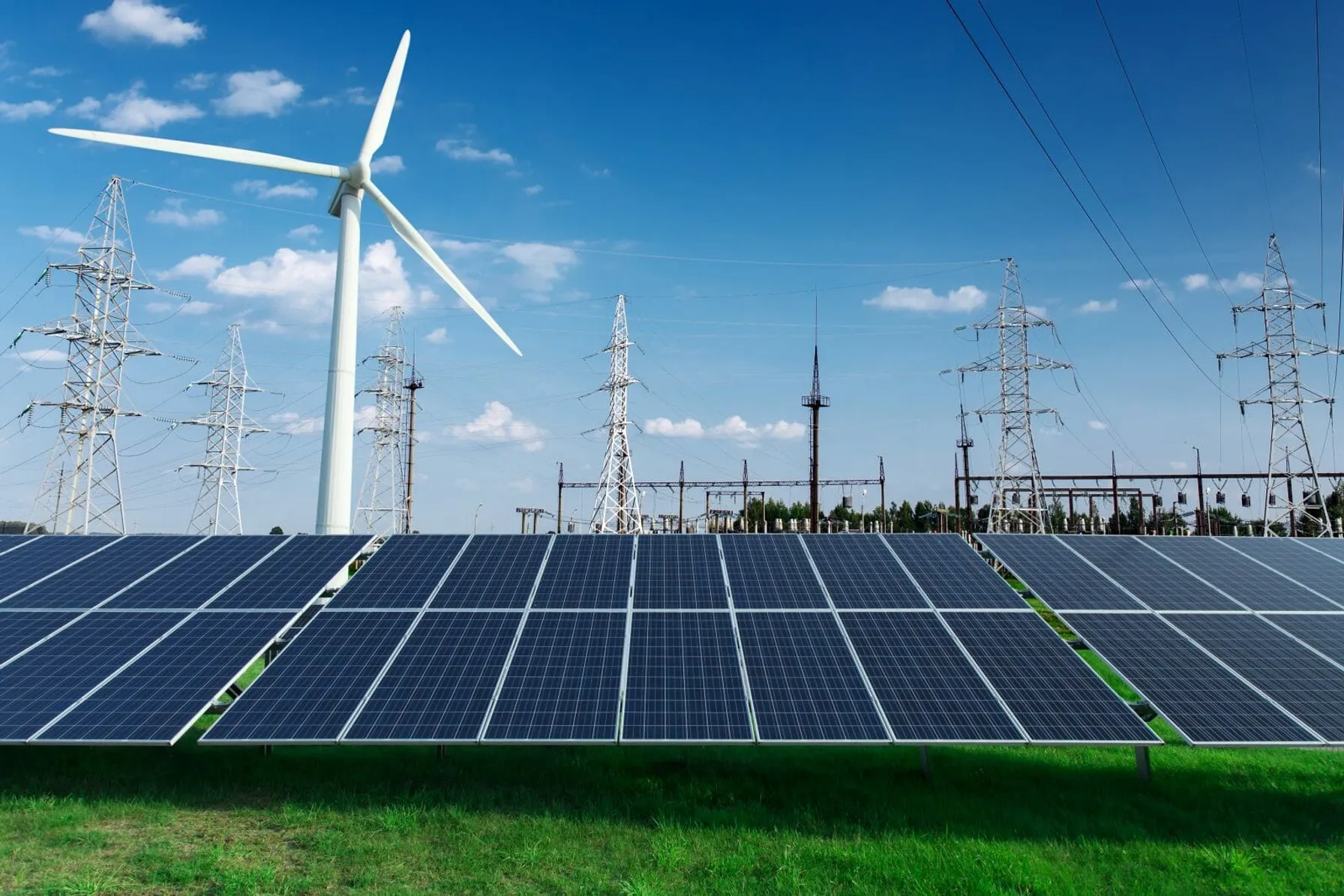
Two Standards Authorization Requests currently being debated in the NERC stakeholder engagement process could help clarify PRC standards obligations for generator owners and operators.

Au cours de la dernière décennie, les services publics ont adopté l’intégration informatique / OT – mais n’ont fait qu’effleurer la surface de ce qui peut être réalisé.
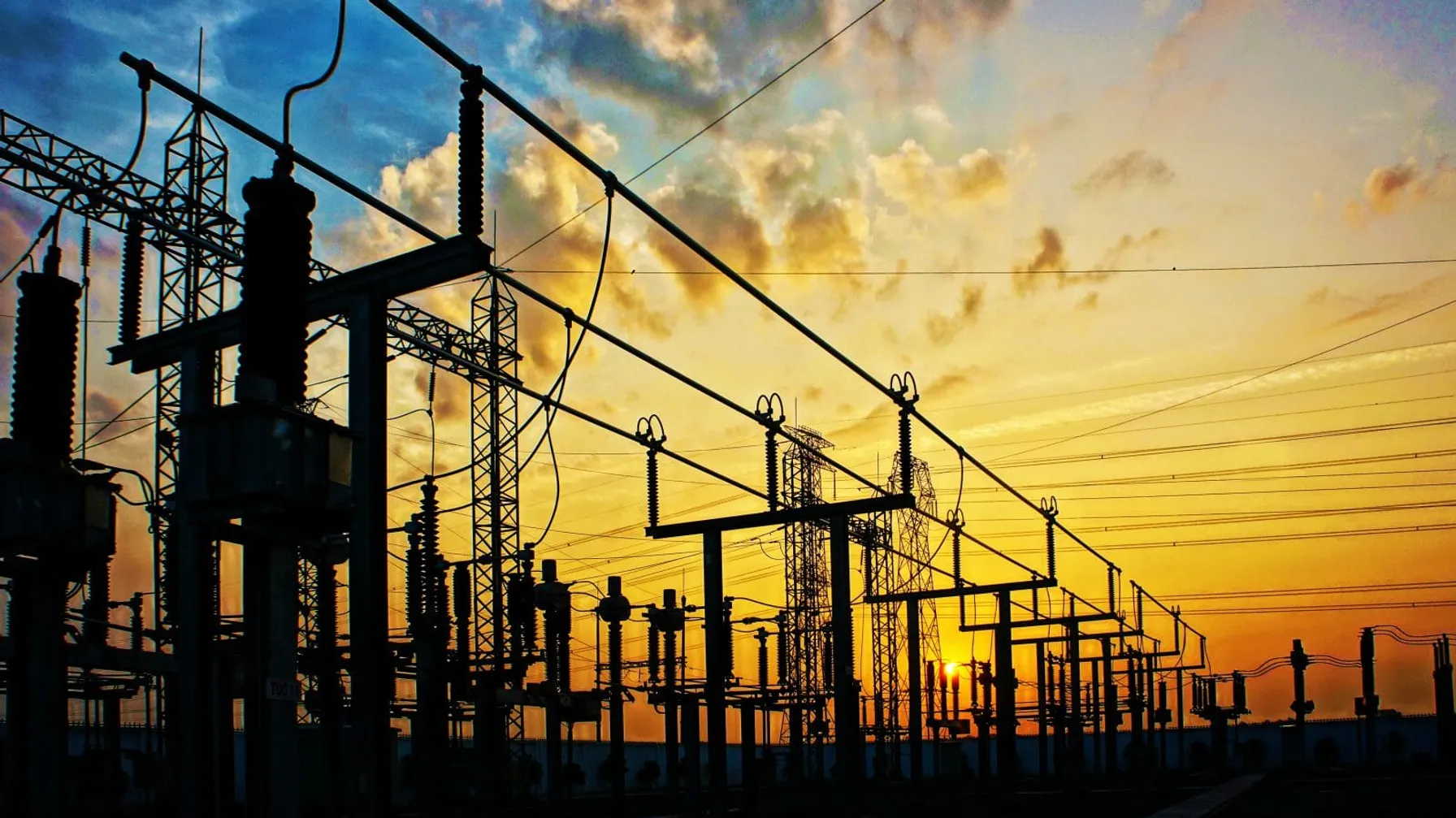
TRC announced today that it has acquired the Testing and Commissioning Field Services Division of EC Source, a nationally recognized engineering, procurement and construction provider.

TRC’s partnership with Opus One will enable utilities to seamlessly plan, build and manage the grid of tomorrow.

TRC is partnering with Opus One Solutions to help utilities to seamlessly plan, build and manage the grid of tomorrow.
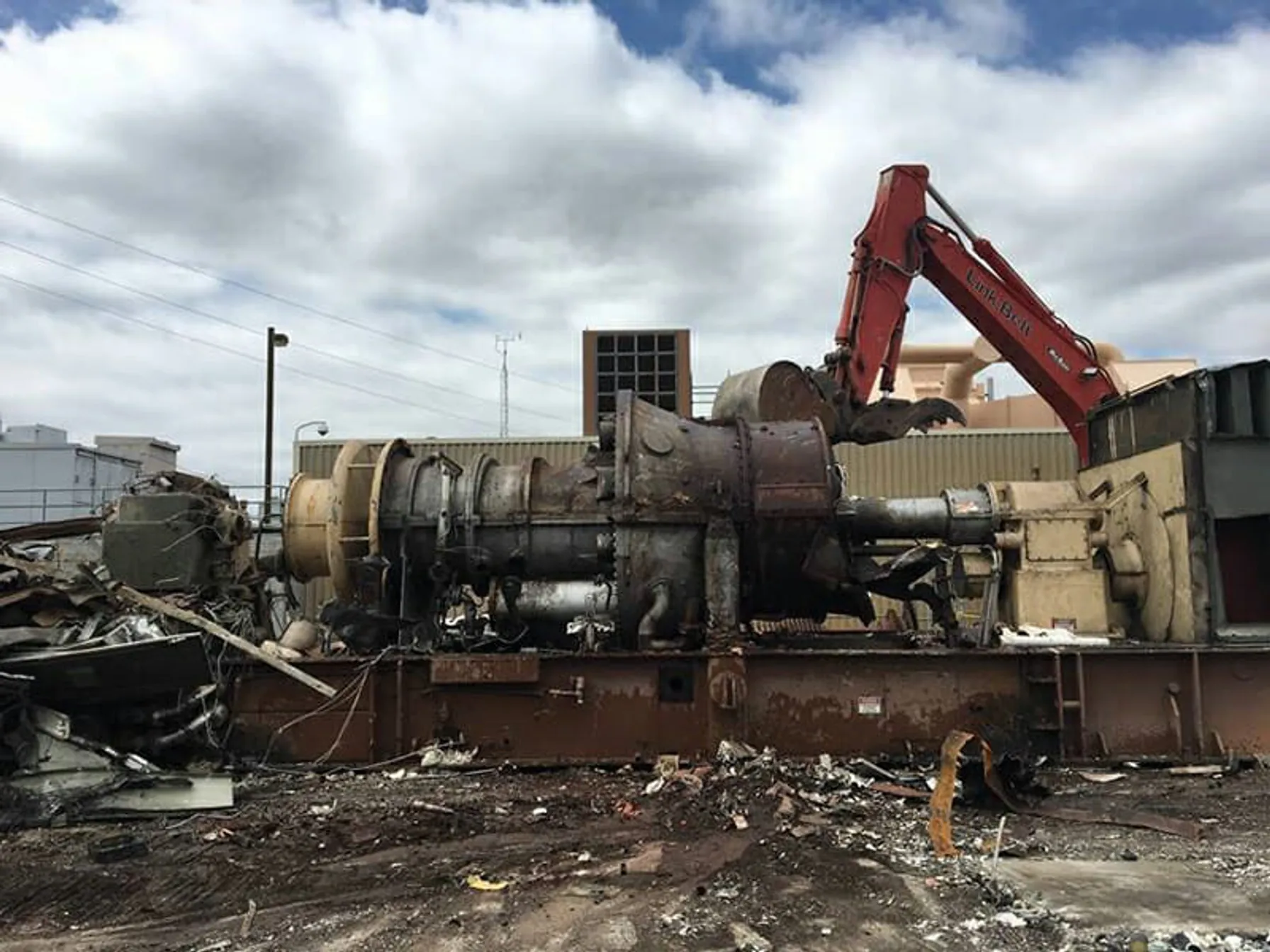
On February 27, 2019, the New York State Department of Environmental Conservation (NYSDEC) released a proposed rulemaking limiting nitrogen oxide (NOx) emissions from existing simple cycle and regenerative peaking combustion turbines with a nameplate capacity of 15 megawatts (MW) or greater during the ozone season (May 1 – October 31).

Oregon embarks on a bold initiative to reduce energy costs among low income residents with the help of TRC.
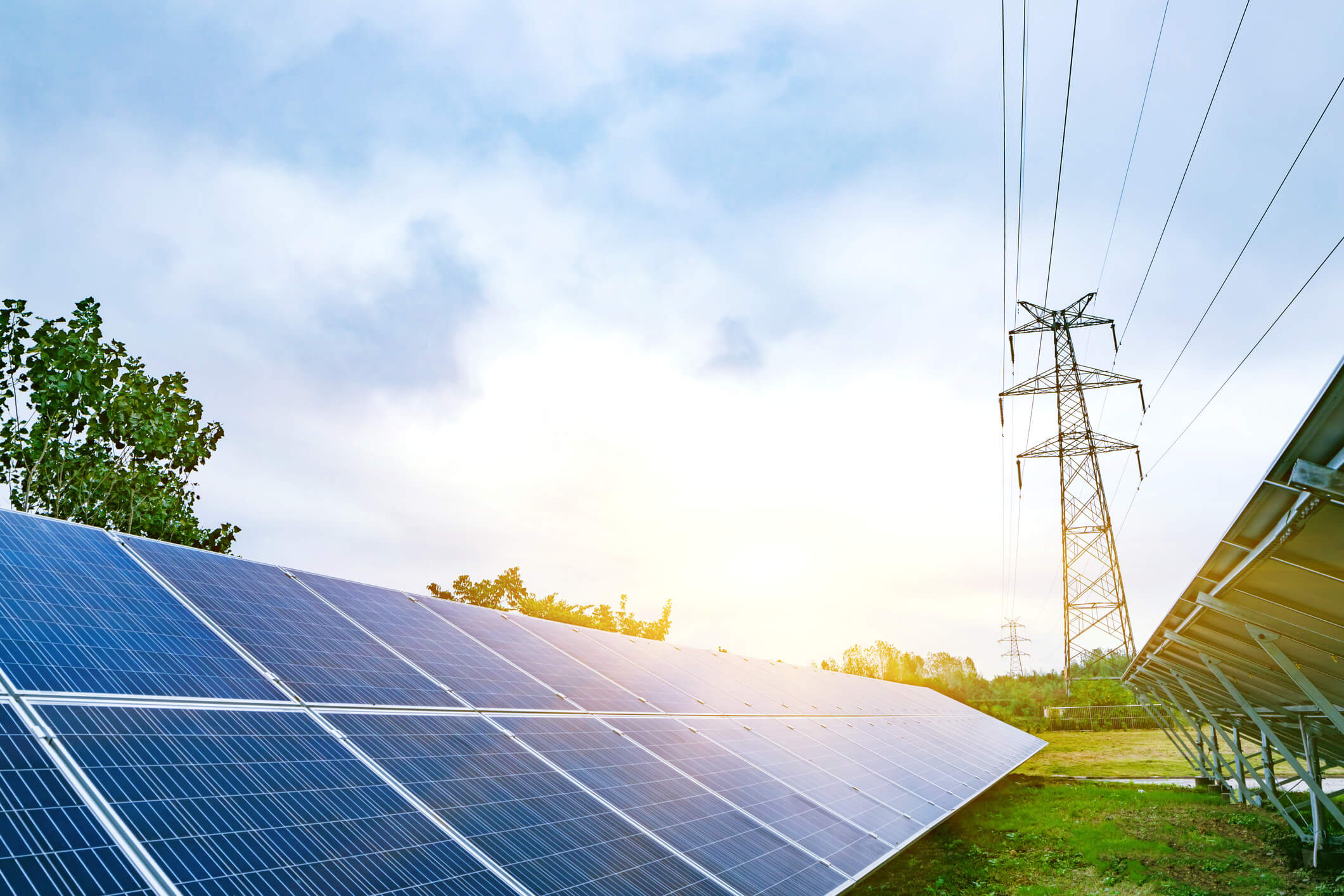
Renewable energy systems have dramatically changed the power generation resource mix. These new generation technologies no longer involve directly coupled rotating generators which were once standard in the industry. Now, inverters that change Direct Current (DC) electricity to the Alternating Current (AC) electricity suitable for delivery via AC transmission systems are becoming more prevalent, raising reliability…
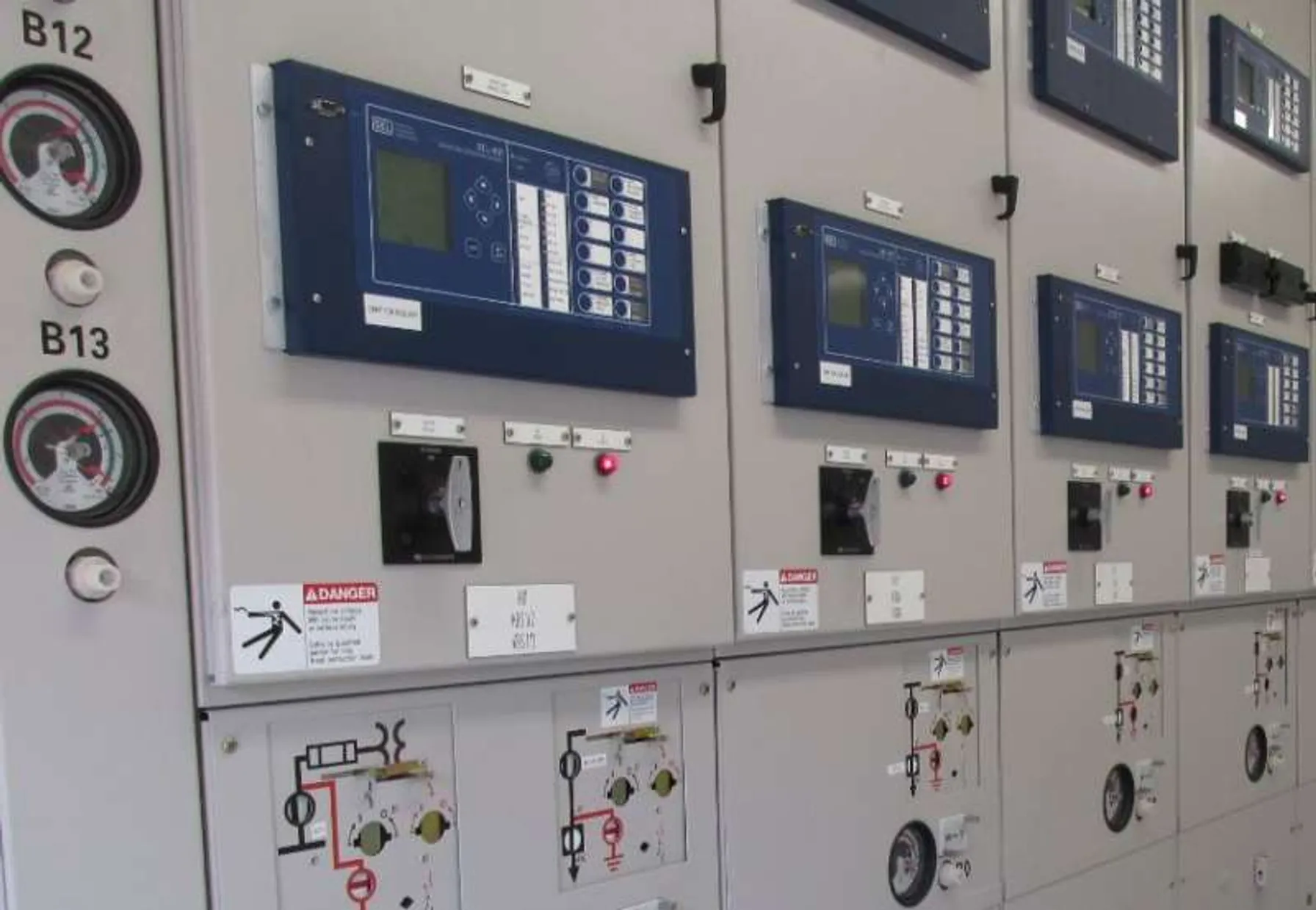
In 2017 Oregon Governor Kate Brown took bold action by directing state agencies to chart a 10-year course towards greater energy efficiency in affordable housing to help remove the energy burden on low-income communities. This initiative took flight under the direction of the Oregon Housing and Community Services, the Oregon Public Utility Commission and the Oregon Department of Energy, which created the newly released Ten-Year Plan: Reducing the Energy Burden in Oregon Affordable Housing. Last summer, OHCS hired TRC to assist in the development of these two deliverables. As the Project Lead, I was given the opportunity to experience first-hand both the excitement and challenges of this initiative. After almost 15 years working on low-income energy efficiency programs, this project allowed me to view this familiar topic through a new lens. Instead of designing a building-level incentive program, I was focused on the low-income population – the actual people living with energy challenges – and evaluating how efficiency could help to reduce their economic, health and housing burdens. One of my first discoveries was an analysis of the energy burden gap of the low-income population in Oregon that showed the difference between a typical low-income household’s actual energy costs and an affordable energy cost (6 percent of the household’s income) is significant – and totaled $345 million statewide in 2017. (Nationwide, that gap is over $47 billion per year.) Despite my surprise at the size of this gap, I still wasn’t prepared for what we found next.

This month, NERC released the first draft of its 2019 Compliance Monitoring and Enforcement Plan (CMEP) which identifies power delivery system risks and outlines compliance audit requirements for next year. The risk elements outlined in the plan include significant differences from previous years, as shown in the table below. Each NERC region must consider these risks as they develop their monitoring and audit scopes for utilities. Utilities should be prepared to be audited and implement any necessary compliance initiatives in these areas.

What will the grid of the future look like? Where are scientists and engineers breaking new ground to push energy efficiency even further? Join TRC at ACEEE Summer Study to find out.

A recently published NERC report concludes that as reliance on natural gas to meet electric generation requirements increases, additional planning and operational measures must be considered to mitigate power system reliability risks.

NERC has filed mandatory standard CIP-013-1 for supply chain risk management, requiring controls to mitigate cyber threats and their impact to the reliable operation of the Bulk Electric System.
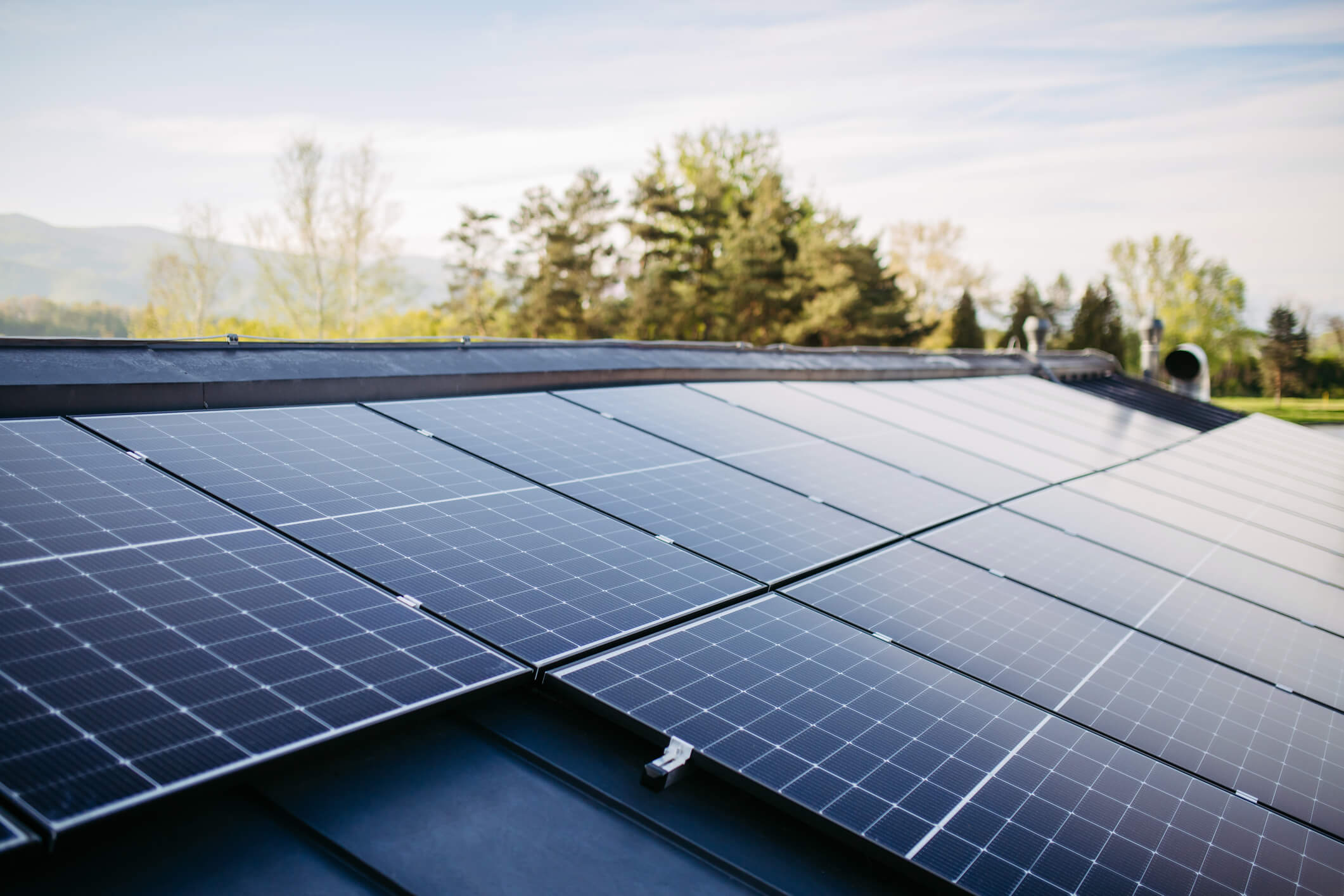
NERC has released a report documenting its findings and recommendations related to reliability risks from utility scale solar generation projects with implications for PRC-024 compliance, as well as generation, interconnection and protection system technologies.
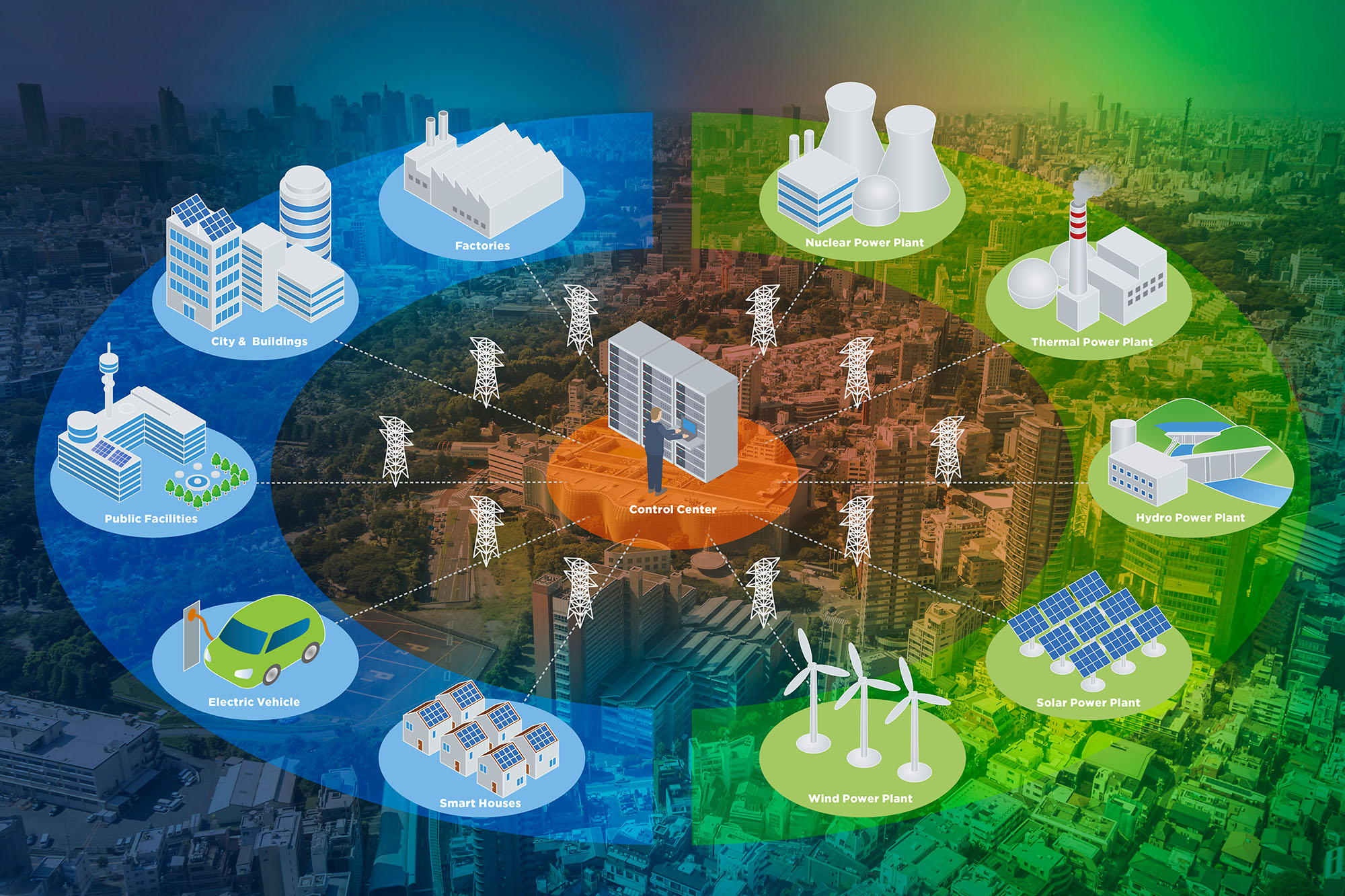
TRC is proud to support Huntington, NY bolster power reliability and climate-change resiliency with a sophisticated new “community microgrid’’ combining solar energy, a fuel cell, biogas and traditional natural gas to deliver electricity and heat to local customers and institutions.
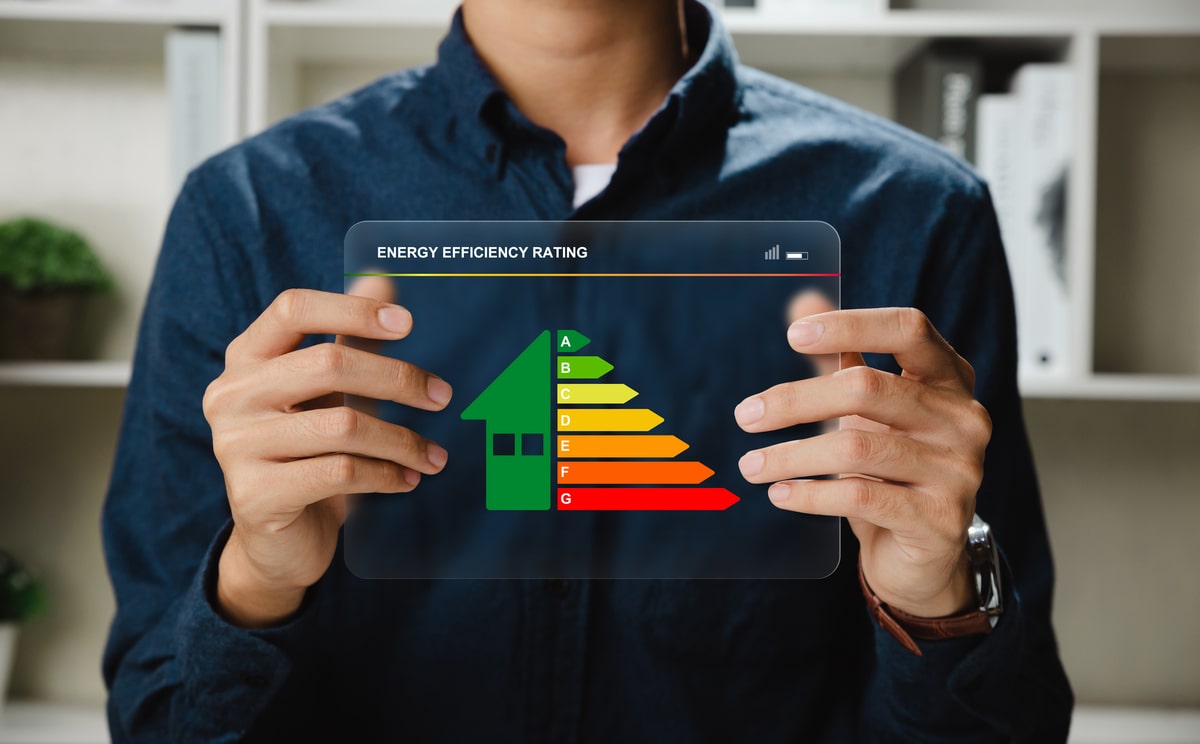
Amid all the changes in the energy industry in 2017, one of the most interesting and complex is playing out in California and New York as those states begin to re-think how best to value and purchase energy efficiency. As TRC’s Carmen Henrikson and Bob Callender explain in this TRC article, the era of paying…

Growth in solar power creates challenges for both project proponents and utilities. TRC has reviewed hundreds of interconnection applications for utility partners, and we’ve learned important strategies for reducing the time and costs associated with interconnecting projects 1 megawatt or greater.
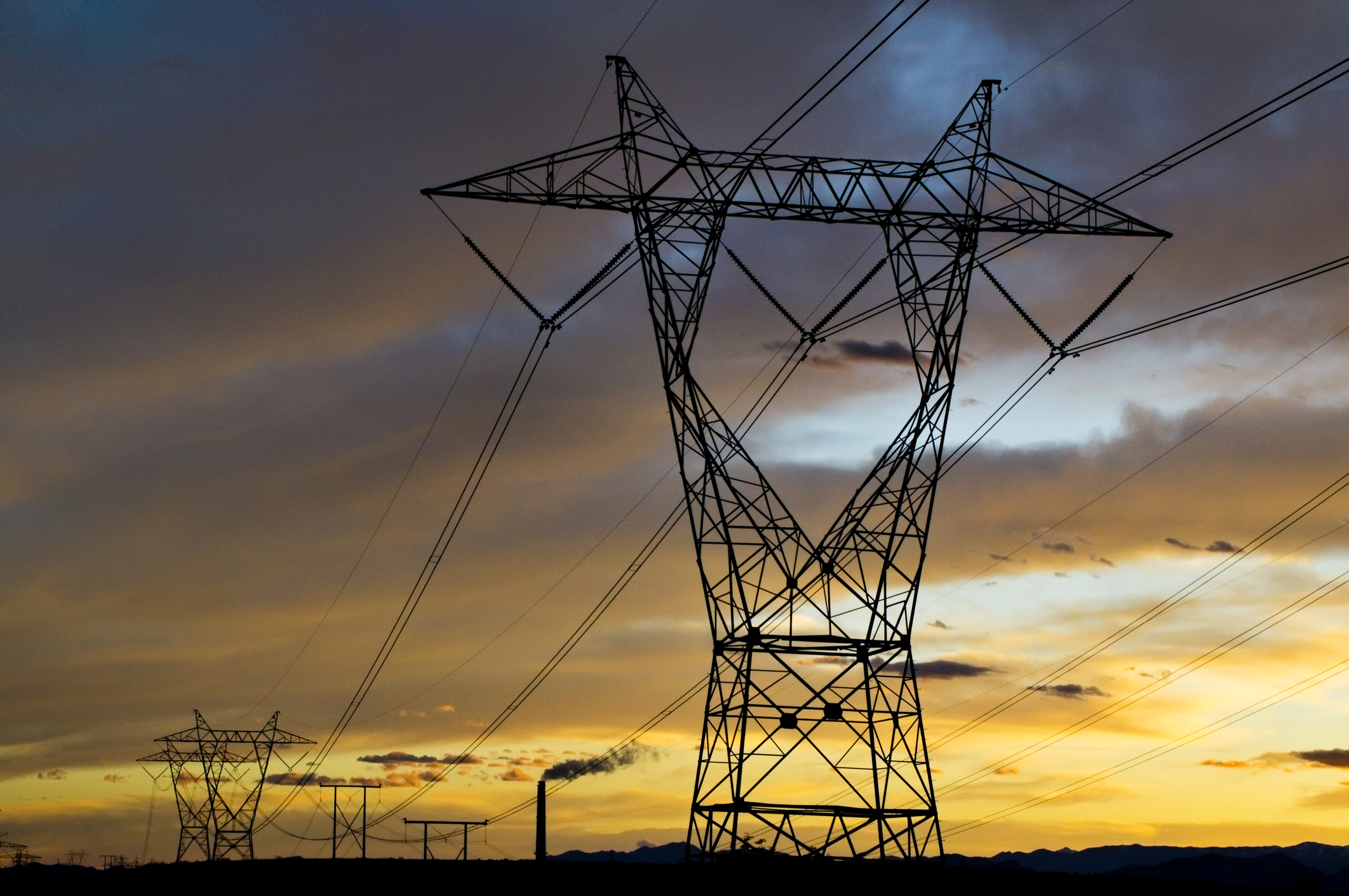
The approval of NERC Standard PRC-005-2 extends protection system maintenance obligations to Generators and crates one comprehensive standard establishing minimum maintenance activities and maximum time intervals for protection systems and load shedding equipment affecting the bulk electric system.

TRC Companies has acquired Georgia-based Utility Support Systems, Inc. , a professional engineering company primarily supporting the power/utility market.

